We crossed the footbridge at Newport railway station, over the West Anglia Main Line between Elsenham and Audley End, forty miles north along the route from London Liverpool Street to Cambridge. The track was quiet, the train had just disappeared and taken all the noise and commotion with it. We were left with a few bubbles of birdsong in its wake.
We followed them into the street and set out along Chalk Farm Lane. One foot in front of the other, that old chestnut, kicking it along the road. It’s a sunken lane to a field path to a farm track to a long way around. Be warned, this one does go on a bit. I hope you’re wearing good walking shoes.
Dog rose leaf gall, commonly known as Robin’s pincushion.
A great spreading walnut tree.
Bryony beads & sloes
The road leads us to the gates of Newport quarry, a giant chalk pit where the rock is extracted, pulverised and milled to produce lime, to be spread on the fields to recondition soil denatured by the use of too much fertiliser.
Seen from above, we’re walking the path along the top.
Beyond the quarry the path is less travelled.
We climb to the top of the lane through a tunnel of elder and hawthorn overgrown with ivy, brambles, traveller’s joy and a deep border of nettles.
To be released into wide open fields where the sky sings with the larks.
Blackberries and old man’s beard
Blackthorn and lichen
At Waldegraves Farm dogs come running to greet us.
And where the path forks into two, we take a third way to the right, over a field of sticky clay to a footbridge and beyond to the village of Widdington.
Sunflower
Fence wire
Bryony display
Mushroom soufflé
A flint figurine (Henry Moore)
Blue in green (Miles Davis)
I think these are flax flowers. A few miles further and we walked alongside another field of flax, but those flowers had become seedpods. They can be pressed to make linseed oil and the stalks can be processed to weave linen.
Apple pie
The field path brings us to St Mary’s Parish Church and a shortcut through the graveyard, but the building itself is closed due to COVID-19 restrictions.
An arc within an arc is equal to a hug.
The village sign shows the church next to Widdington Barn, the real reason for this pilgrimage, but would it still be open? And where was it? The first way was labelled Private Keep Out. It took a bit of finding but it was worth it.
It was off the road in the yard of Priors Hall Farm, and initially seemed to be just one of the many outbuildings. But it was open and it was magnificent.
It’s a forest of timbers, a cathedral of wood, said to have taken 400 oaks in its construction. And not only was it open, but there was no-one else, just us, blessed by its simple handbuilt togetherness. We had it all to ourselves.
So here we go, tread softly, mindful of plain song and balafon music, it’s all stripped back and minimal. We’re inside an echo chamber of wooden keys and woodwind, a rhythmic pulse of resonant harmonics, trills, glissandos, chants, drones and a choir of beams buzzing like a hive. But in a silent way.
Prior’s Hall Barn is one of the finest surviving medieval barns in the east of England. In an age when timber was plentiful, and a great barn epitomised the prosperity of a landowner, it provided scope for the craft of the carpenter on a scale otherwise found only in medieval great halls and church roofs.
And replica joints to play with.
Flint and mortar footings surviving from the earliest period of construction can be seen in this bay. Elsewhere they have been replaced with bricks of the 18th century and later periods.
I raise my camera to the roof then slowly lower it to the floor.
At the bottom of each of the small doors is a cat door and in the apex of the gables is an owl hole (see roof photo above), both for controlling vermin.
This walk was another suggestion by Christopher Somerville. Here is what he wrote about Prior’s Hall Barn:
This magnificent medieval barn forms part of a working farmyard. Other, lesser buildings stand nearby, so its full effect only hits home when you are standing inside this ‘Cathedral of the Harvest’, with its almost cathedral-like proportions: 124 feet (33m) long and 38 feet (11.5m) high. At one end stands the old raised threshing stage, its planking full of gaps. Gnarled oak timbers soar into the shadowy roof, to sprout side-shoots and curved supporting arms. Prior’s Hall Barn is a north-west Essex aisled barn of crown post and collar purlin construction, say the architects. It was long thought to be of late 14th-century date; but dendrochronology (dating of its timbers) and the records of New College, Oxford, who originally ordered its construction on what was one of their Essex estates, have fixed it pretty firmly to 1440-42.
New College sold the barn to the Prior’s Hall farmer in 1920. Up until 1976 it was still used for storing grain and straw, and must have been a splendid sight when full to the rafters. It had to be re-roofed during its restoration in 1977-83 using acres of red Sussex tiles. The original structure consumed 400 oaks, and it may not be too fanciful to say that there is something green and forest-like attached to this great barn’s atmosphere.
Christopher Somerville: Walks in the Country Near London
Prior’s Hall Barn, Widdington c.1940
a watercolour by Hercules Enslin du Plessis
V&A Collections
Prior’s Hall Barn | English Heritage
We backtracked through the village, past the Fleur de Lys – in normal times perhaps a welcome halfway house – but sadly today it was closed.
Along the High Street and up Cornells Lane beneath overhanging trees then through the hedge and diagonally across a field beside a solitary ancient oak to Mole Hall Lane, past Swayne’s Hall and Mole Hall Farm and eventually the entrance to a green lane. There are fingerposts to point the way.
A green tunnel invitation.
Ash and oak, bramble and hazel, cover for creatures who shelter between fields. They rustle and flutter as we pass, and for a moment I imagine myself small enough to join them, crawling, climbing, finding, building, hiding from passers-by. A quick dream of life, instinctive and automatic.
We emerge on the edge of a field with a view of a distant tower.
The hedgerows are heavy with blackberries,
rosehips,
sloes,
old man’s beard.
Pylon girder gall commonly known as Tatlin’s Tower.
Field-edge blues and greens.
Another embryonic Henry Moore sculpture.
And another green lane. But darker.
So we dive in.
And this time we shrink to the size of wild field-edge creatures running for cover. Home is where the hedge is. Green mantle and a bramble curtain.
Mind how you go
Watch yourself
A shuffle and a sideways limbo
And later, when I look more closely at the map, I discover the River Cam begins its journey, to Cambridge and beyond, at a spring on the far side of the next field from here. Burdock and flax spring from the same source.
A fair field full of flax, gone to seed, but how blue it must once have been.
We make a right-angle turn, sharp left, and descend into another greenway, vestigial remnant of a once widespread network of cross-country sunken lanes secretly connecting safehouses and hidey-holes under cover of hidden hedgepaths and holloways. It started out as a deer track through the primeval forest. Now it is Sampson’s Lane heading north towards Debden.
To walk this path is to time travel through an ancient document.
But that’s not really what I mean. Words get in the way.
It’s rubbing my nose in history, scenting my way back home.
This feels like home even though I’ve never set foot here before.
It’s where I want to be
The less we say about it the better
Make it up as we go along
Feet on the ground, head in the sky, it’s OK I know nothing’s wrong…
Down to Rook End Lane and over the road where there’s a sudden loud laughing sound. A pair of disturbed green woodpeckers go undulating and ululating up the field, in short flights hopping from tree to telegraph post, playing peekaboo as they go. I take lots of photos but they’re all rubbish.
Then this photo appeared on my Twitter timeline shortly afterwards.
The woodpeckers disappear into a network of branches,
and then look, there’s Tatlin’s Tower back again.
Distant smoke rising above the trees signals our route ahead.
In Debden there are geese on a thatched roof.
We turn left down a lane and into the churchyard of another St Mary’s.
Over the fence stands a great spreading sycamore tree.
Up close its wide candelabra branches are like welcoming arms.
Along the path we pass by another great barn, this one built of bricks rather than 400 oak trees like Prior’s Hall Barn. It’s the former stables of Debden Hall, a Georgian country house that stood just north of here in landscaped parkland until it was demolished in 1936. But the park survives.
In 1939 what was described as Debden Park was offered for sale. It included The Home Farm, 125 acres with superior farmhouse, two cottages and commodious buildings. Agent’s House (3 recs. 5 beds.). Beautiful Park of 120 acres. 15 acre Lake. 2 Lodges. The Stables. 93 acres of woodland. Excellent coarse fishing. Capital Duck and Pheasant Shooting. The price: £6,000. That’s £17 per acre to include houses, lodges, et al.
Bruce Munro: Some Stately Homes of North-west Essex
We followed the carefully fenced footpath through the park.
Ripe mushrooms erupting all over, many like this one grazed by wasps.
There was a wide mushroom ring around this oak tree, and then slowly we realised it was buzzing with clouds of wasps, hard to see in this photo but they’re there, in and out of the leaves, busily feeding on something sweet.
The path brings us up onto the road midway between Newport and Debden, a short stretch without a footpath so we take a deep breath and keep to the right facing oncoming traffic. I go first with my ear to the ground, ready, at a moment’s notice, to throw my wife into the hedge at the approach of an unruly vehicle. Fortunately we arrive at the next path without incident.
To be welcomed by another great fairy ring of mushrooms.
And some inquisitive sheep.
Then water meadows and a ford but we stick to our side of the stream.
Four months later, drafting this post on the 29th December, and just as Sue is disappearing into the thickness of a blackthorn covert, I learn that it is 34 years since the death of Andrei Tarkovsky, the great Russian metaphysical filmmaker. The following photos now take on an enchanted quality, like frames from one of his films. Perhaps they should be in black and white with a Bach soundtrack slowly weaving its way through the undergrowth, following the stream, losing my wife, trying to keep up, getting lost.
Stop…
Look…
Wait…
Listen…
I’m swimming underwater and coming up for air…
…and down again, disoriented, but still enchanted.
And as I approach the end of the tunnel, the music swells,
and there she is (I should come in for a close-up) waiting just for me,
but nonchalantly pretending she’s looking at the burrs and the bees.
The Bach dissolves into the sounds of buzzing insects
and Tarkovsky closes in on an ancient oak with its feet in the water.
We awake as if from a dream, and leave the cinema. The stream, according to the map, is known as Debden Water and the path is called Bromley Lane.
As we approach the junction with Harcamlow Way, an undressed old lady jumps up out of the grass and walks towards us. She reminds me of a ground bird diverting attention from its nest, for as soon as we pass she returns to her place and settles back down on her travel blanket. I guess she comes here to dream too, a creature of the edgelands, guardian of the crossroads.
We cross the River Cam, over this little bridge, which is the gateway back into the everyday here and now of Newport where we started from.
Like all the other villages we passed through, Newport also has a St Mary’s Church, but we overlooked it, hidden away off the main street, and like all the others I’m sure it would’ve been closed today for safety’s sake. Next time we must call in. The guide book describes it as a treasure house.
So too is Monk’s Barn on the London Road, and Mary is here as well.
On the left you’ll find the 15th-century Monk’s Barn, with many oak studs filled in with herringbone-pattern brickwork. One projecting window has a carved beam, rather eroded by weather, on which you can make out a religious scene: the Coronation of the Virgin Mary. She sits grasping a sceptre with a curly-haired Jesus on her left hand, while angels hymn her from both sides with a pipe organ and a harp.
Christopher Somerville: Walks in the Country Near London
Then at last over the River Cam once more and away back home again.
※
Newport – Widdington – Debden


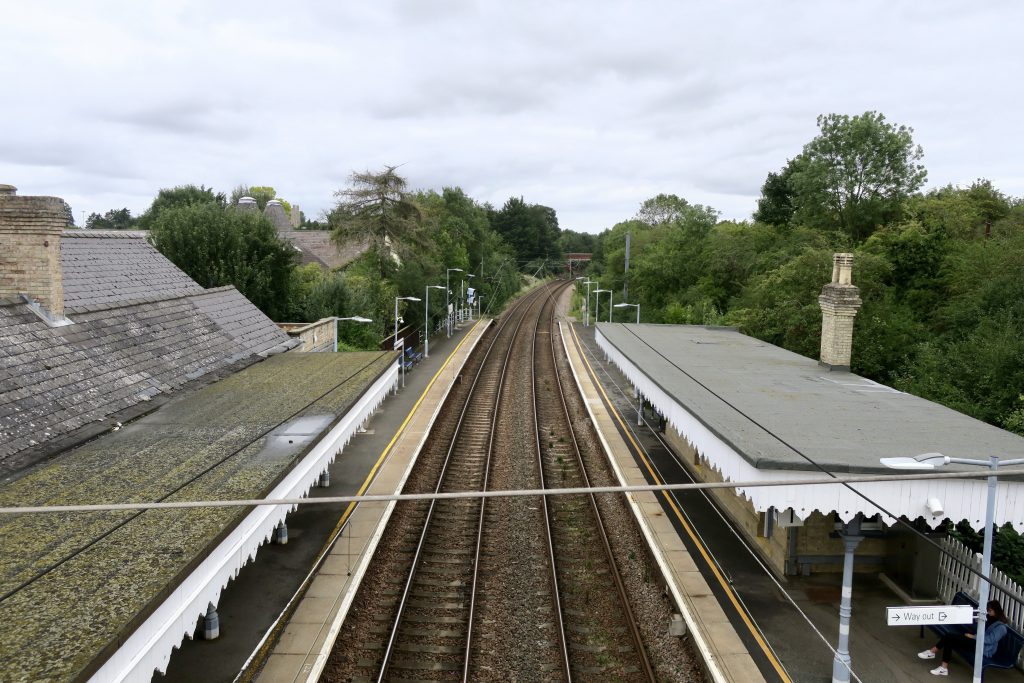
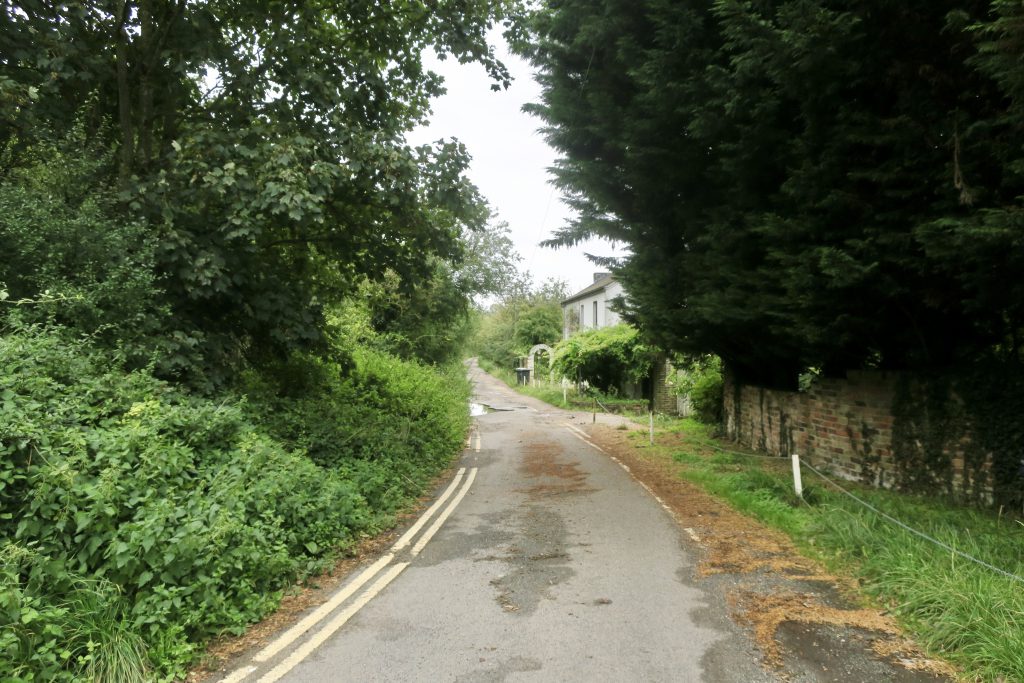
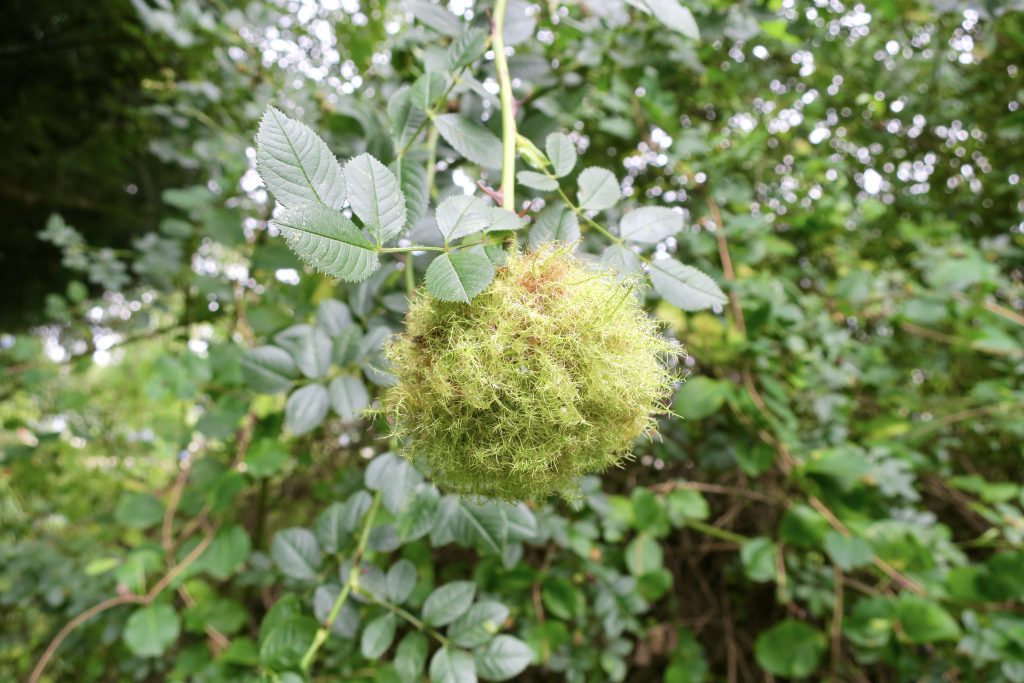
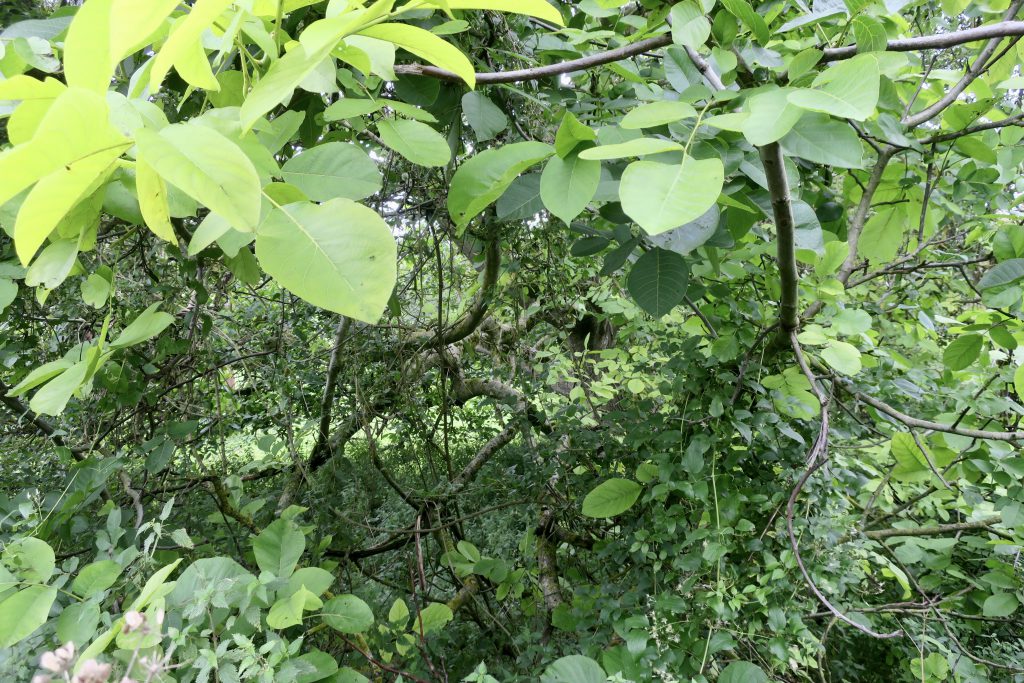
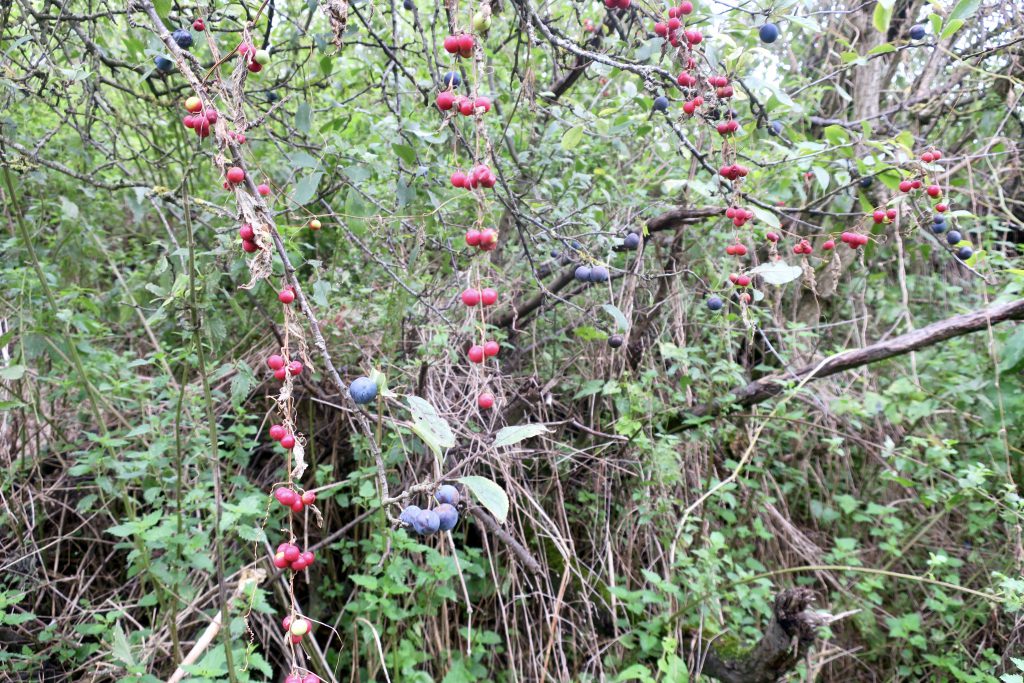
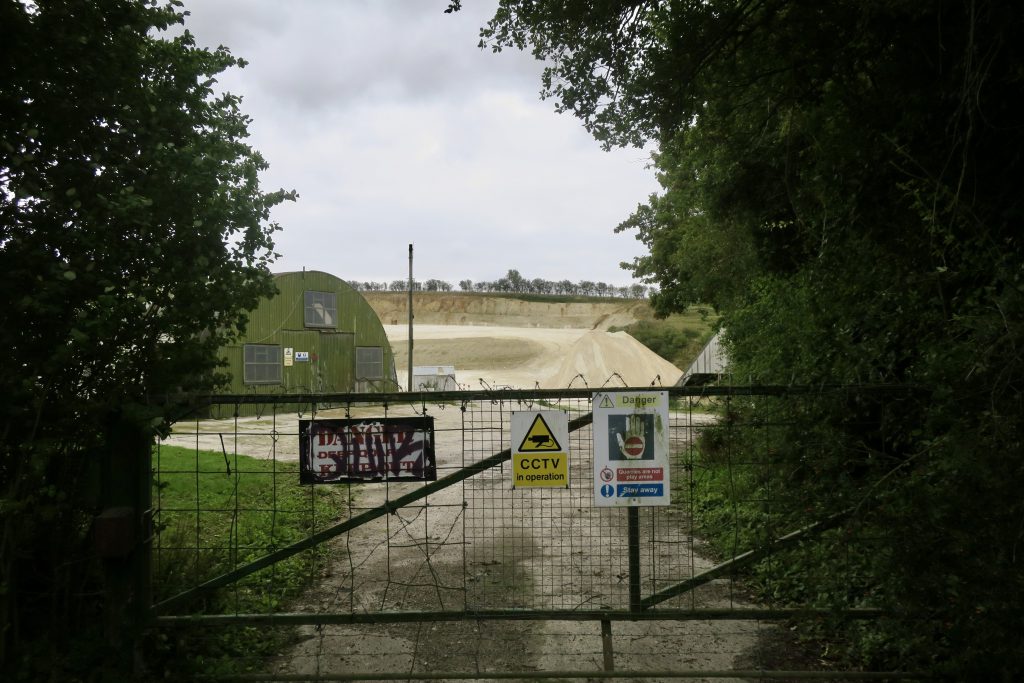
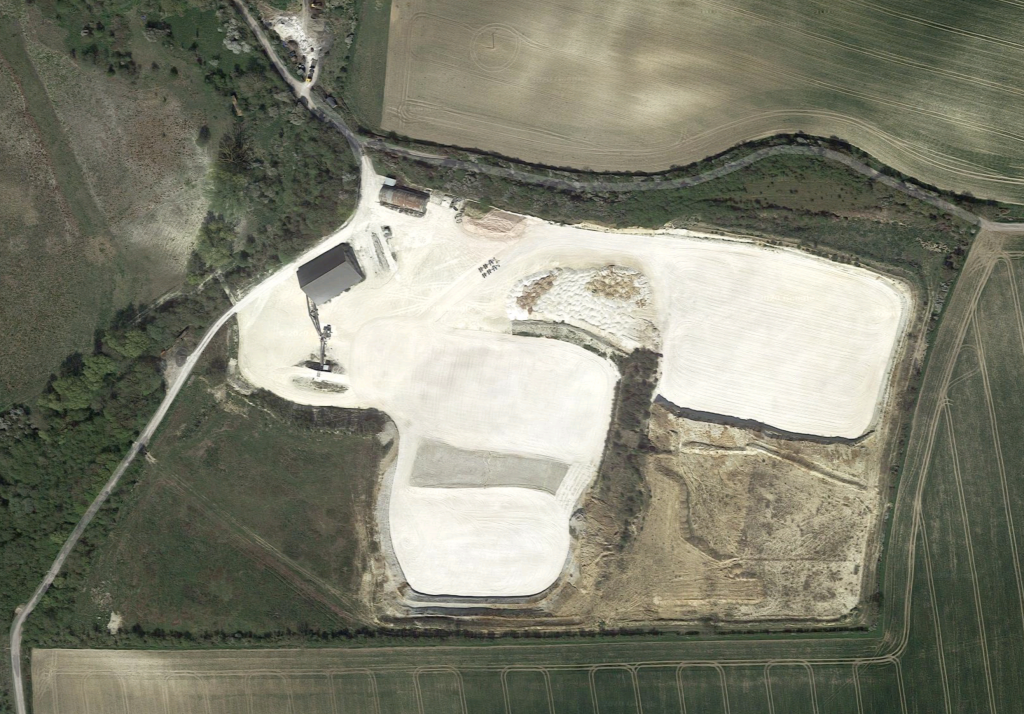

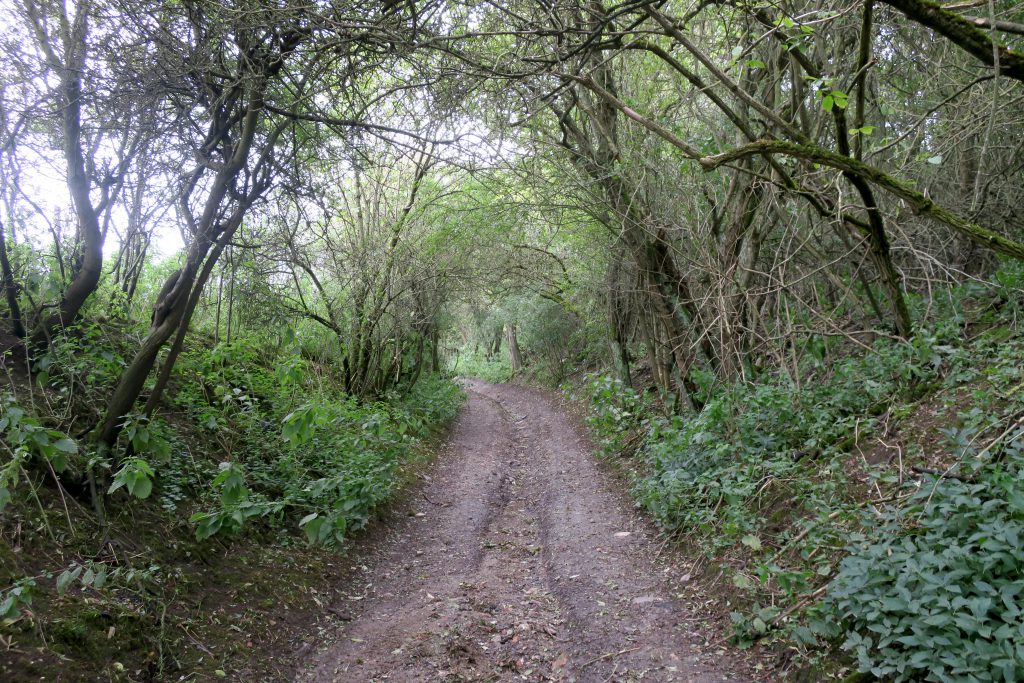
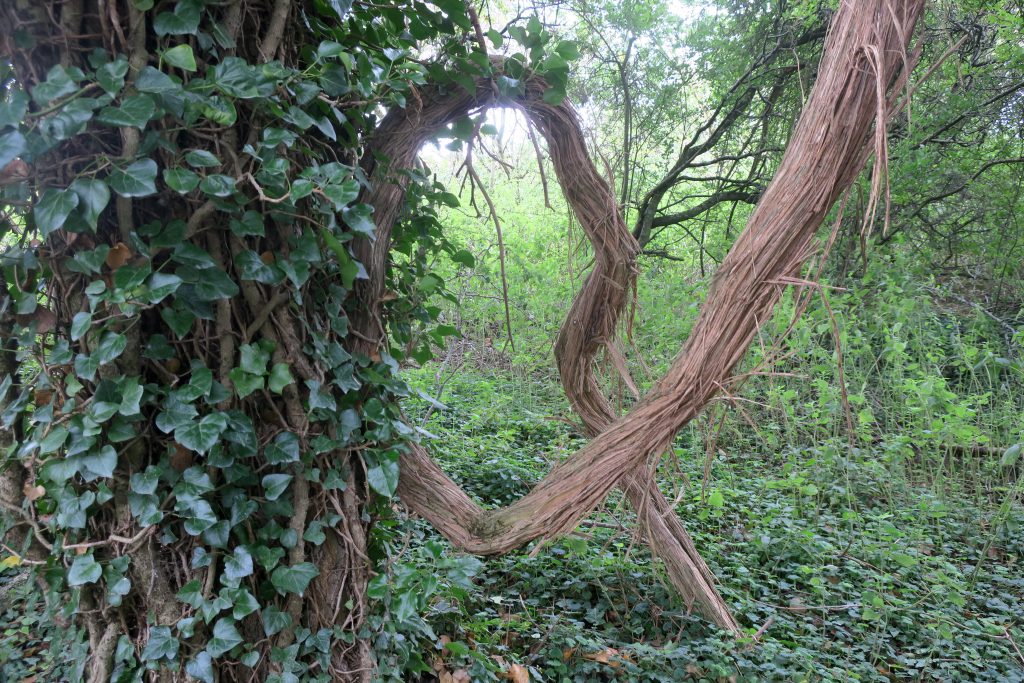
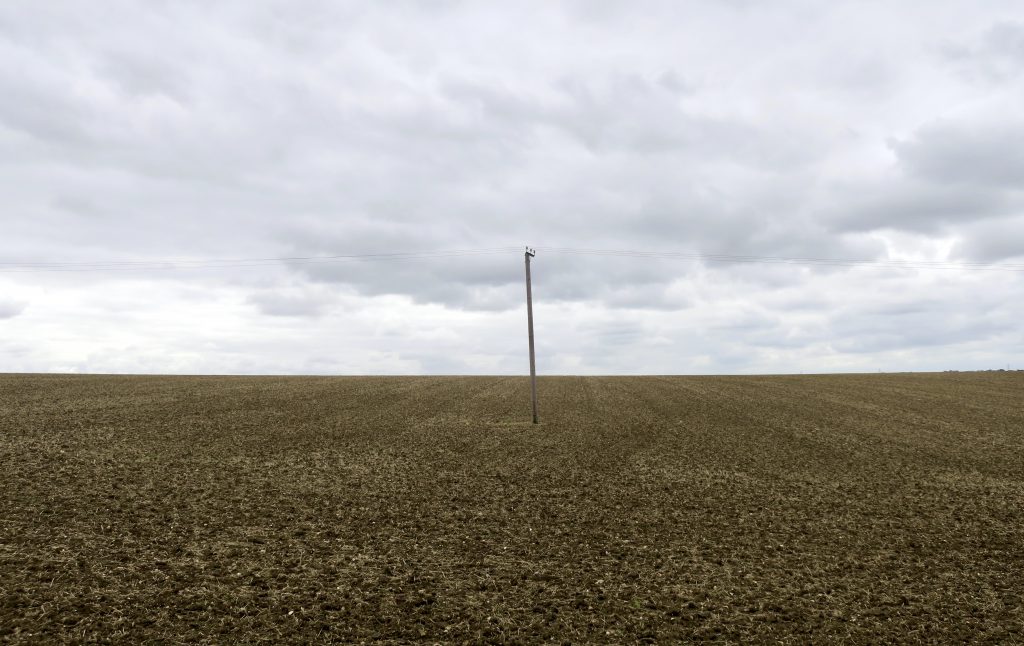
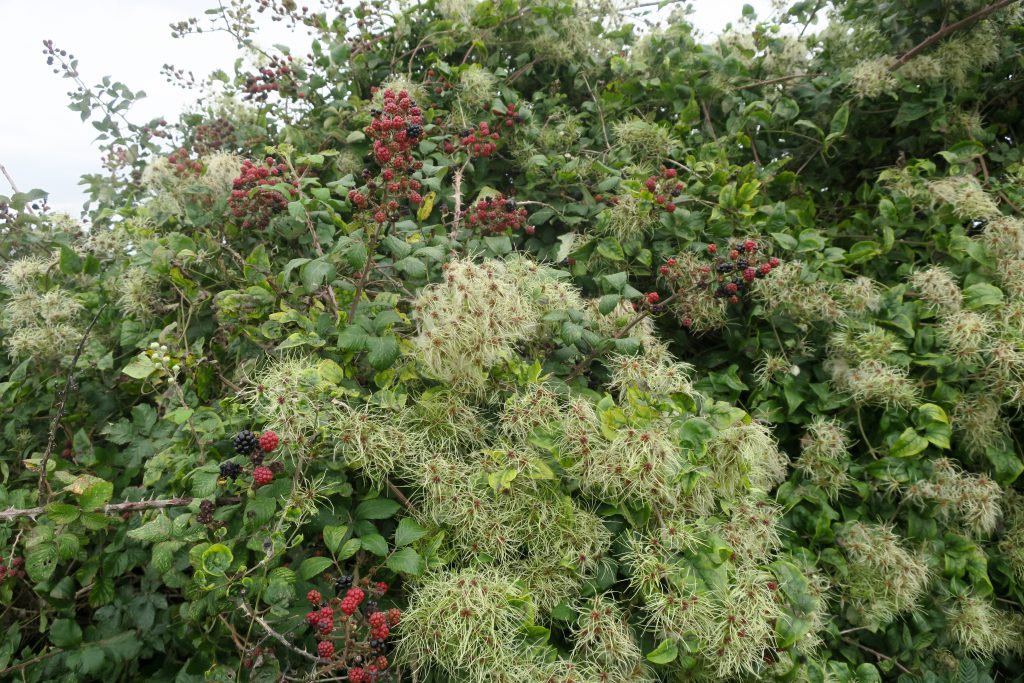

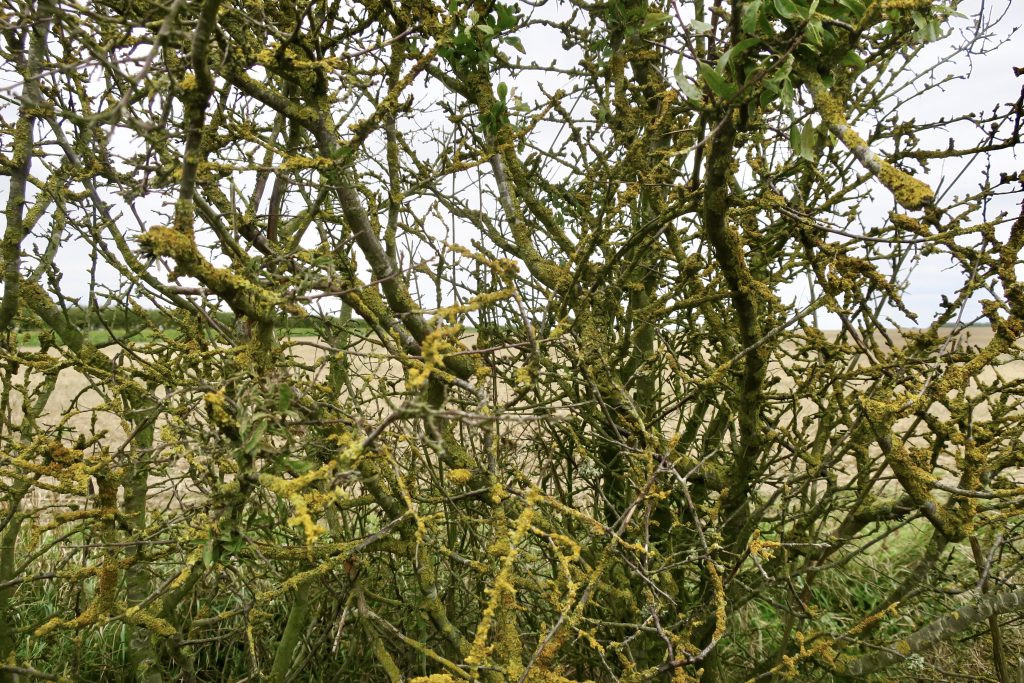

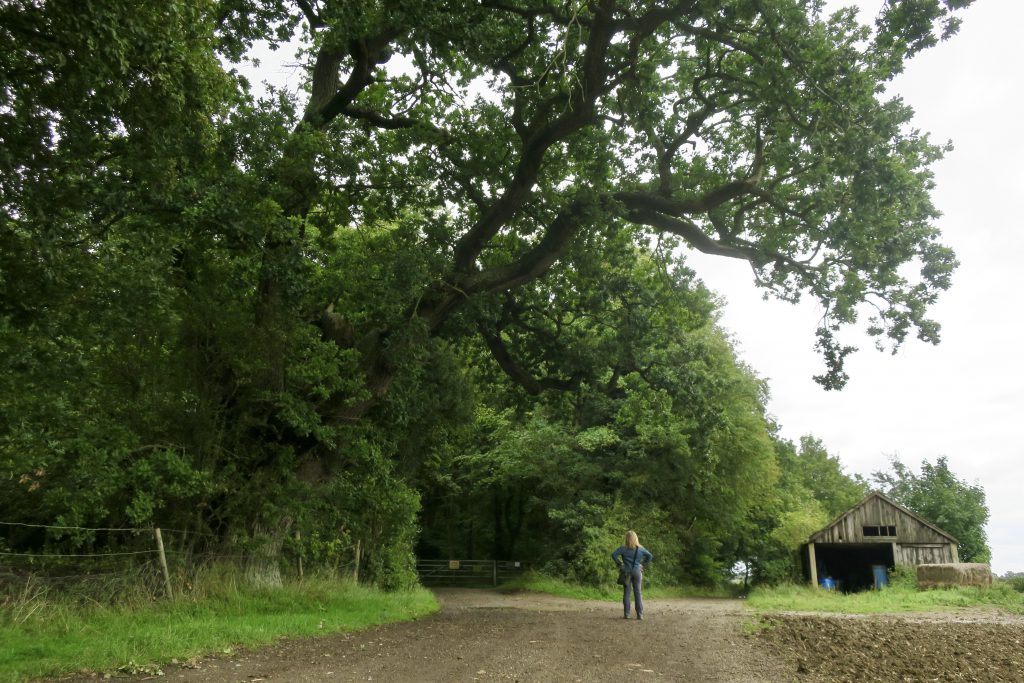
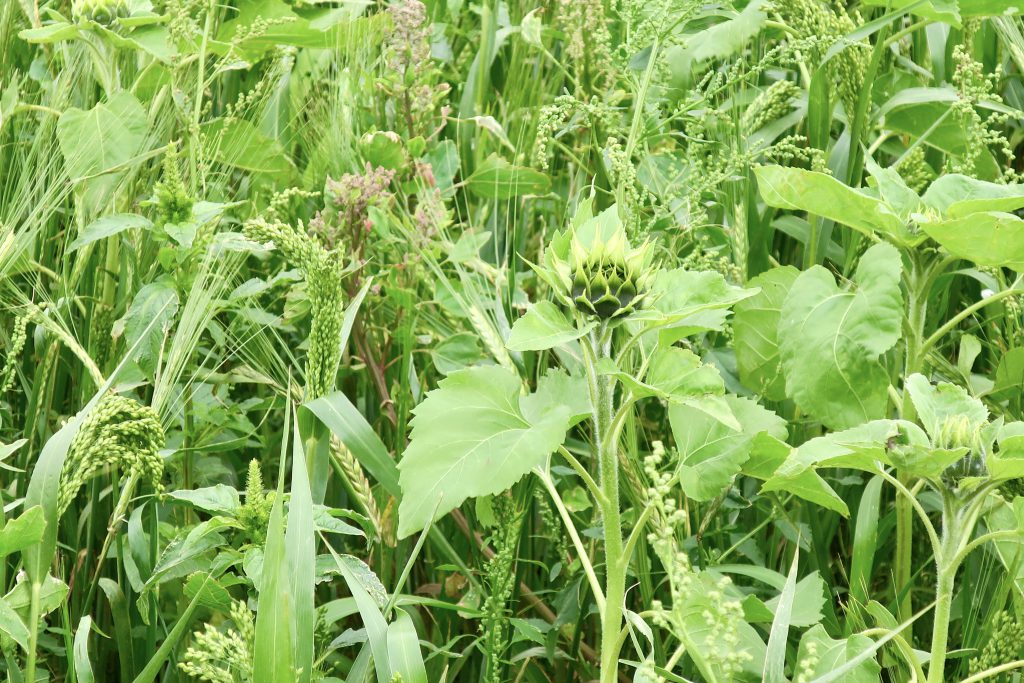
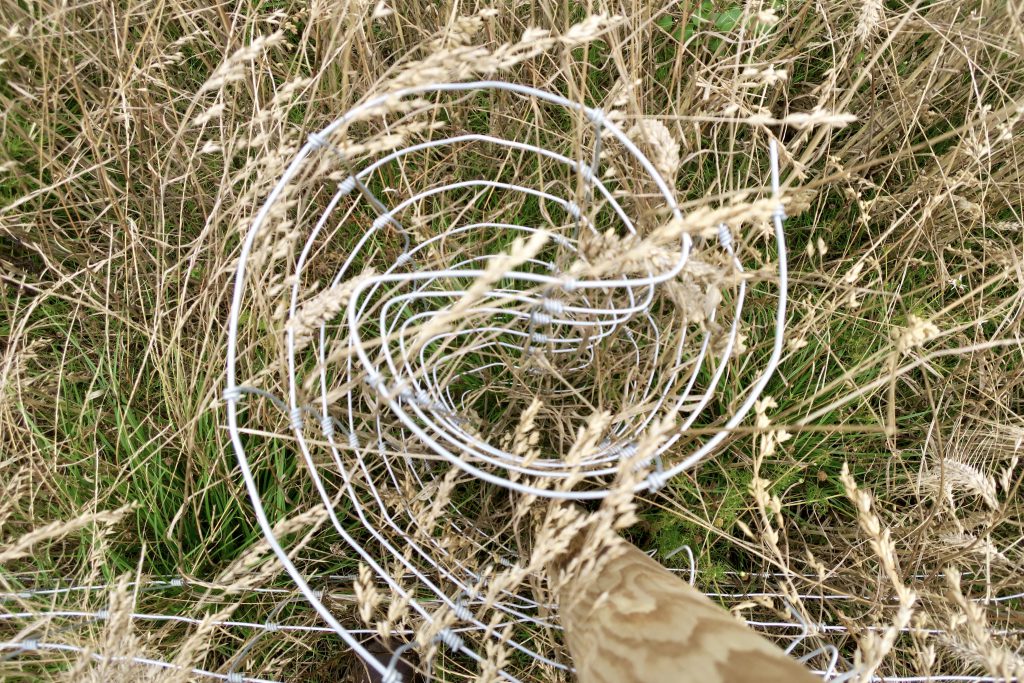
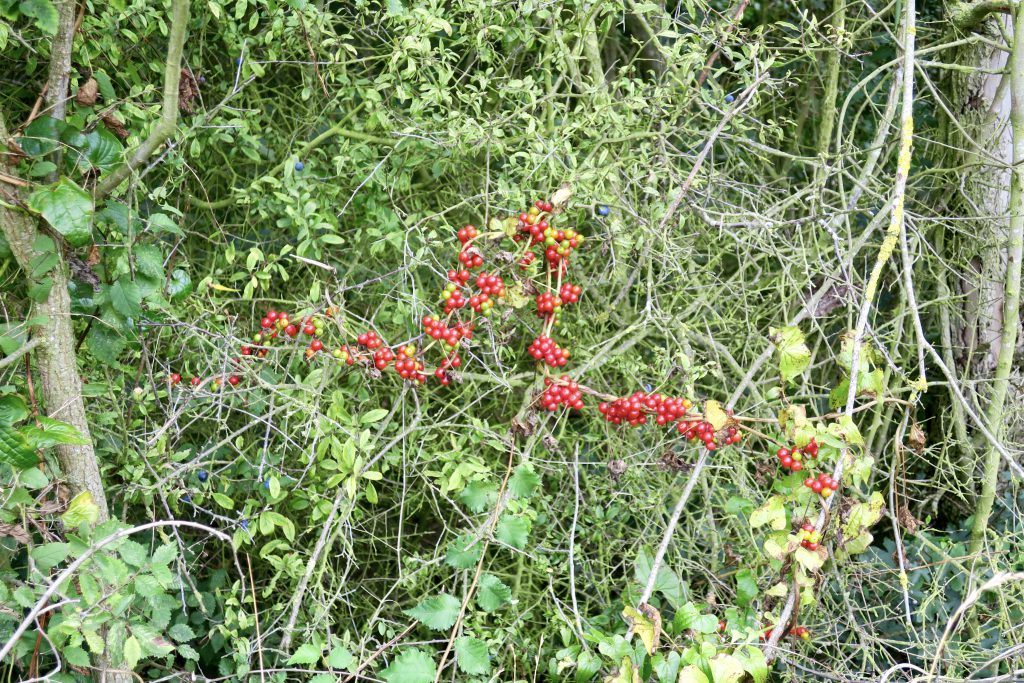
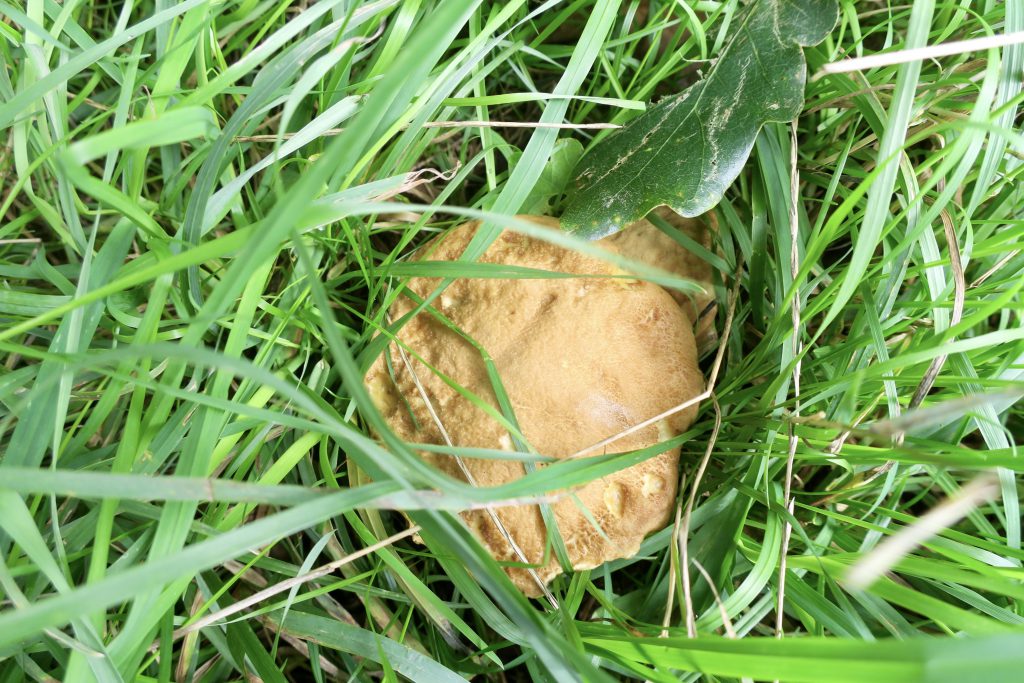
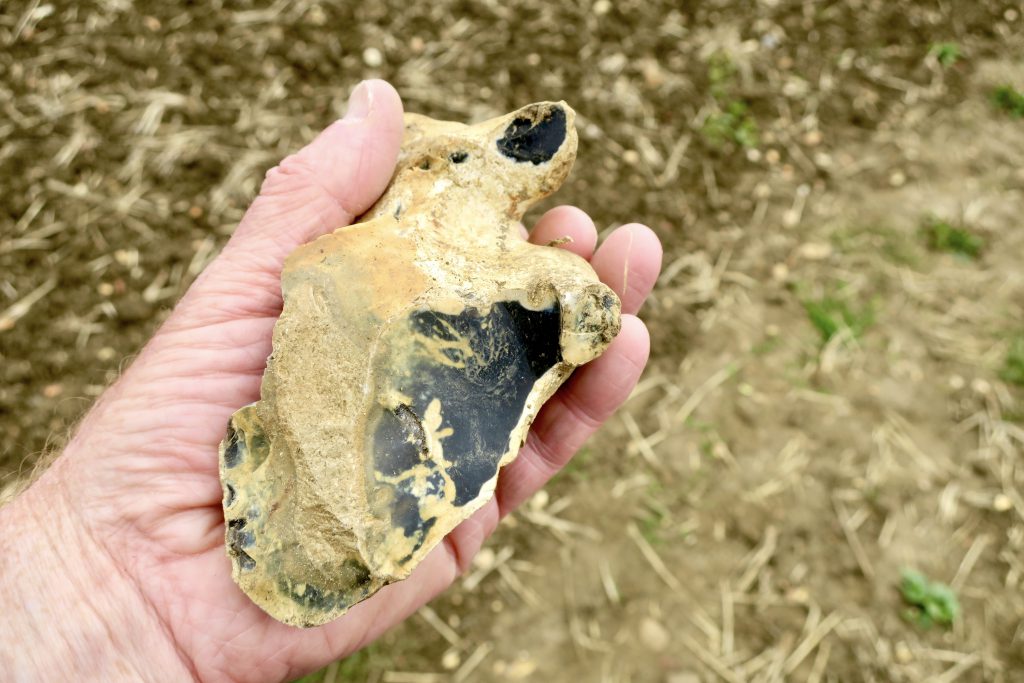
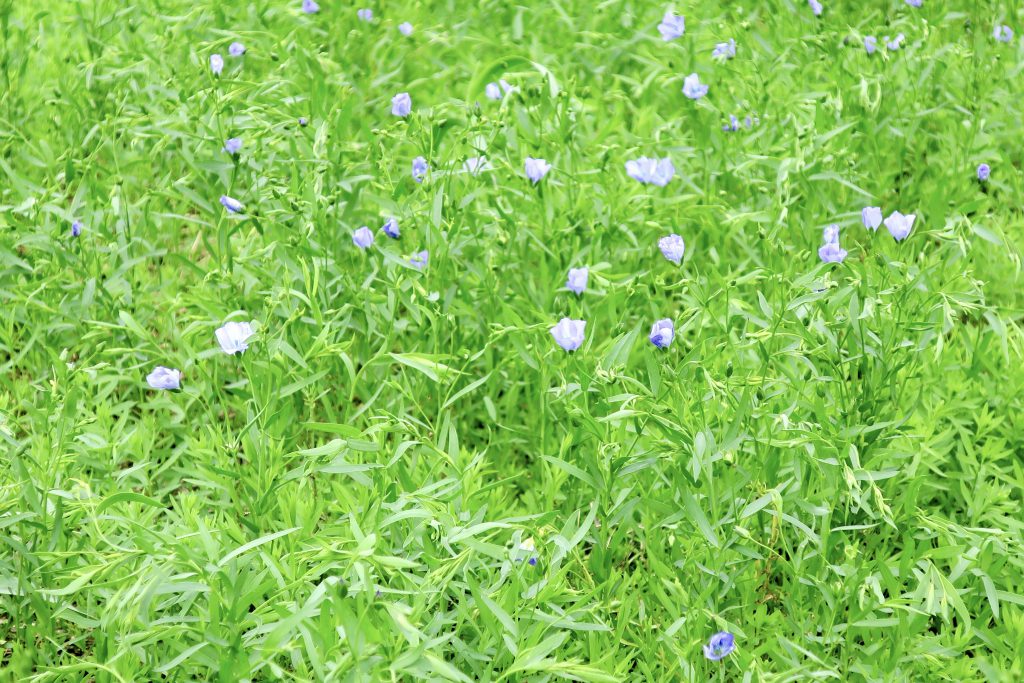
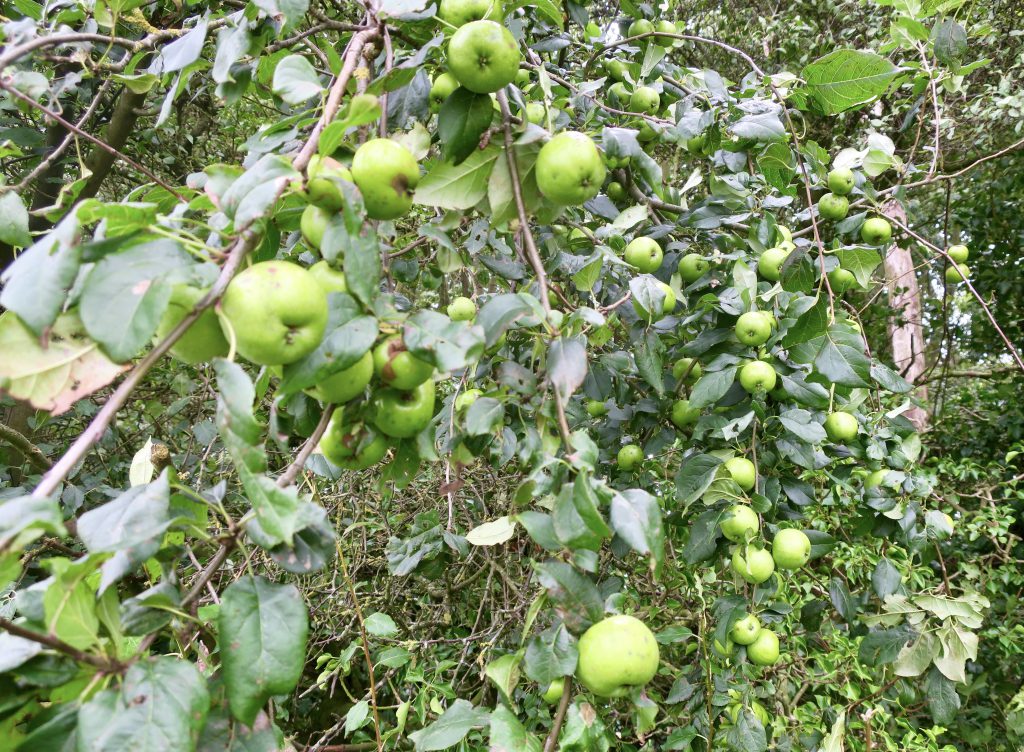
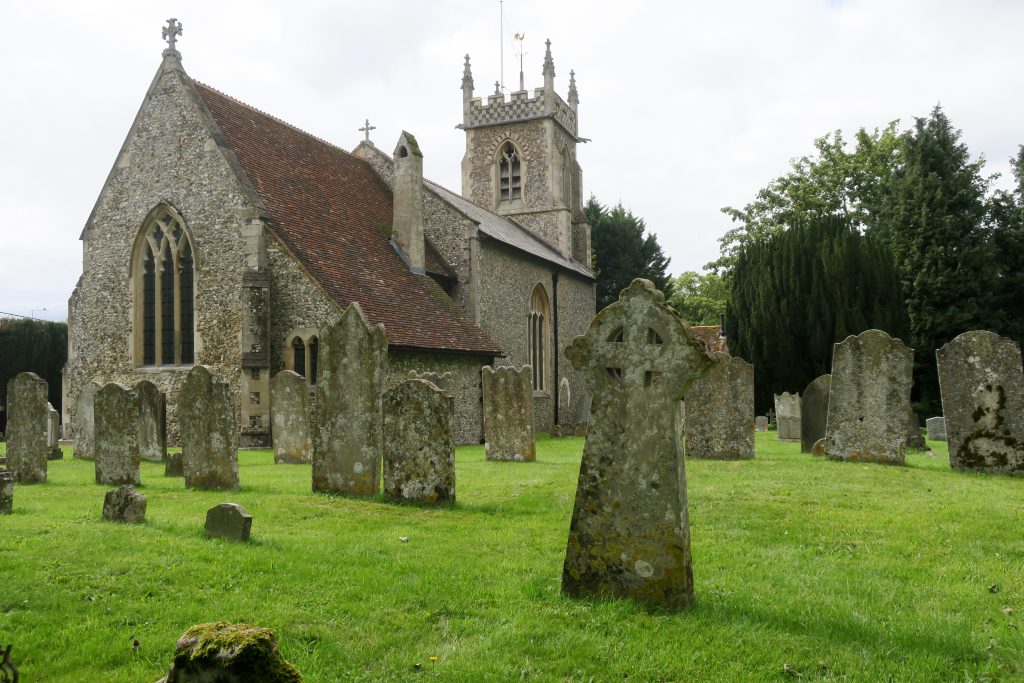
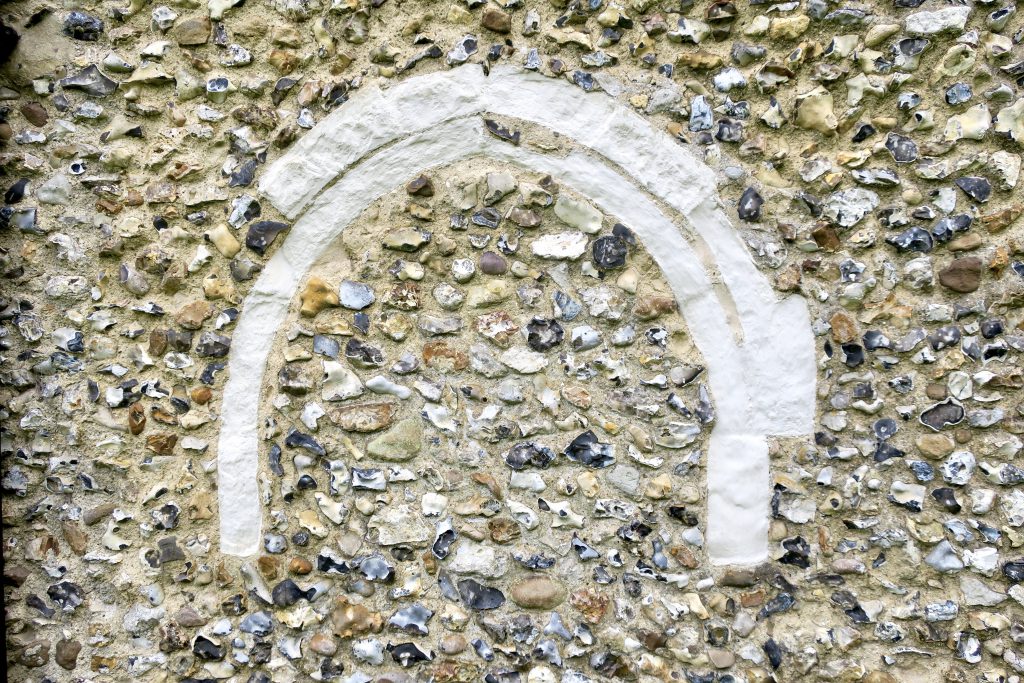

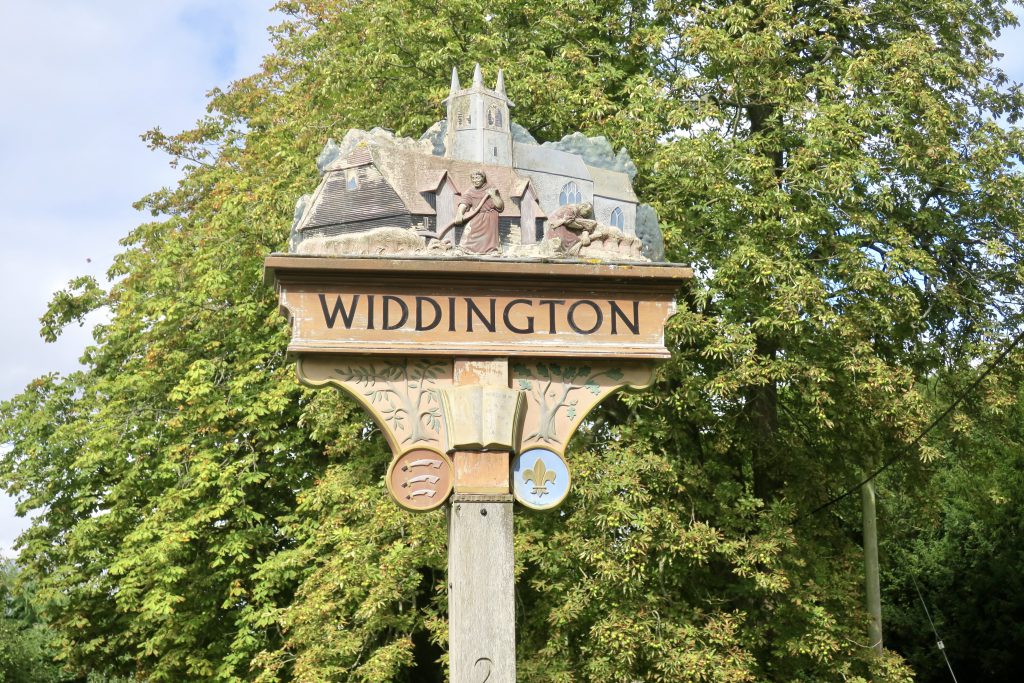
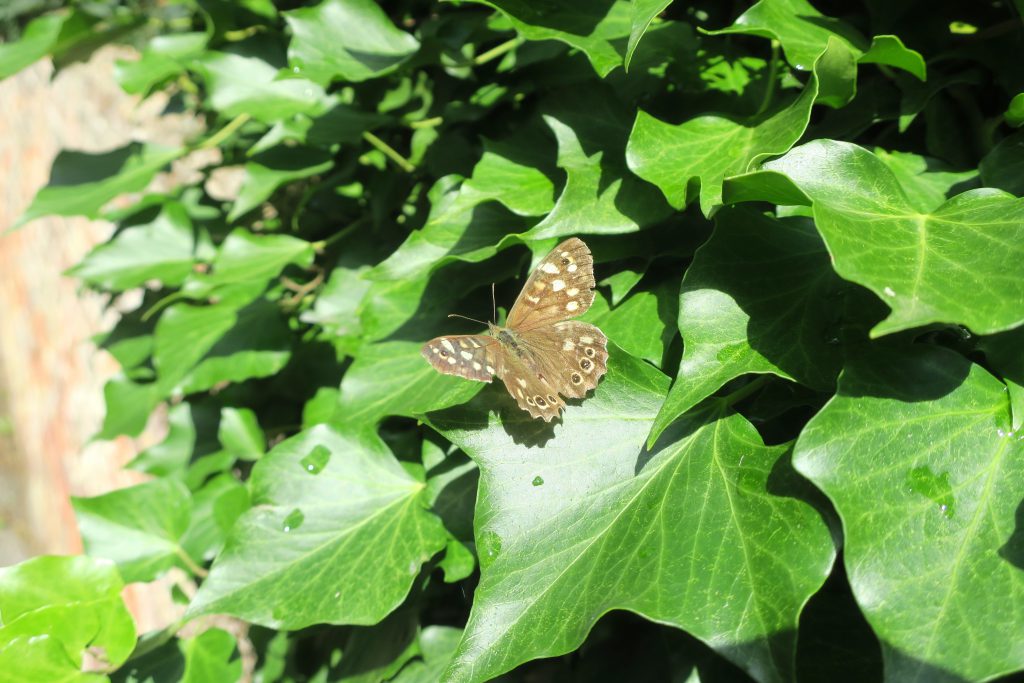
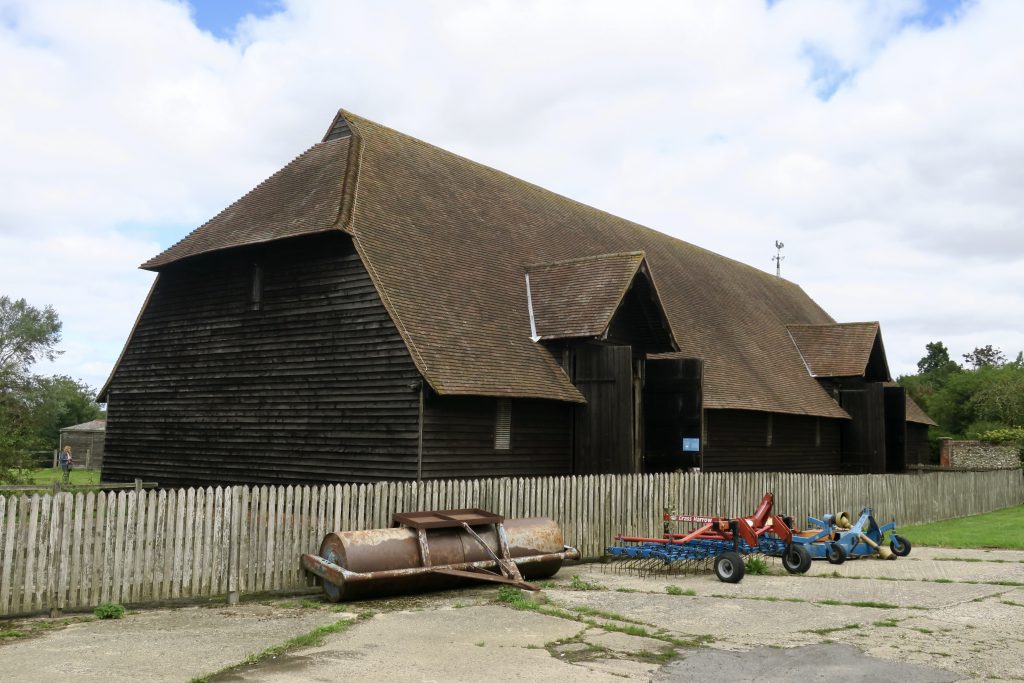

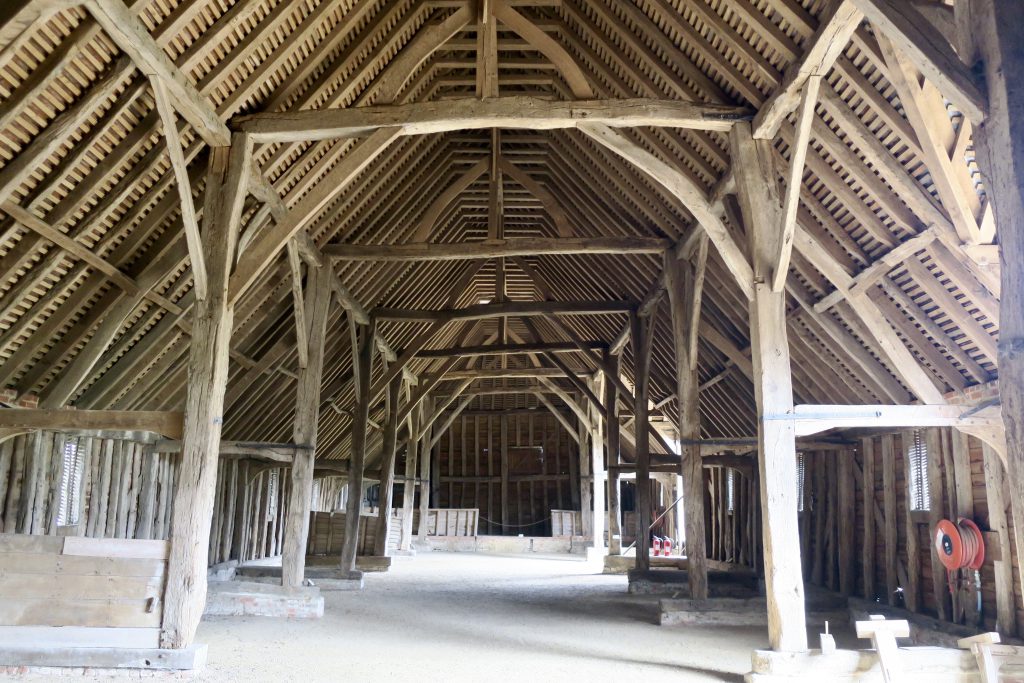
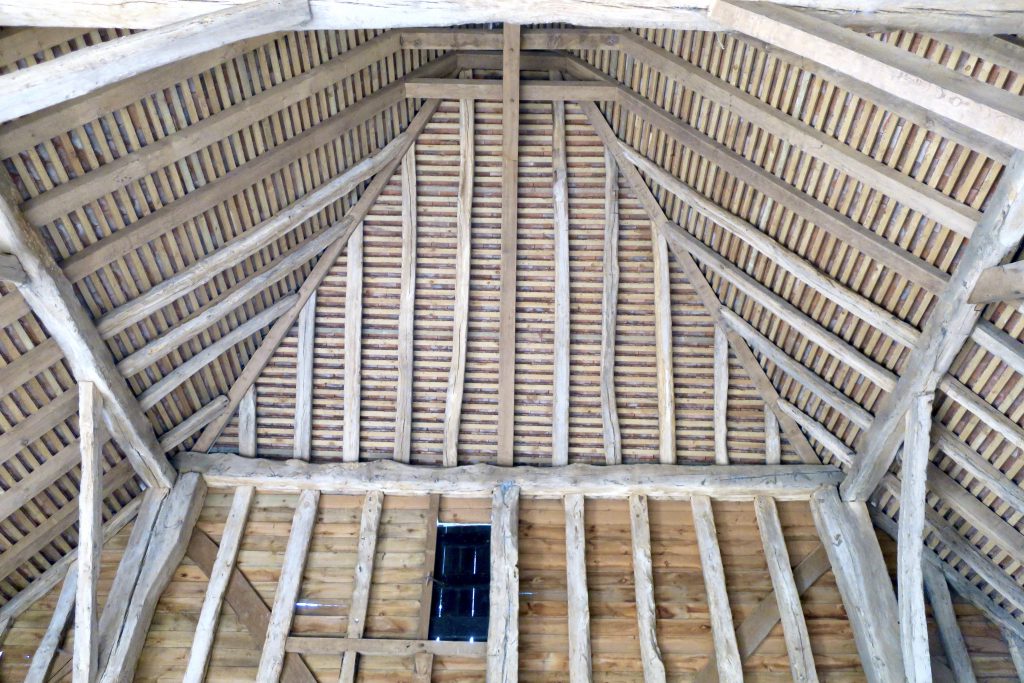
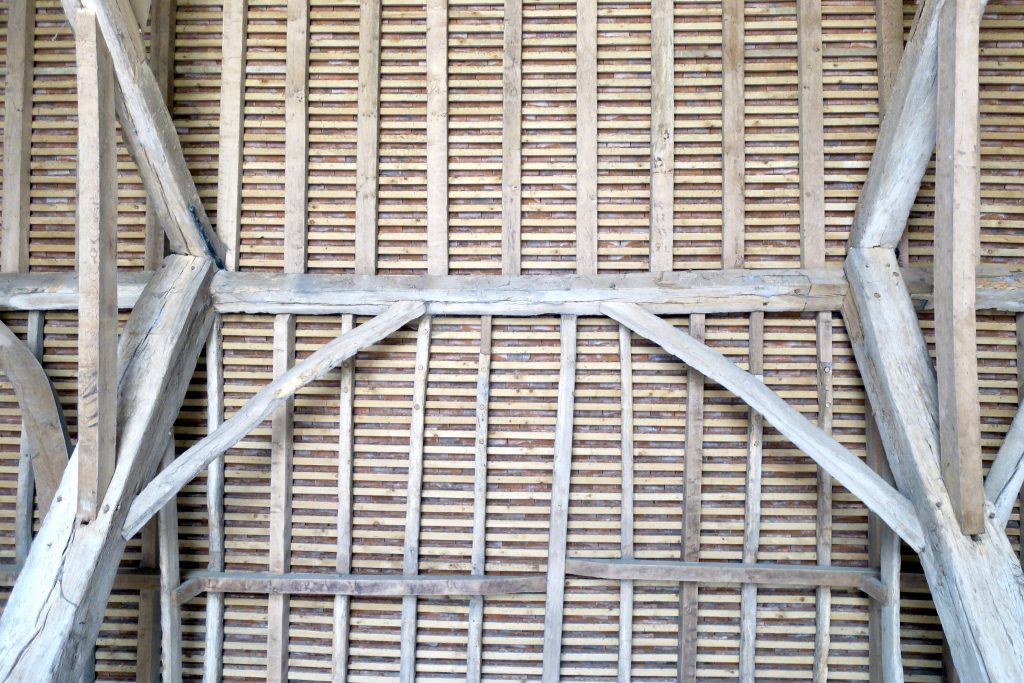
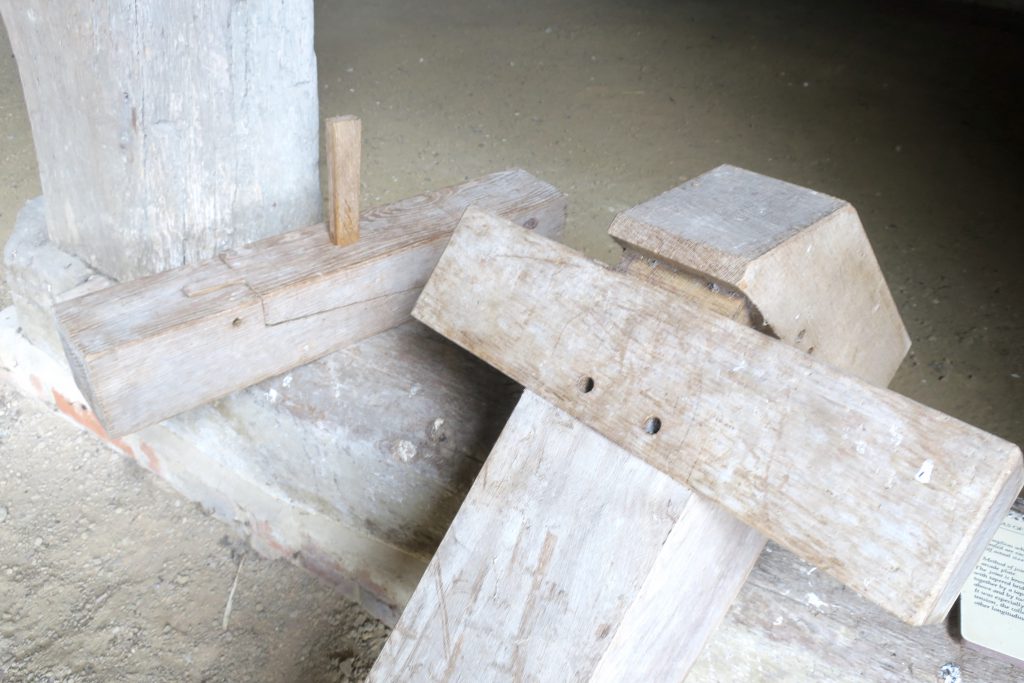
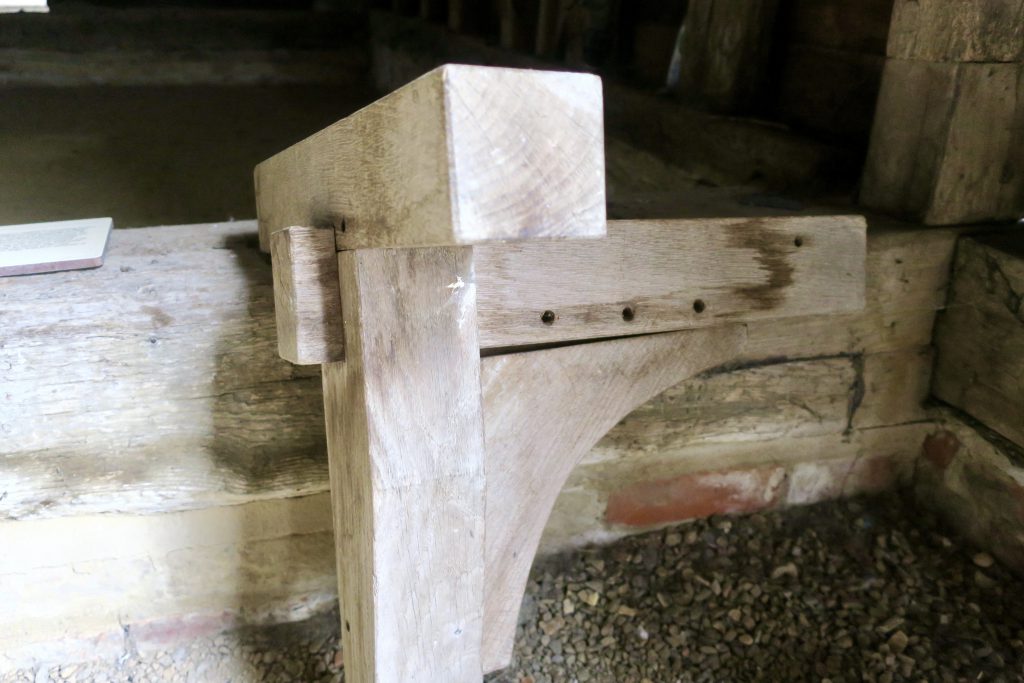
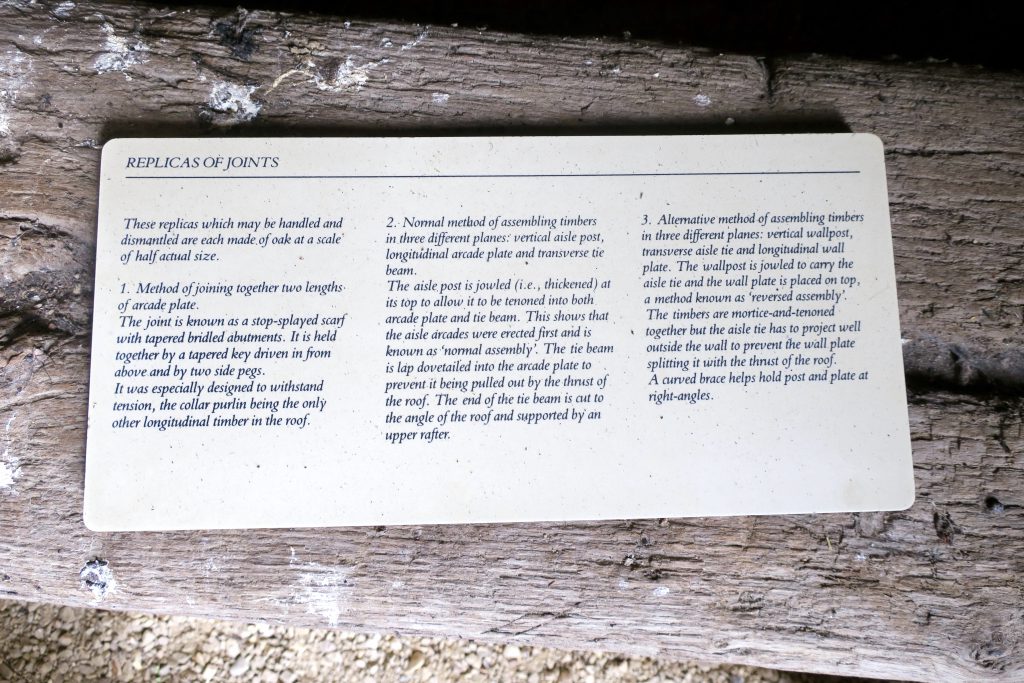
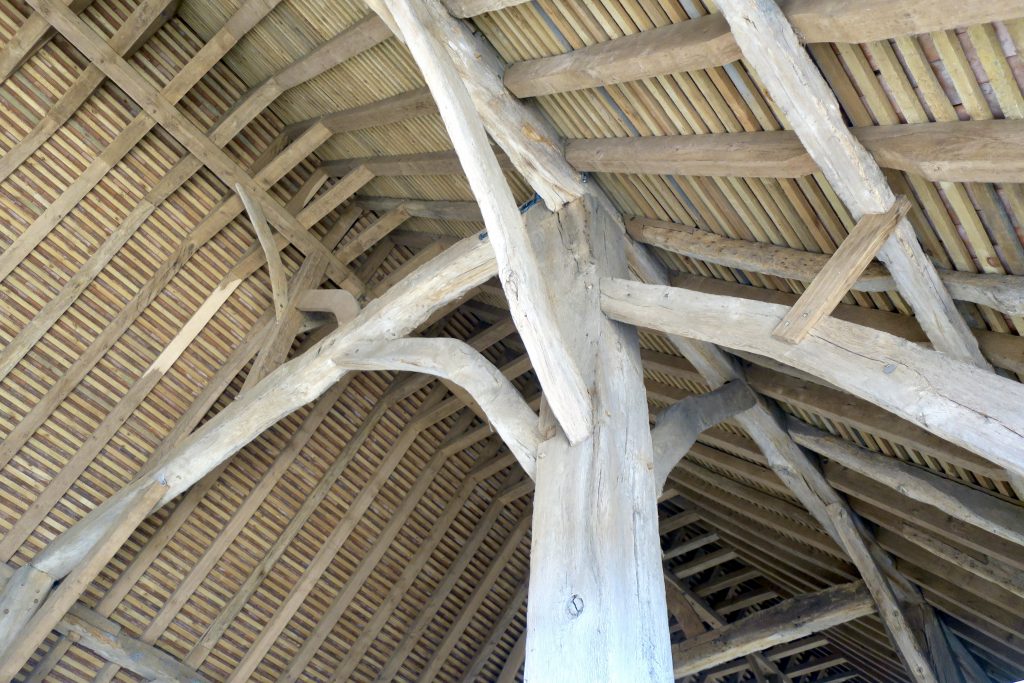
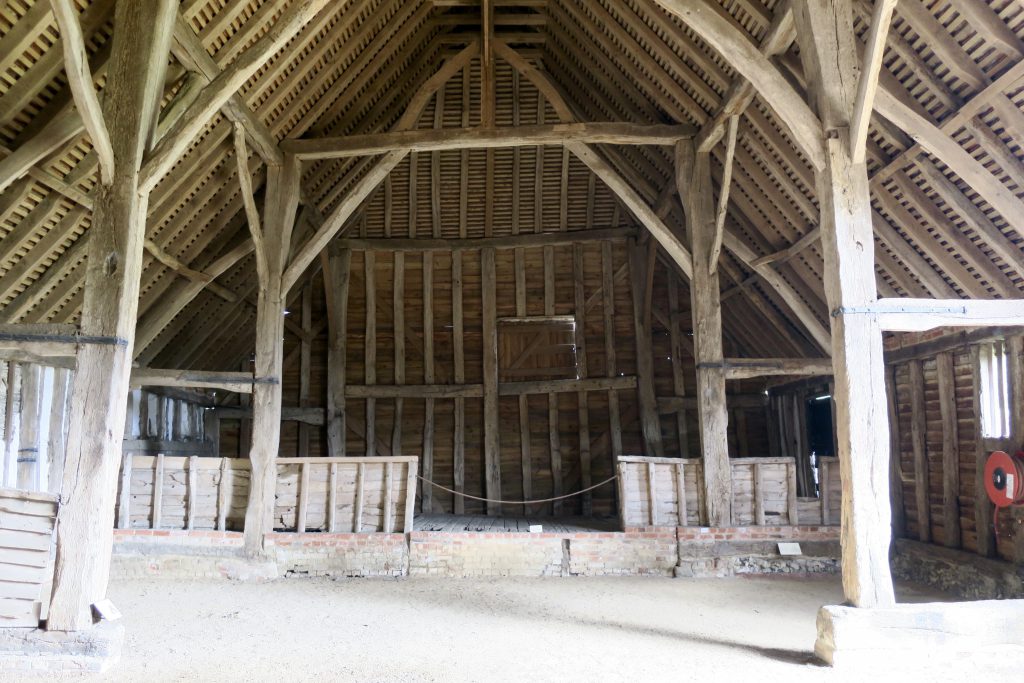
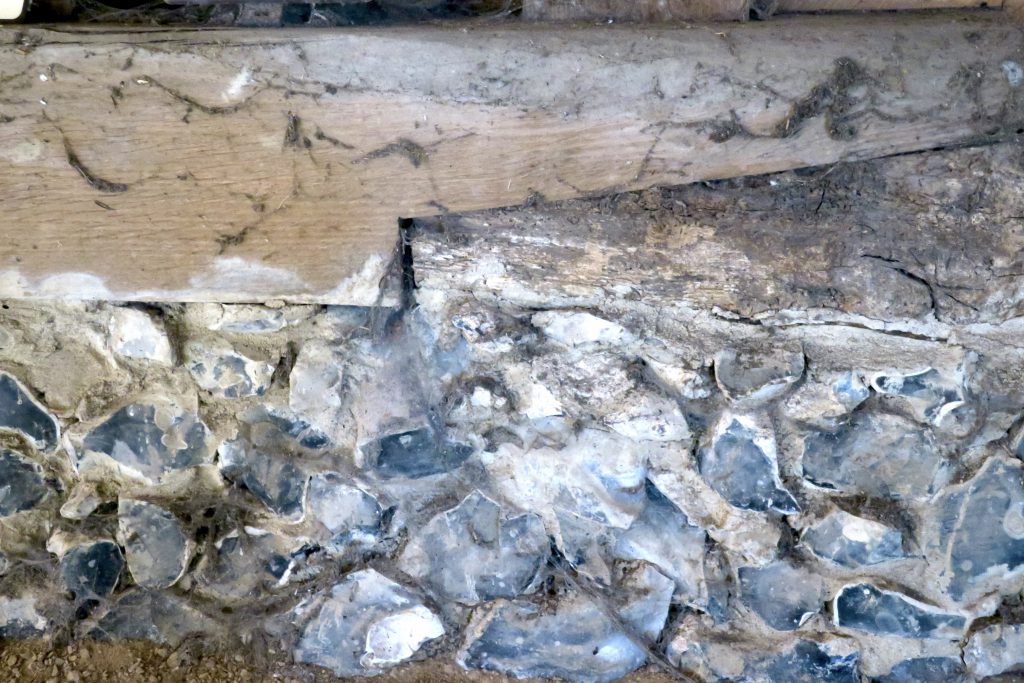
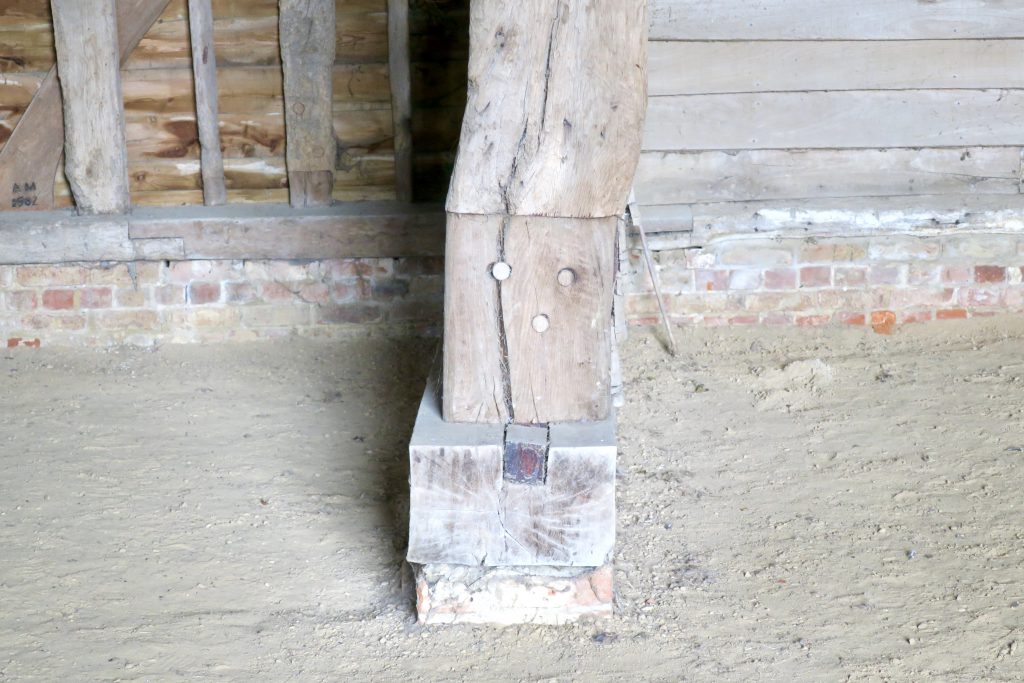

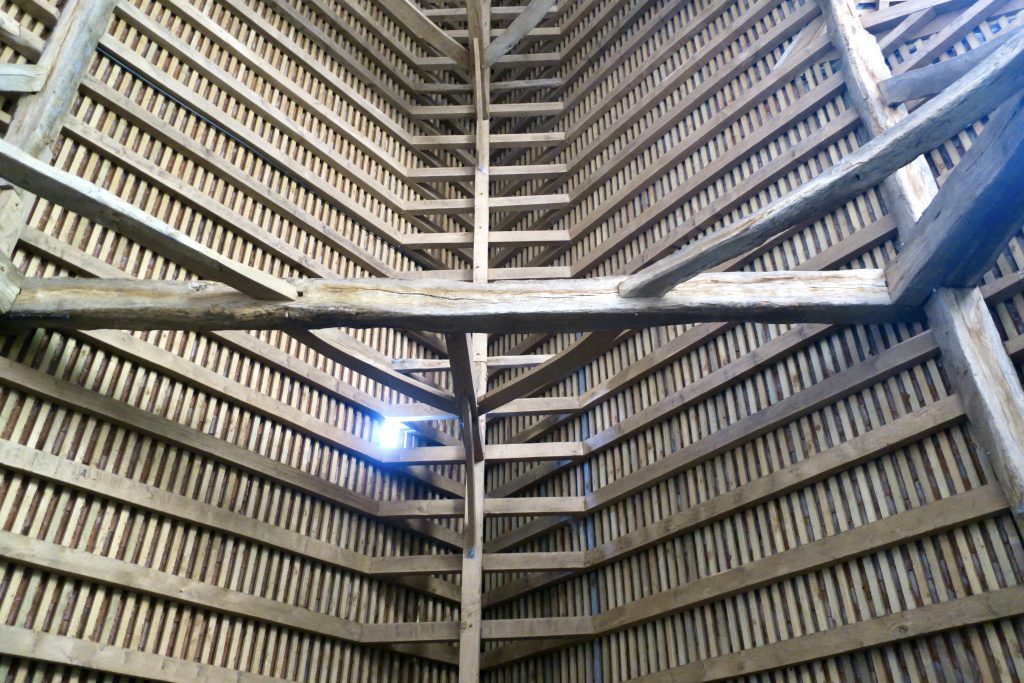
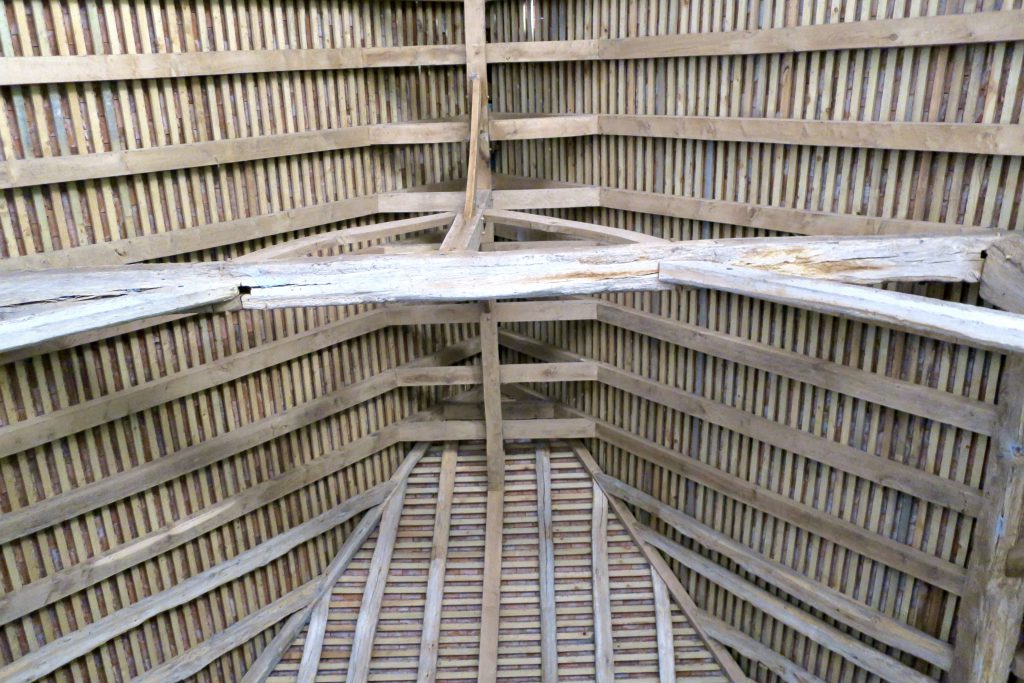
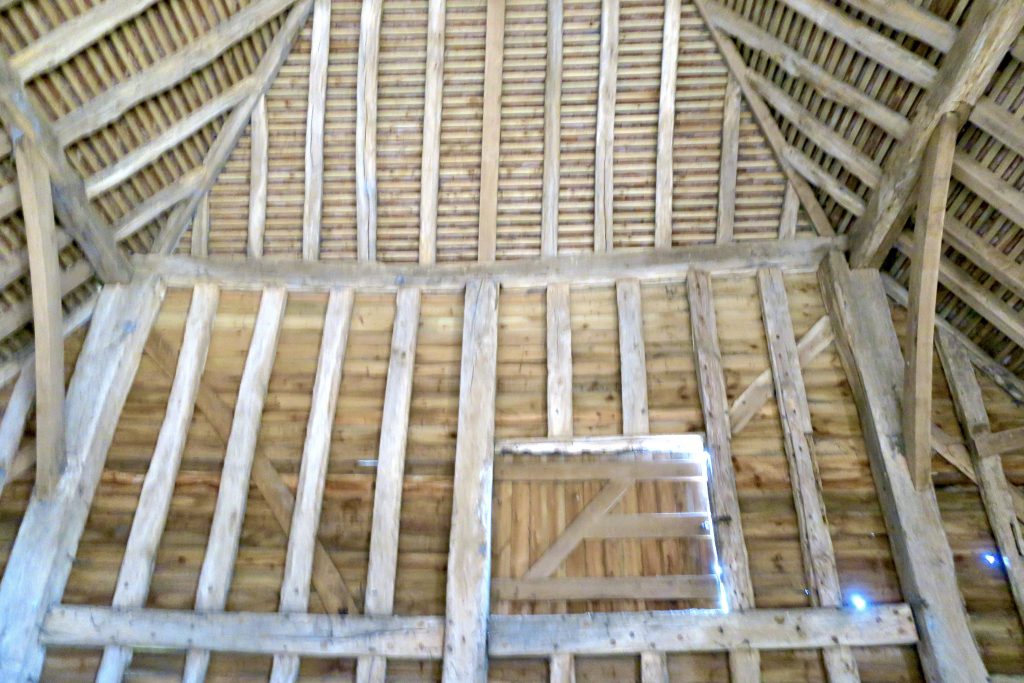
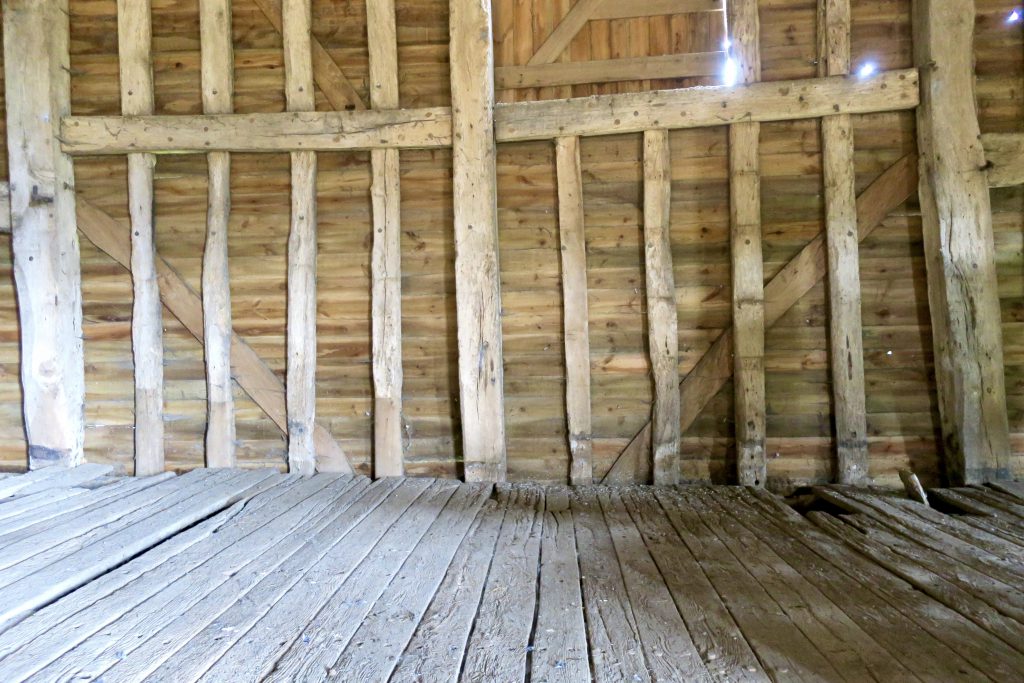
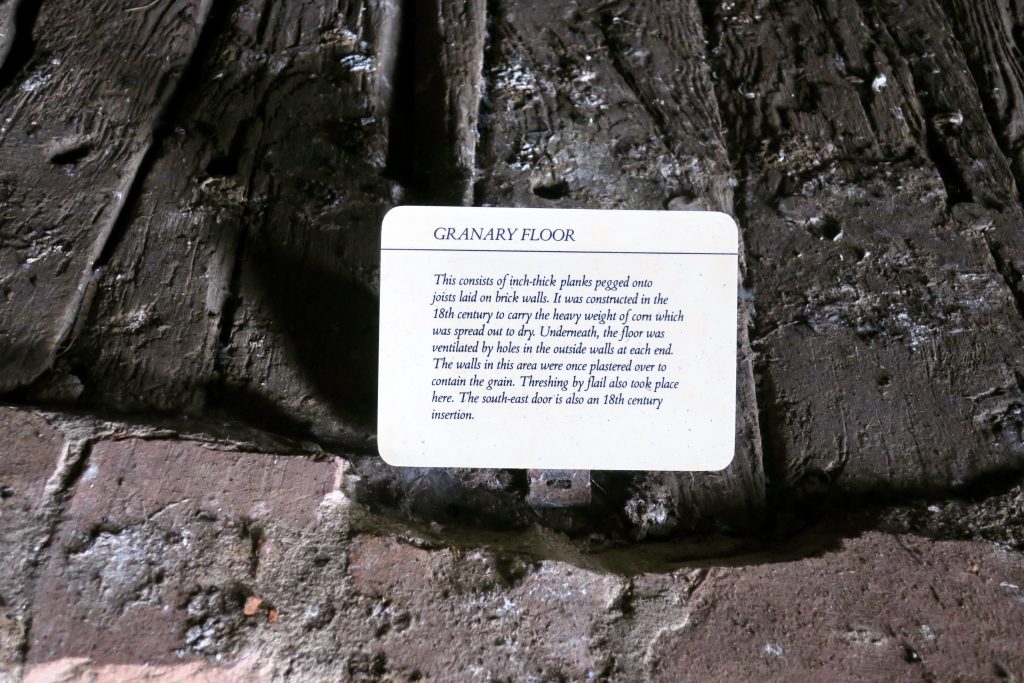

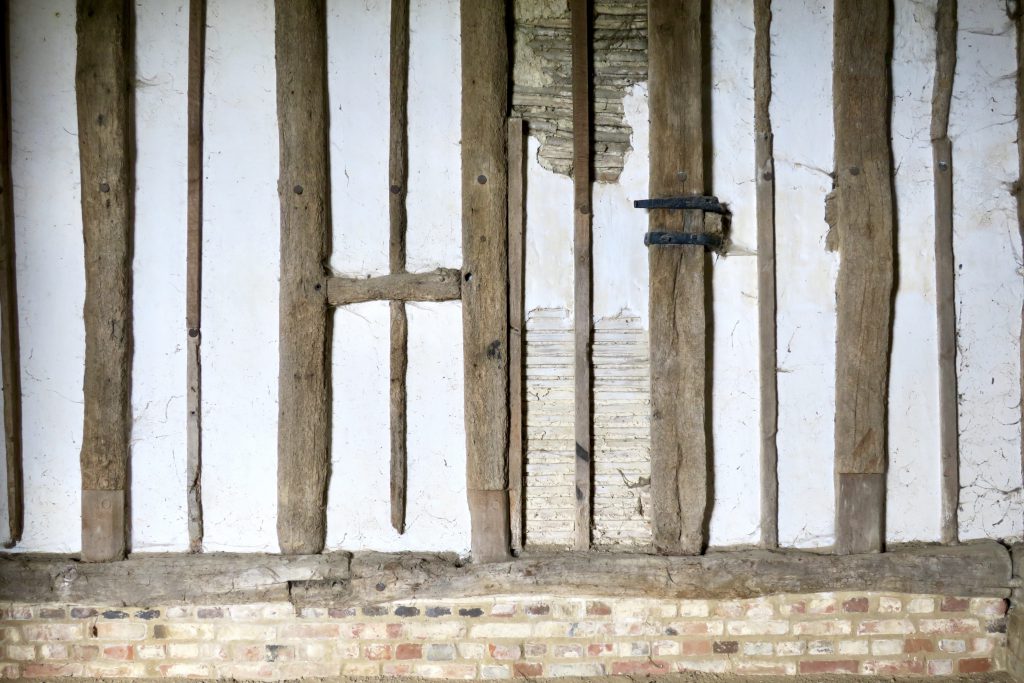
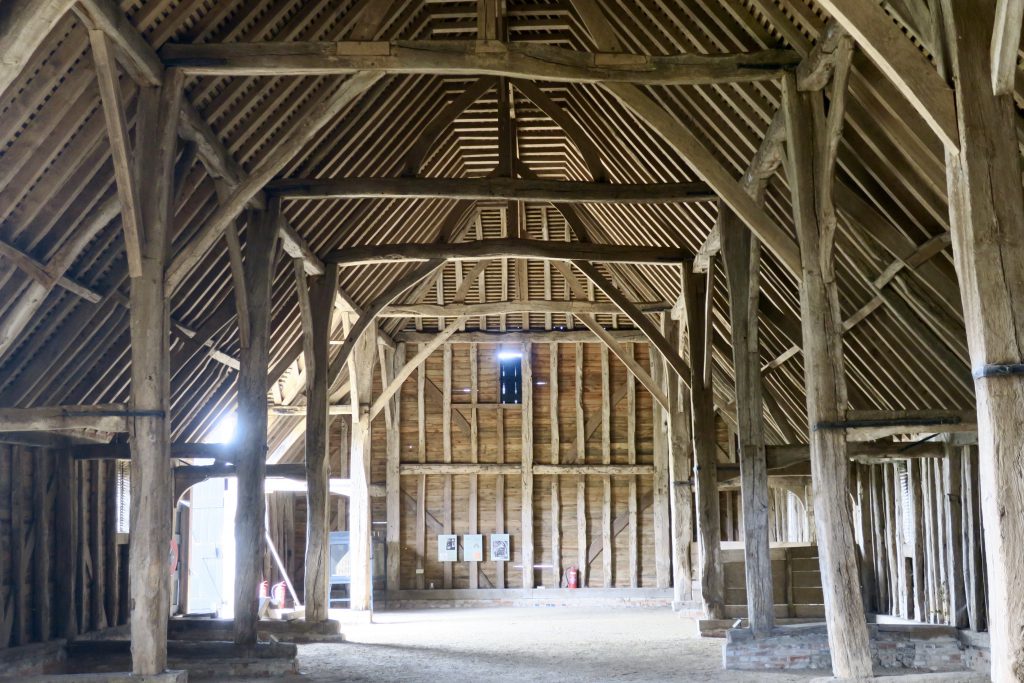
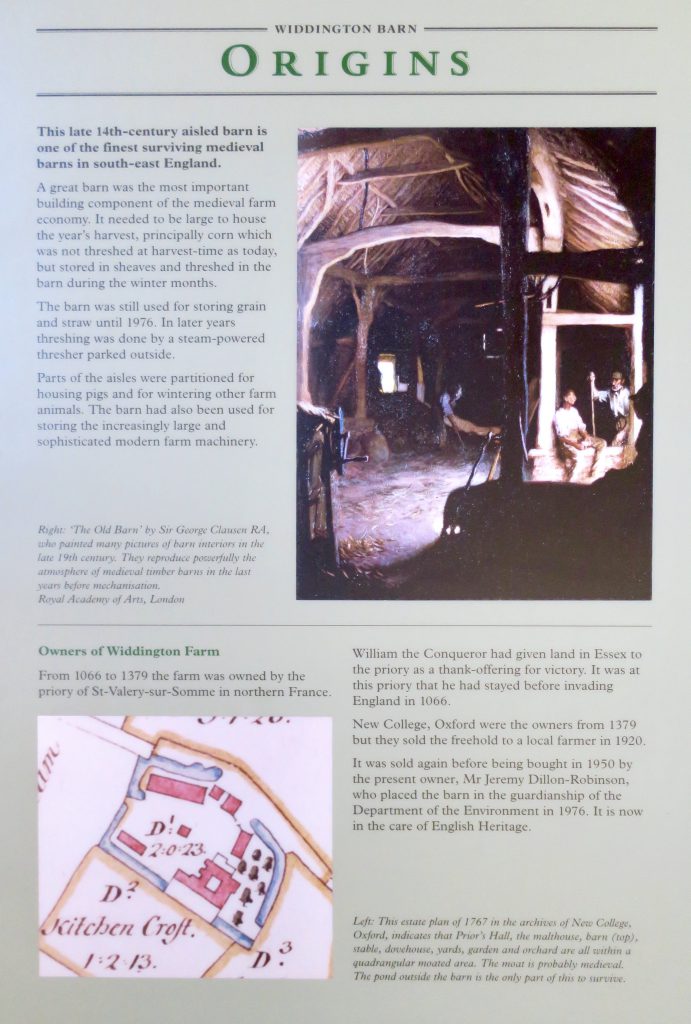
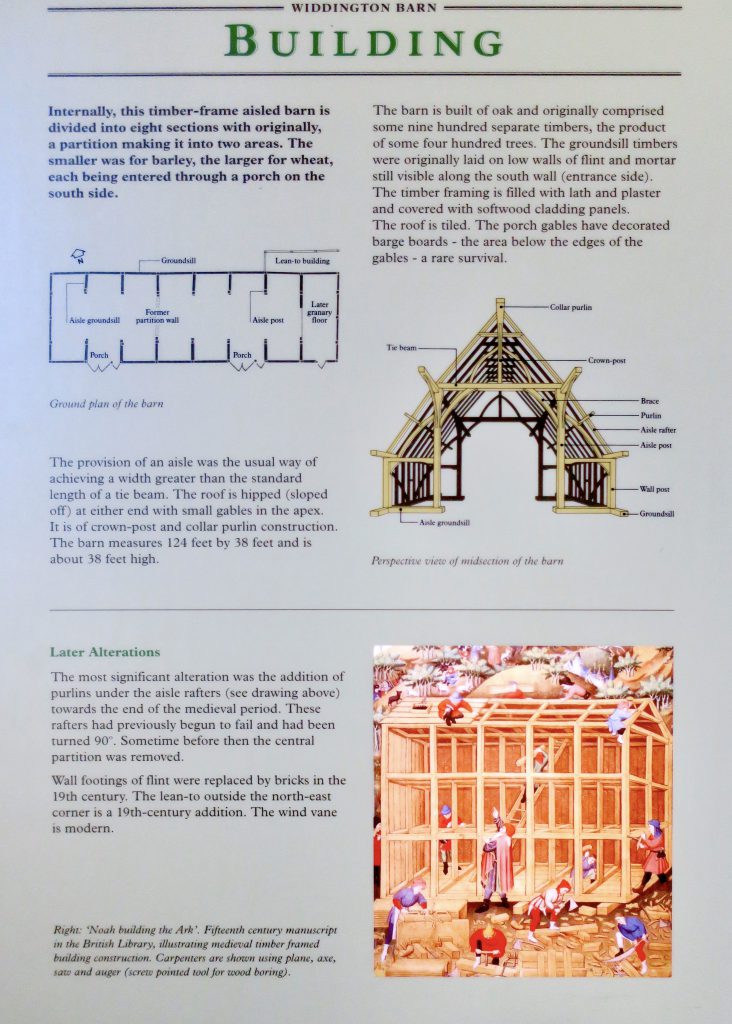


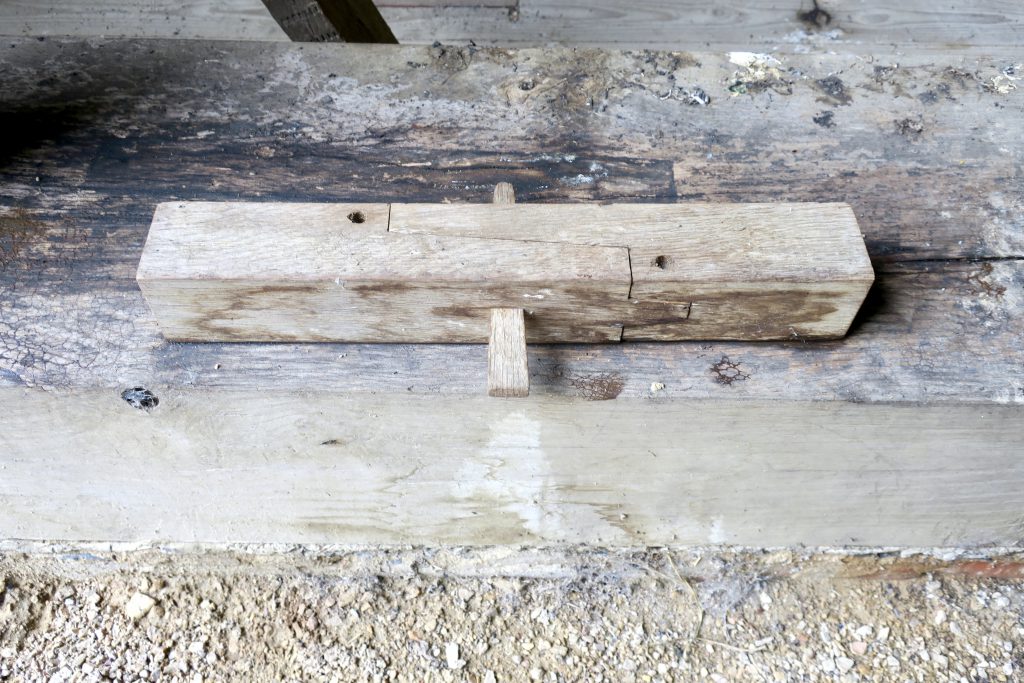
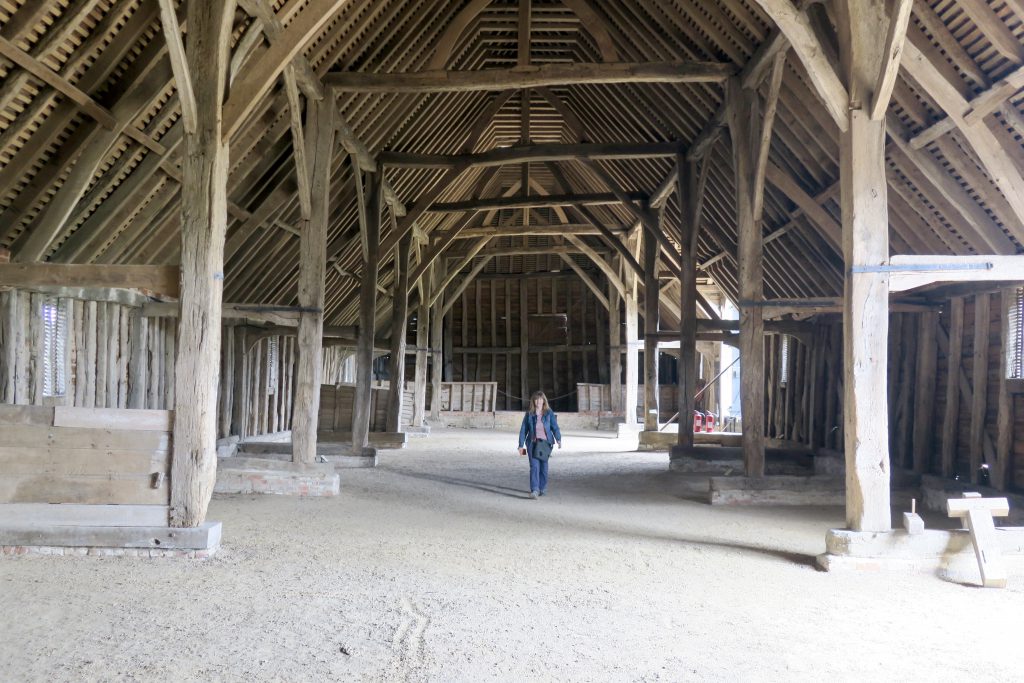
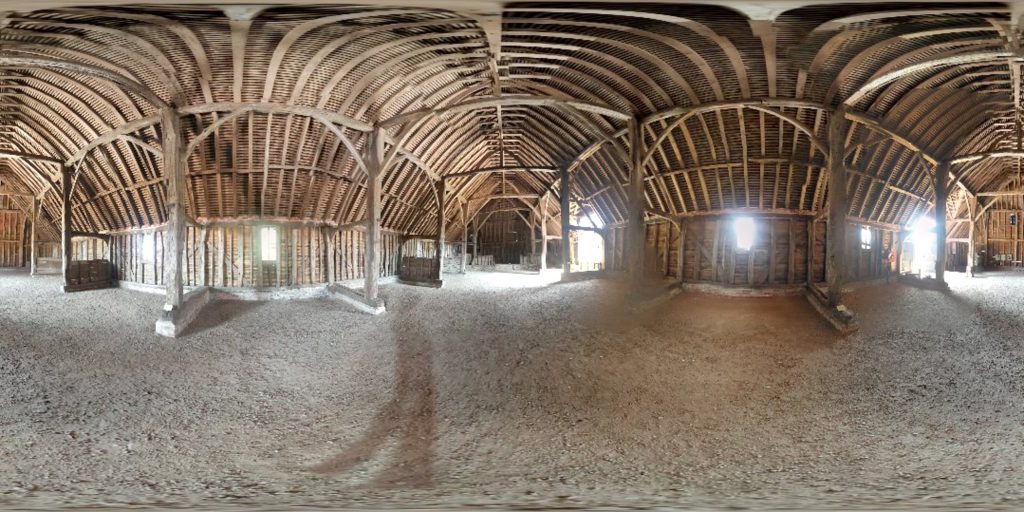
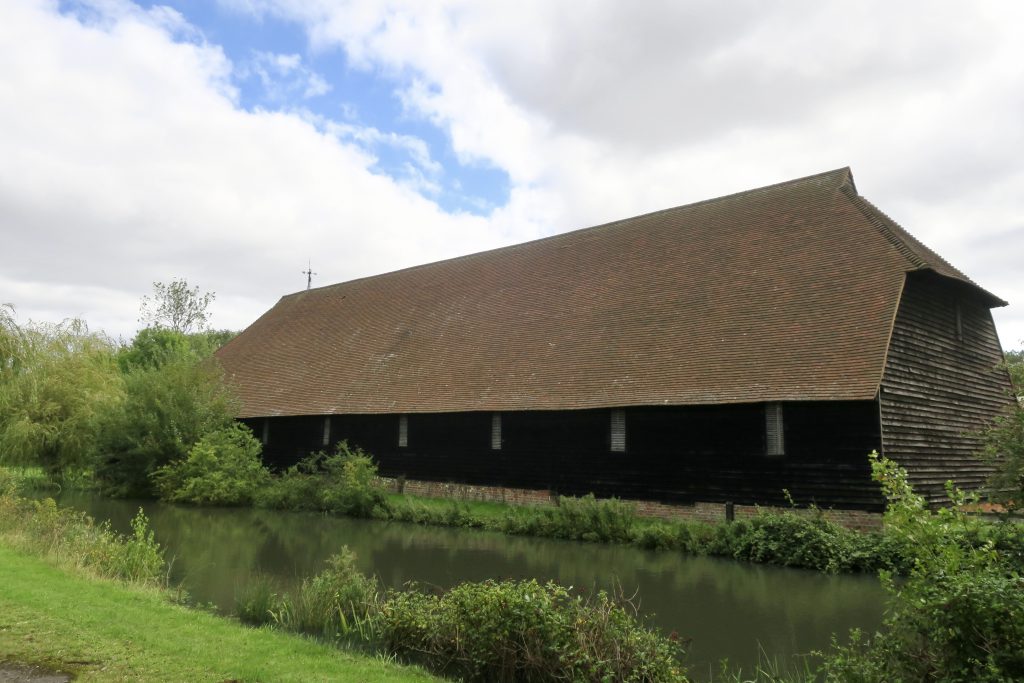
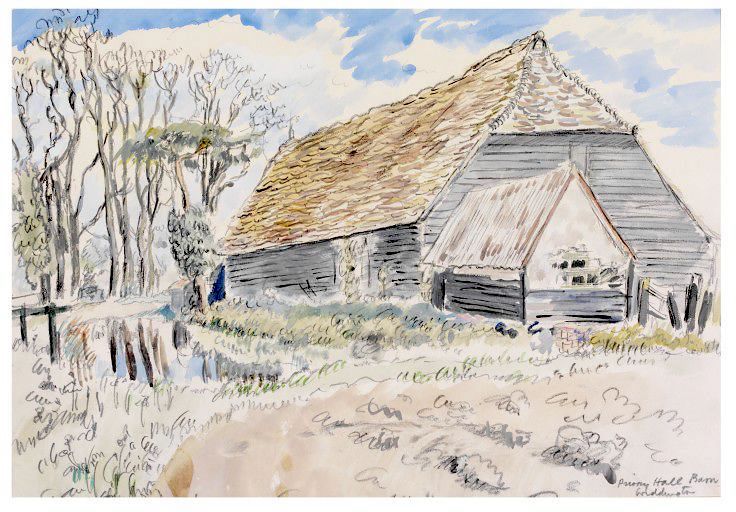
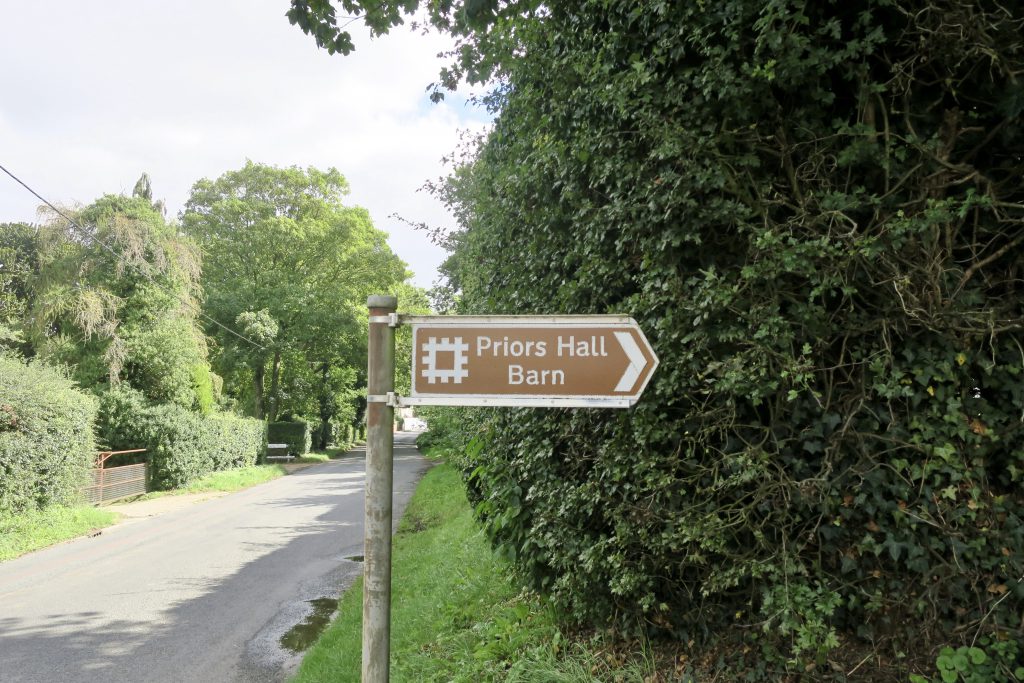
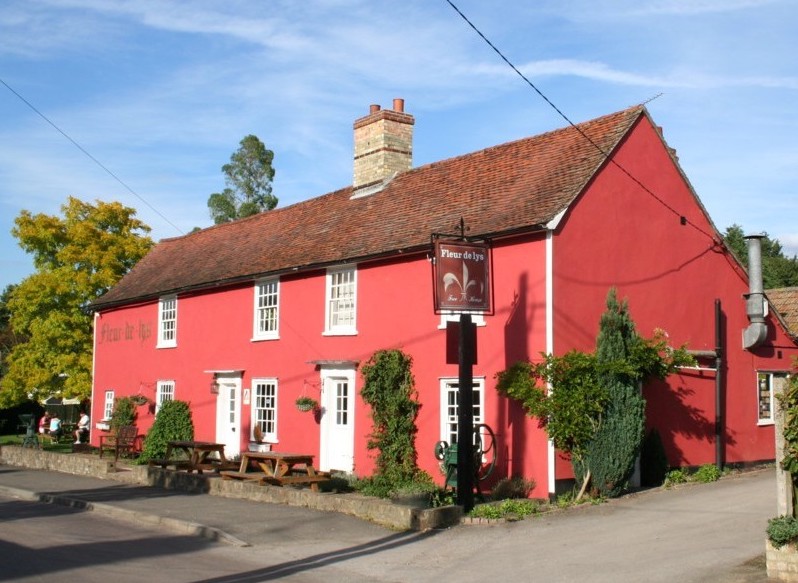
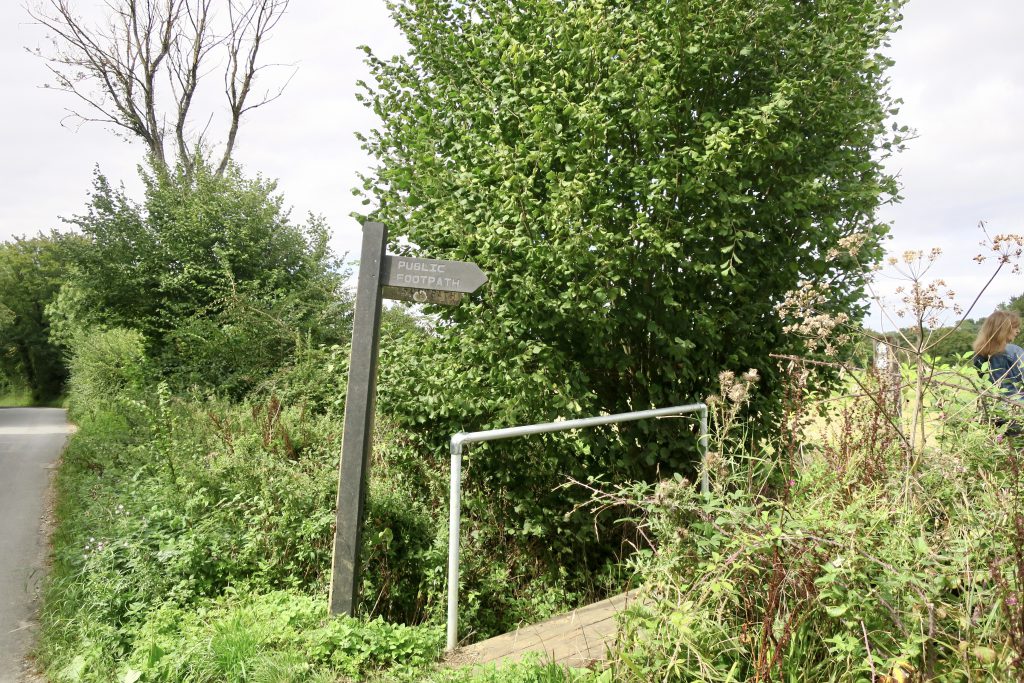
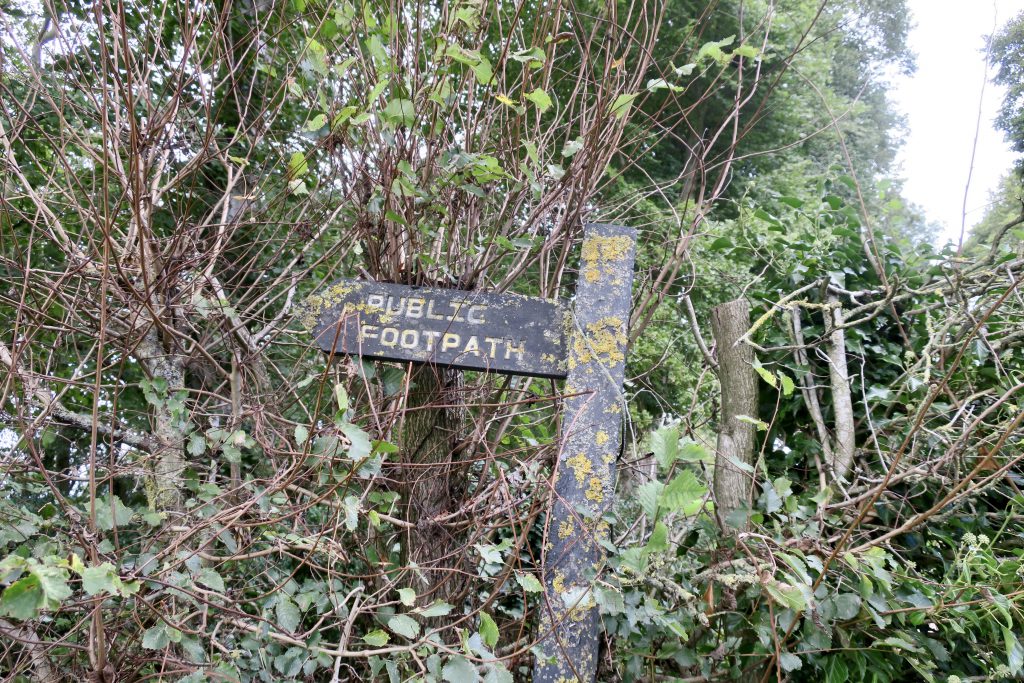
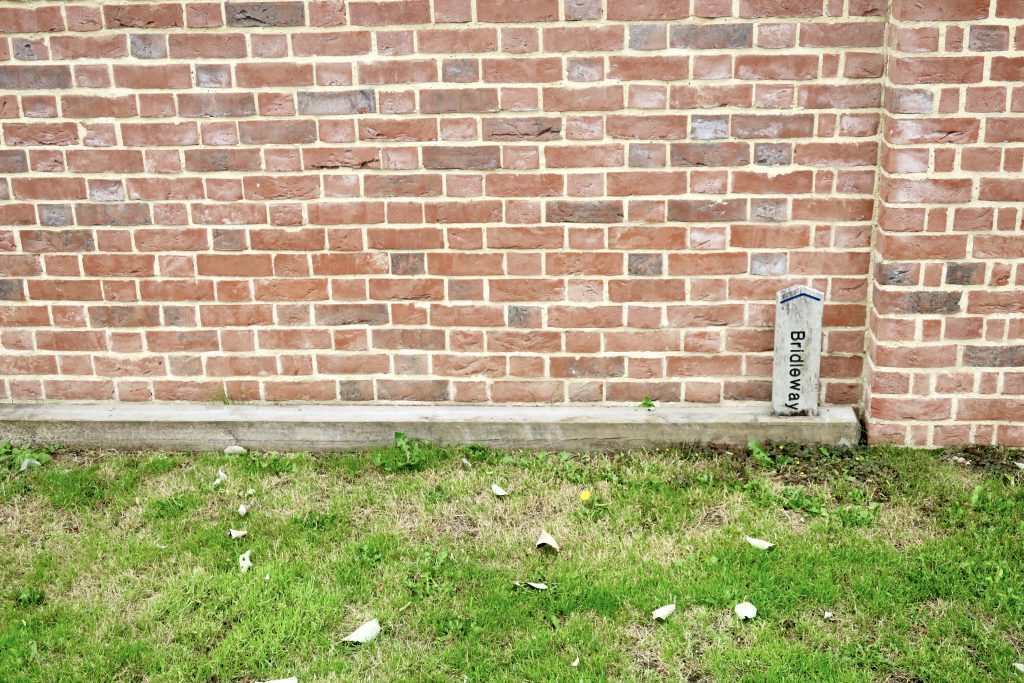
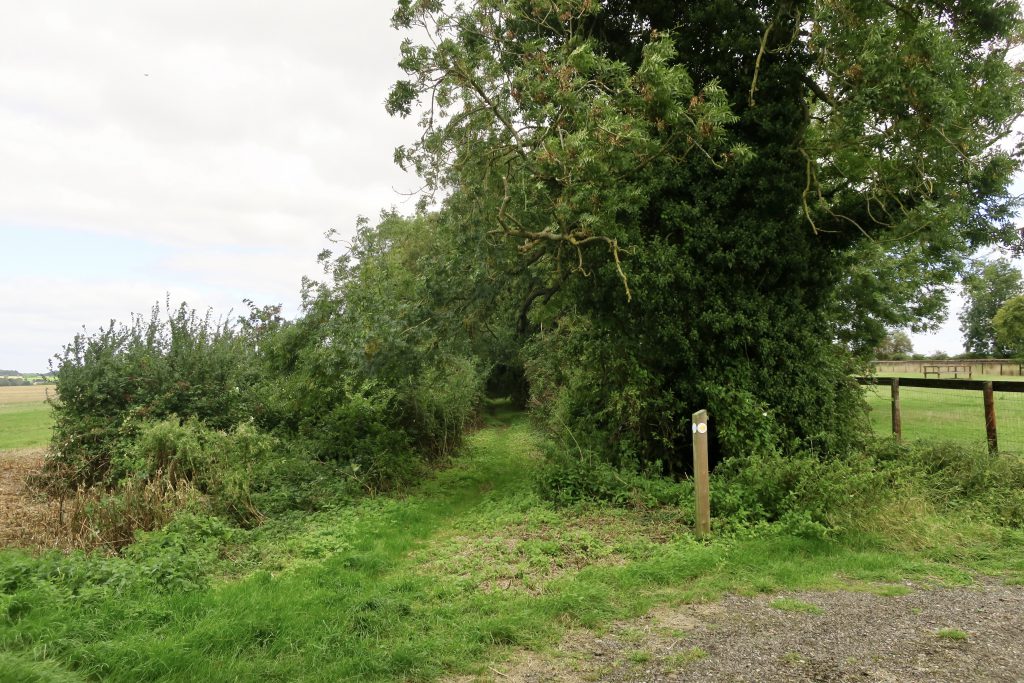
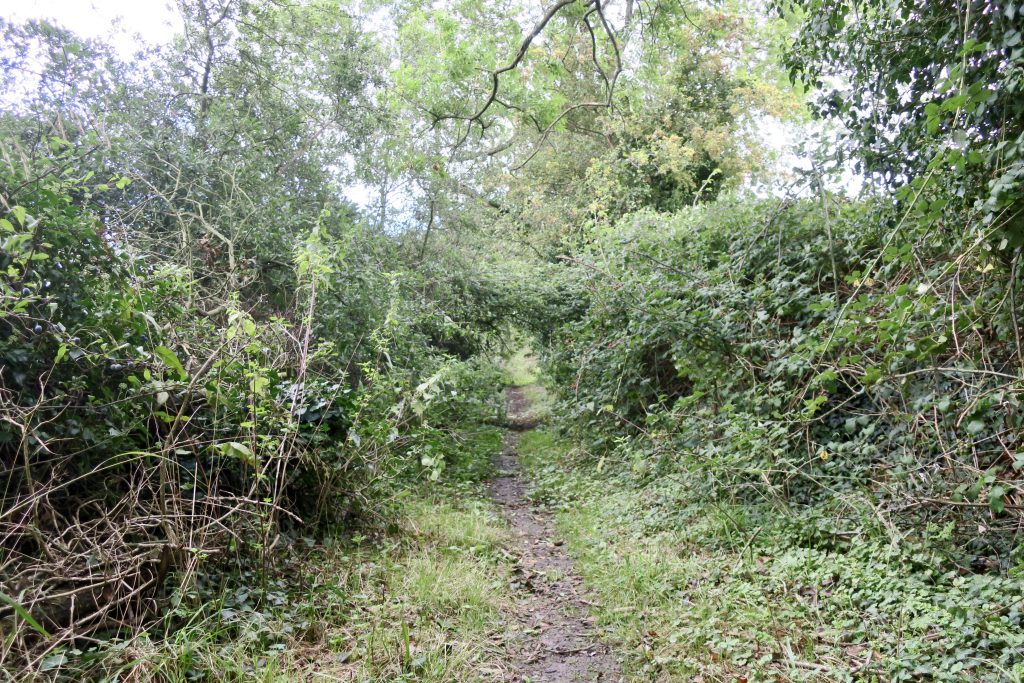
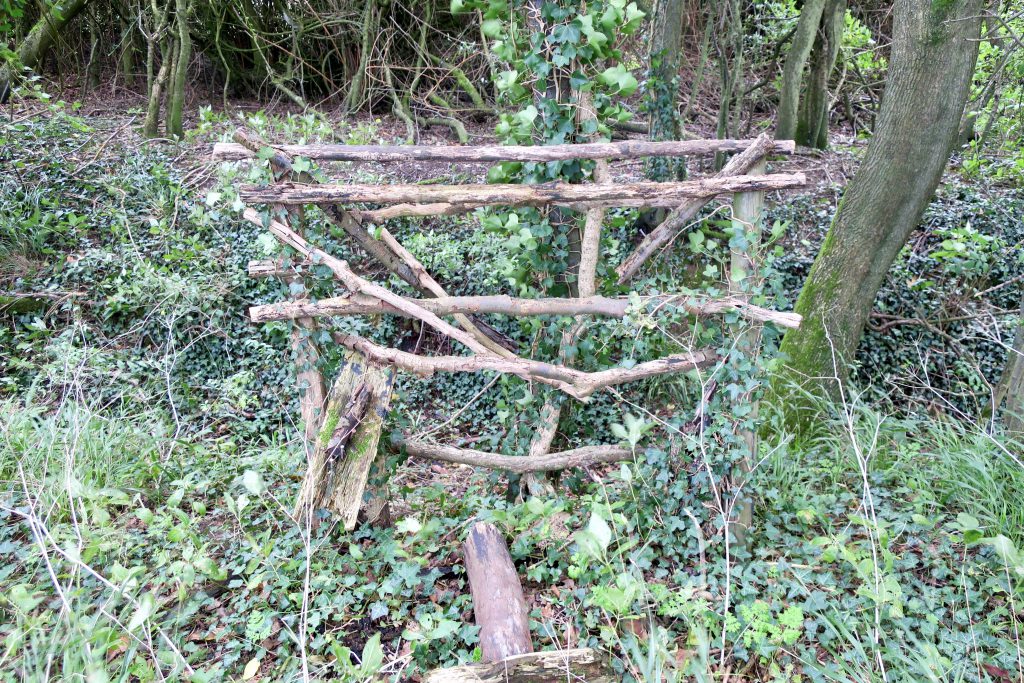
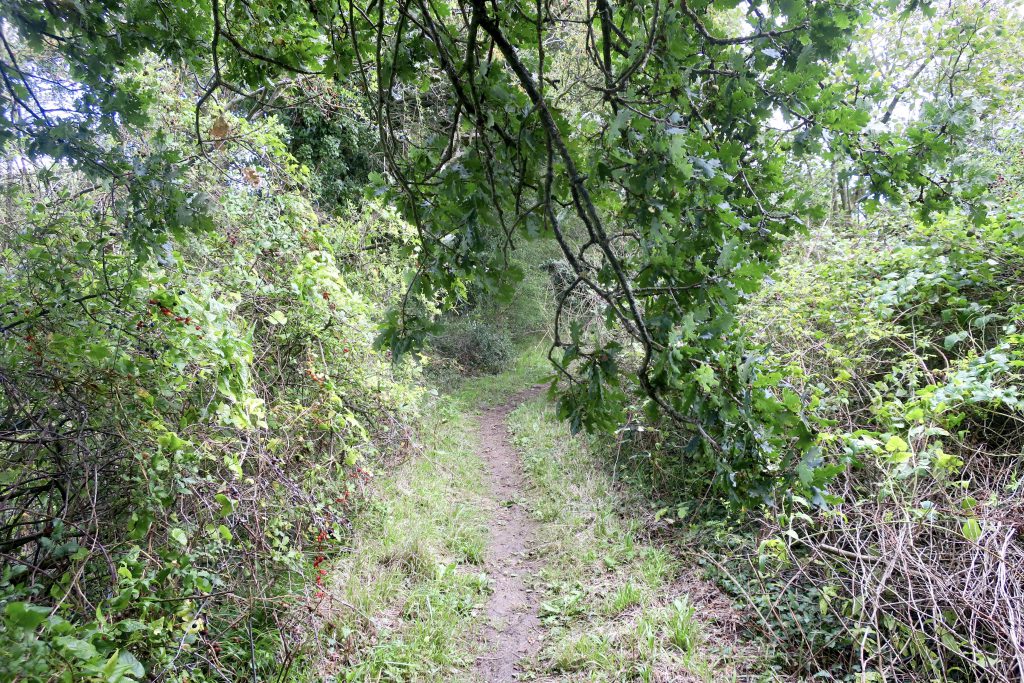
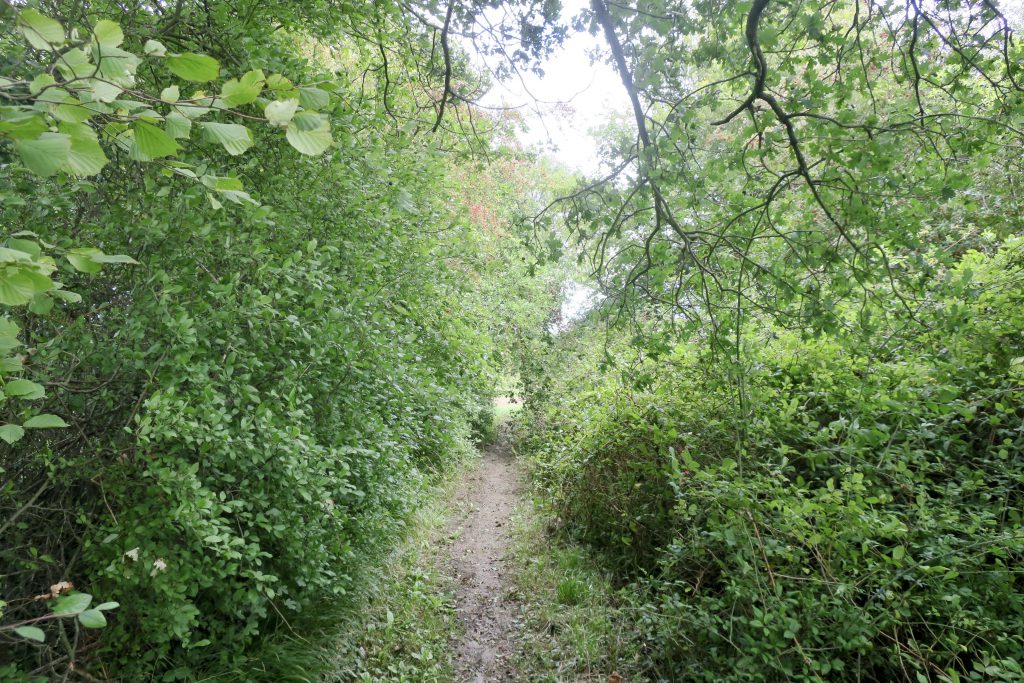
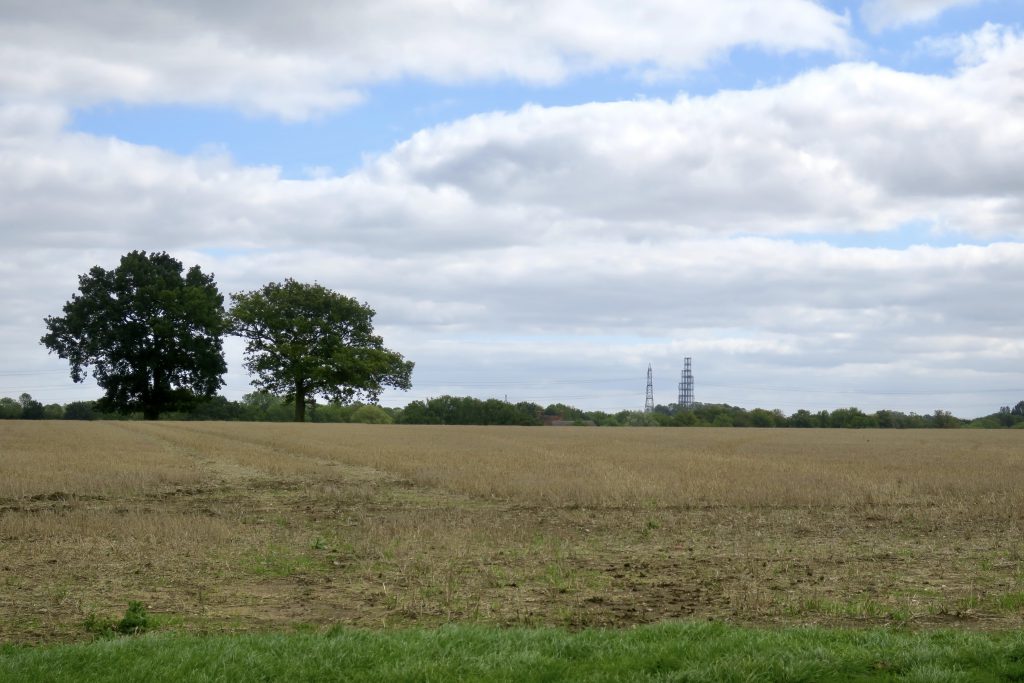

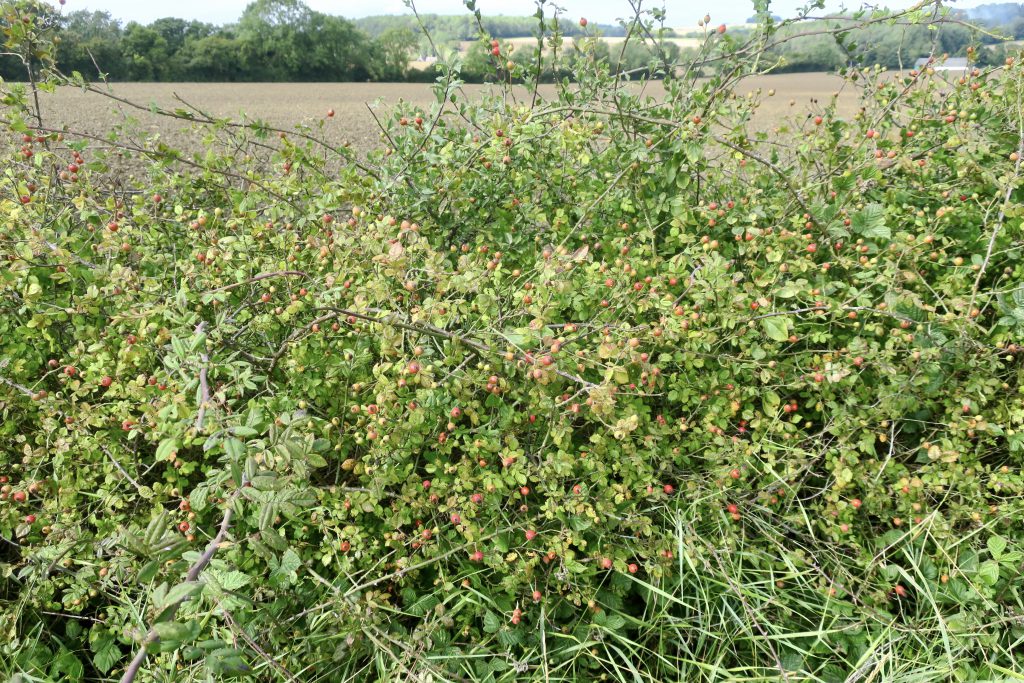
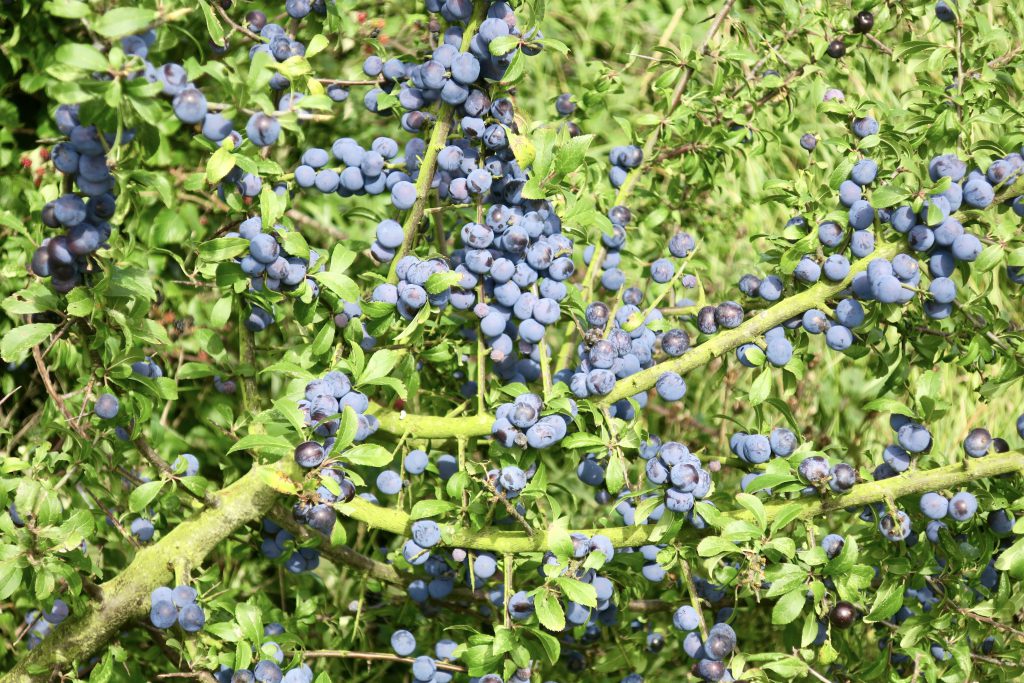
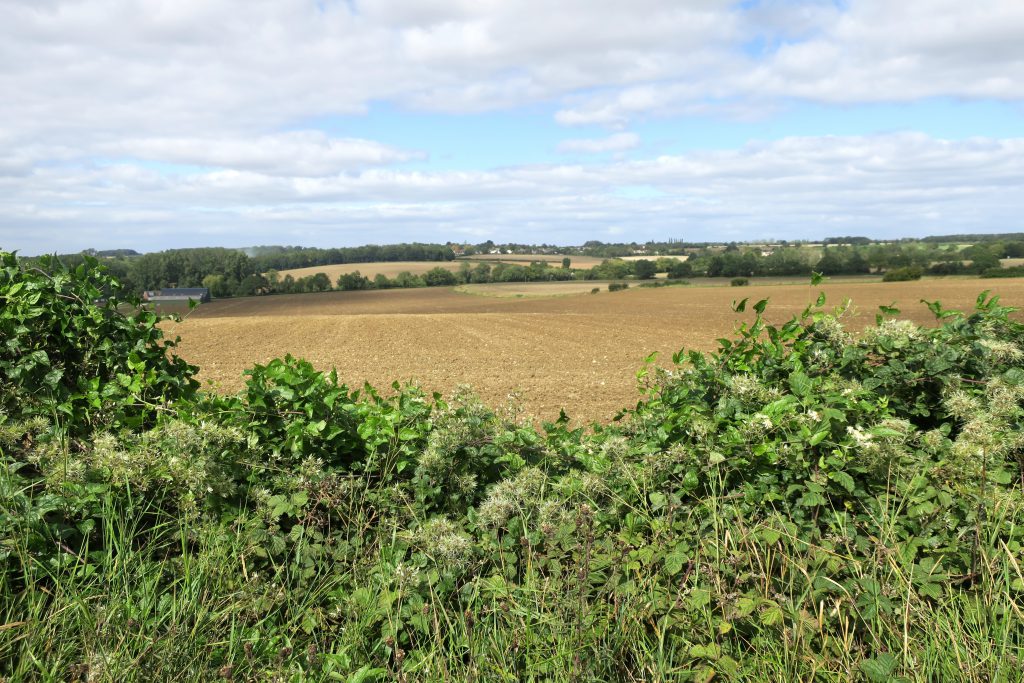
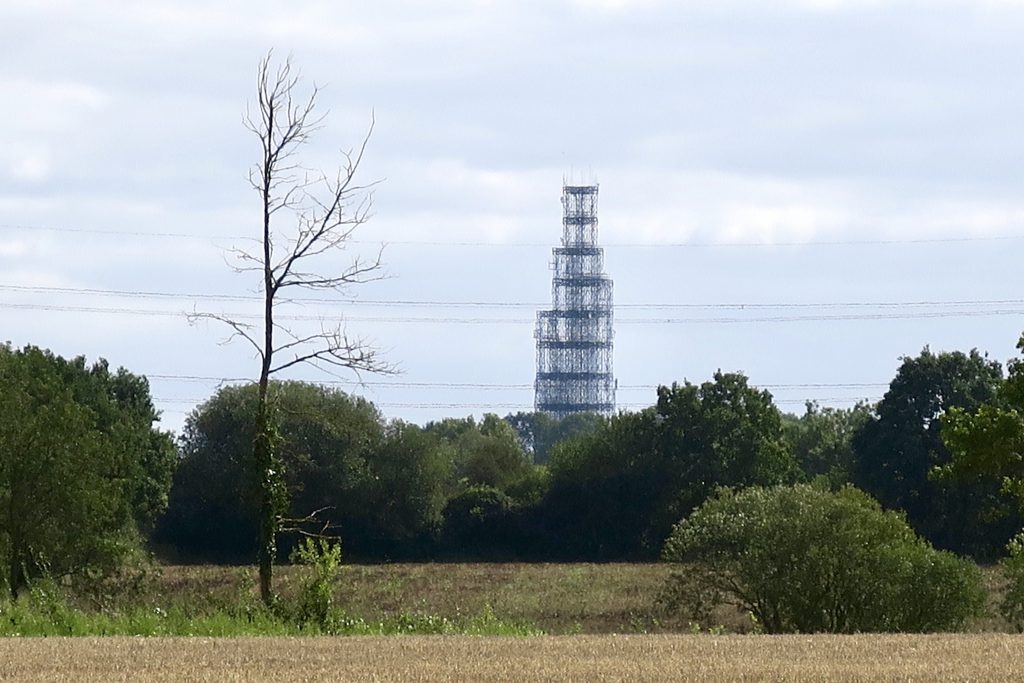
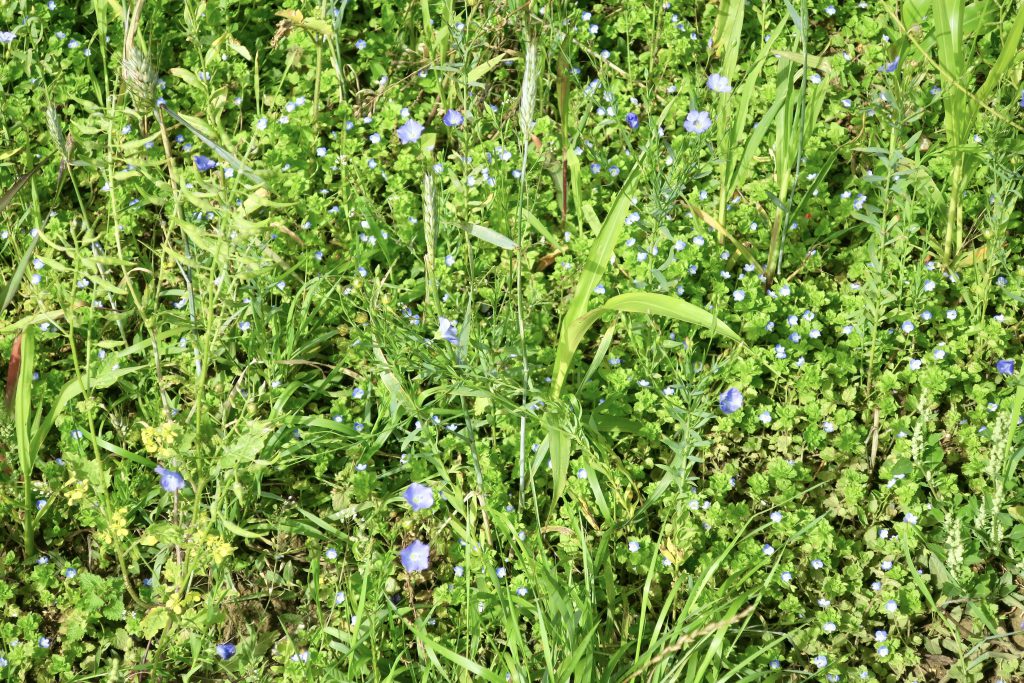

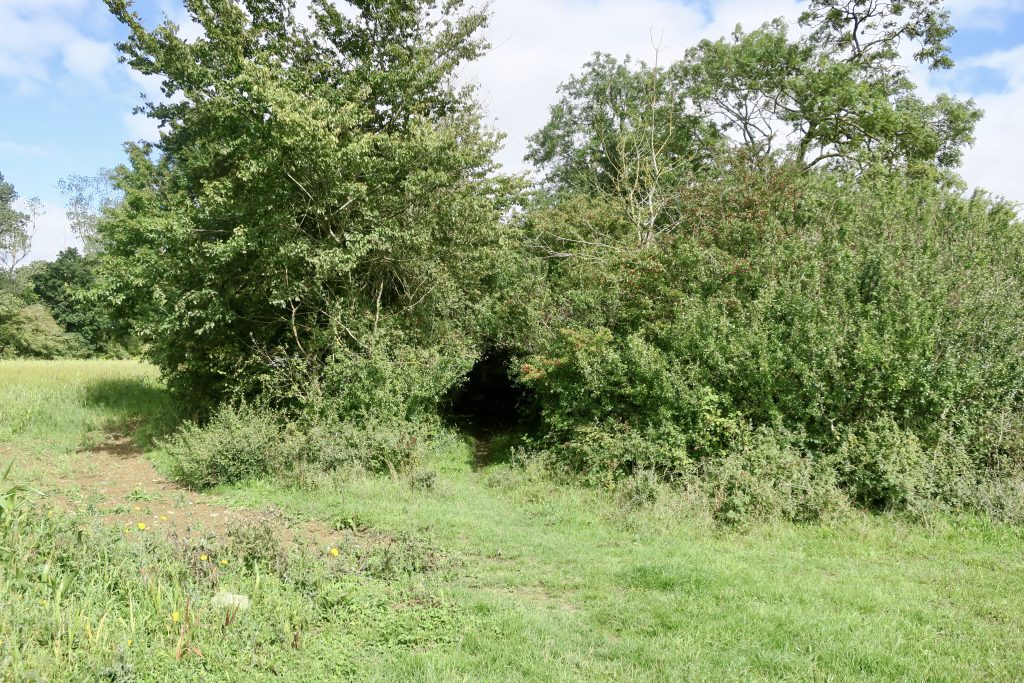
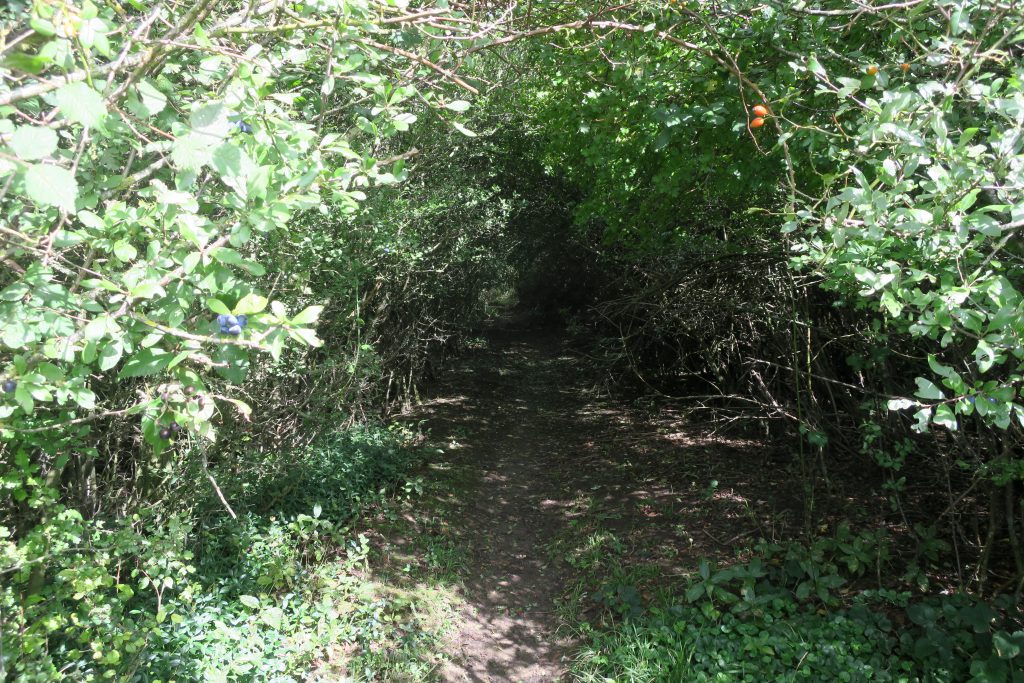
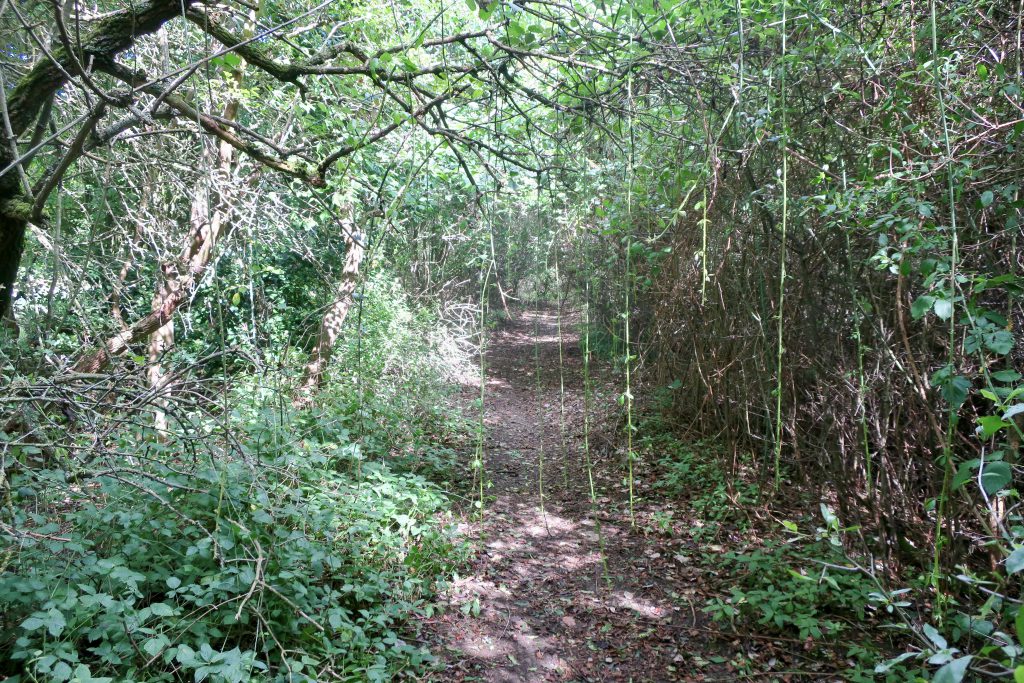
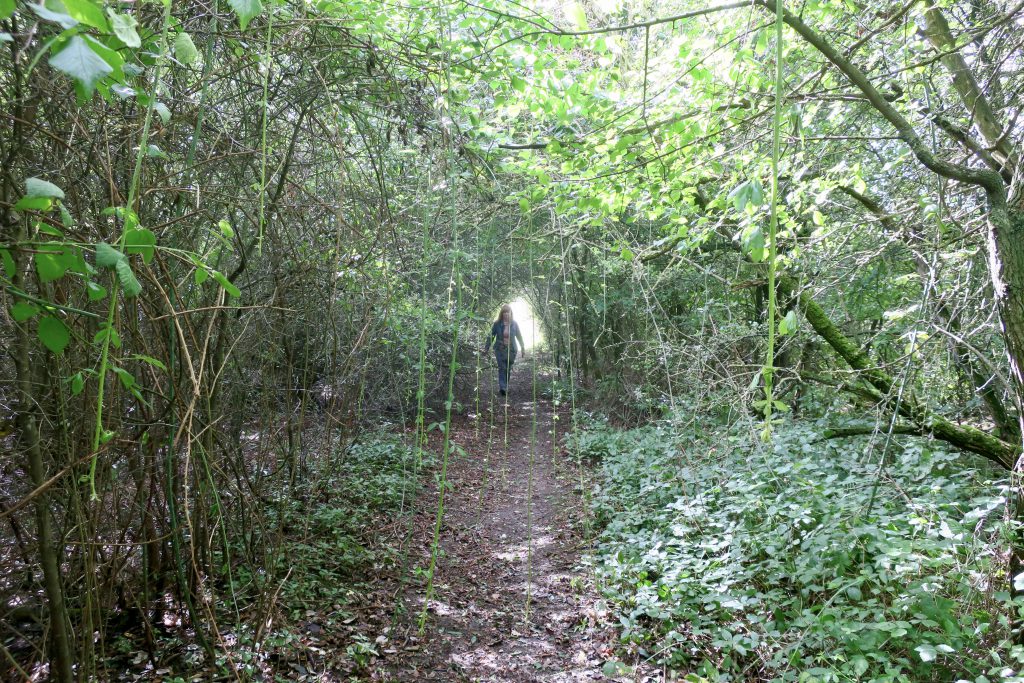
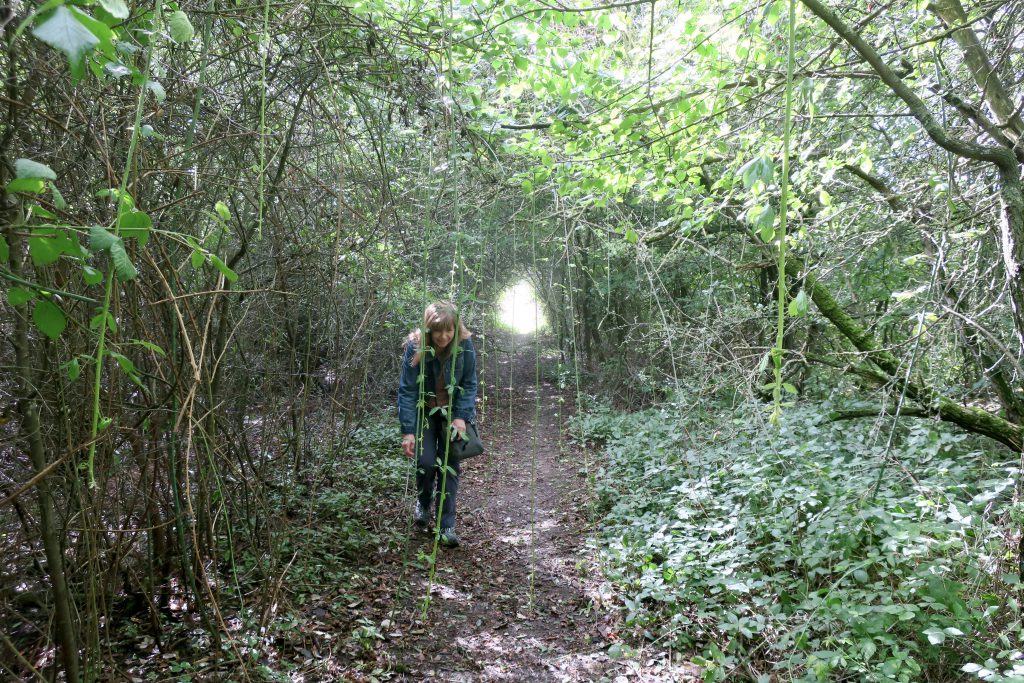
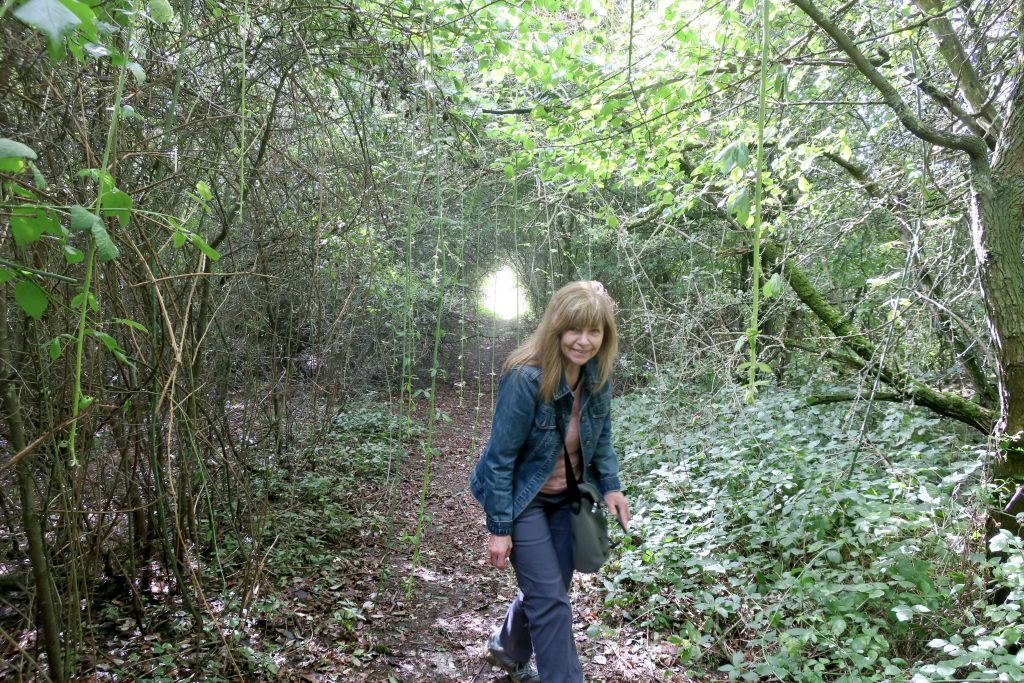
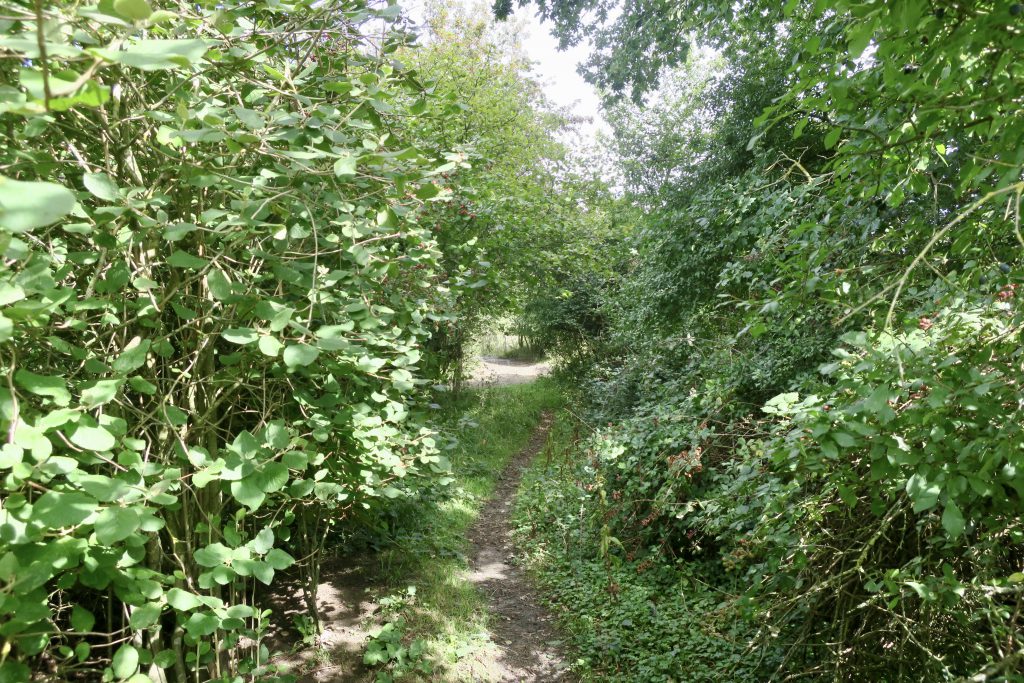
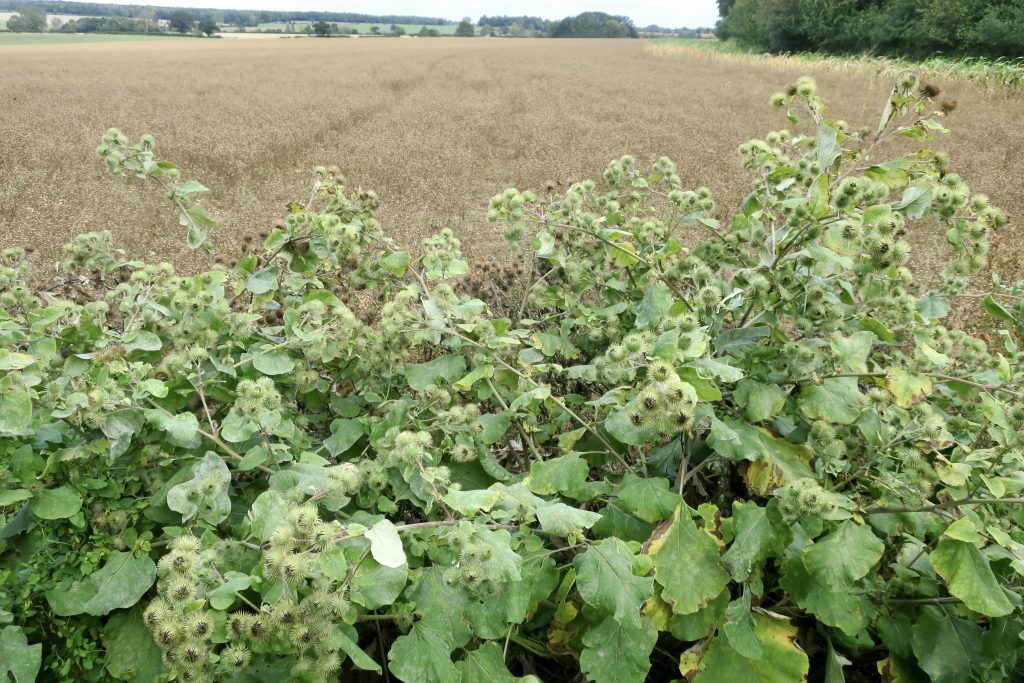
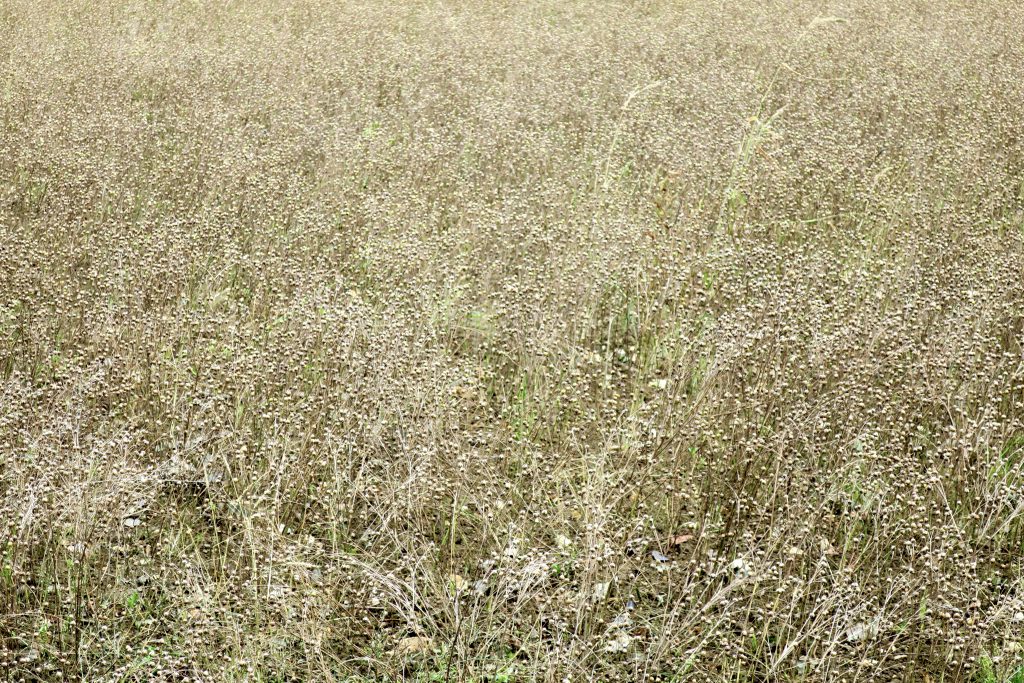

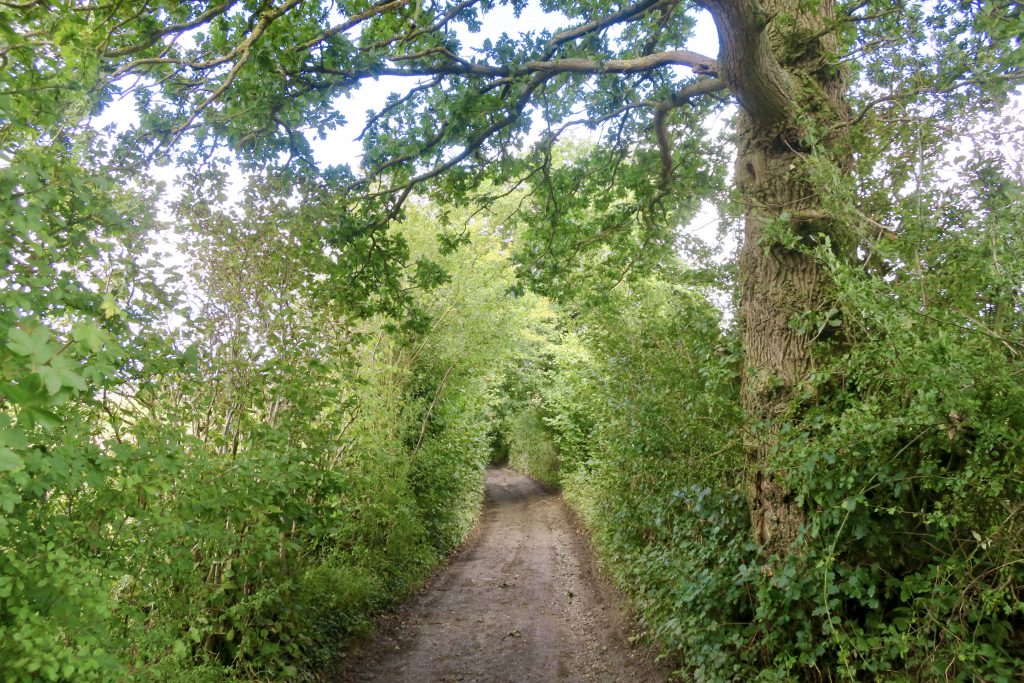
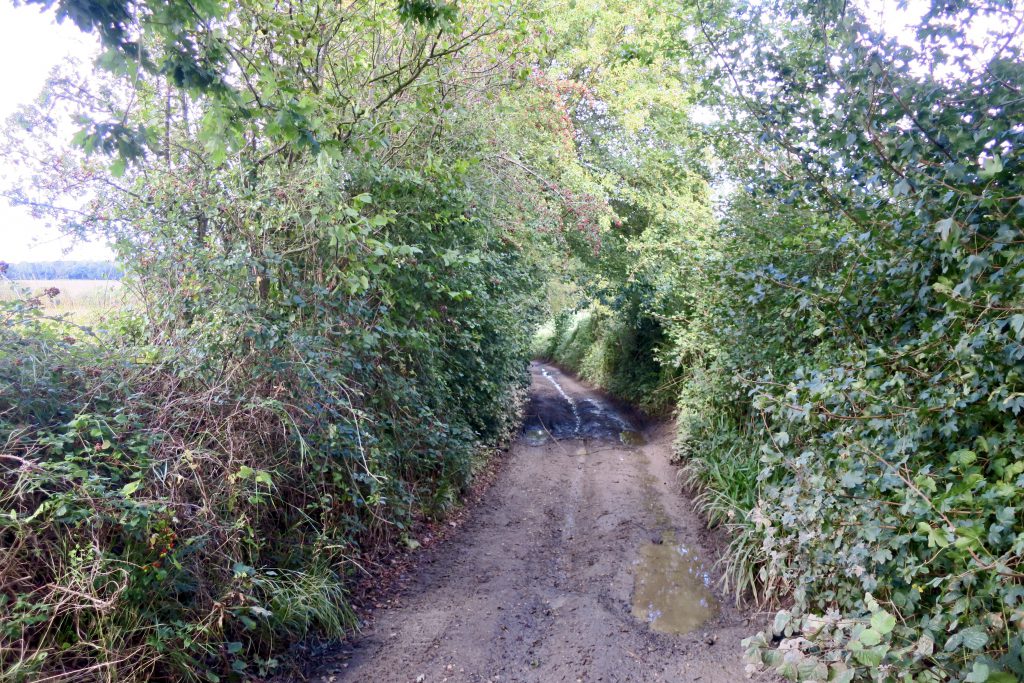
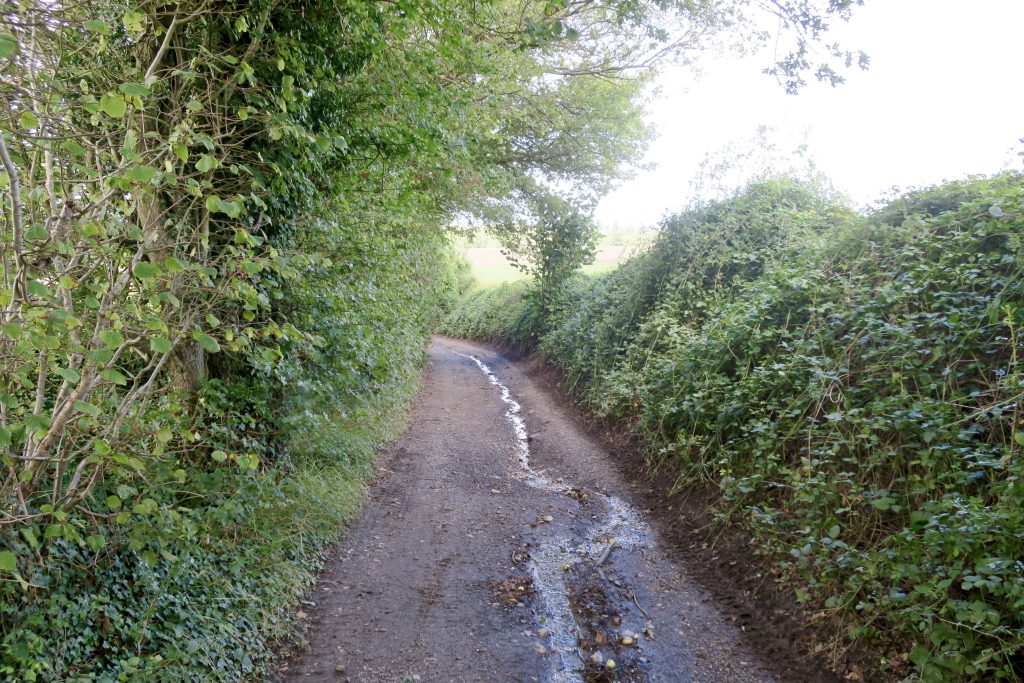
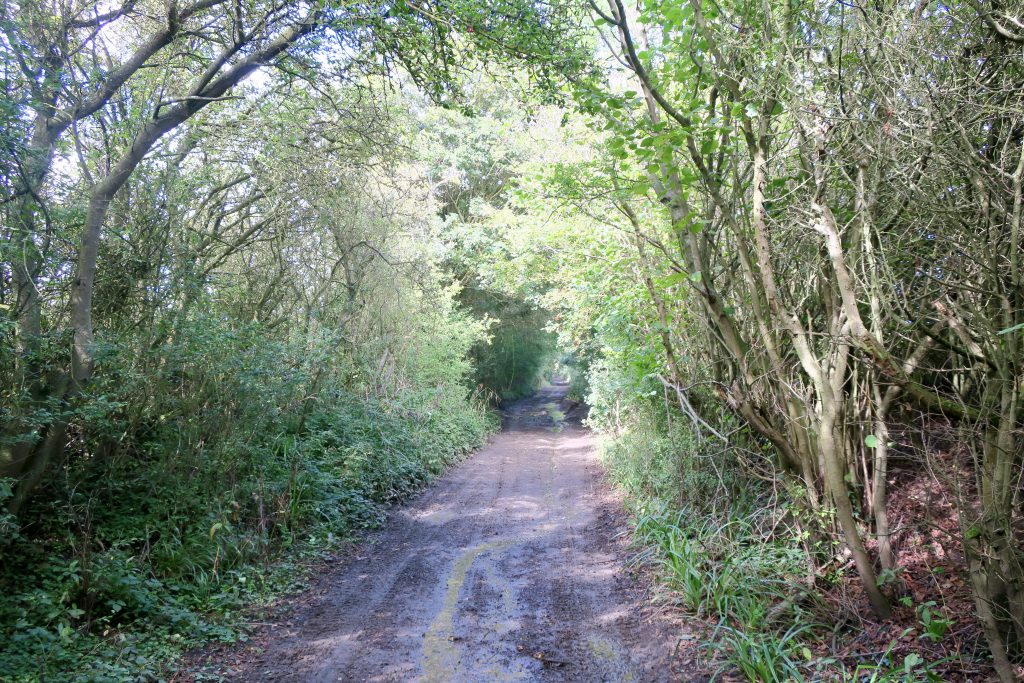
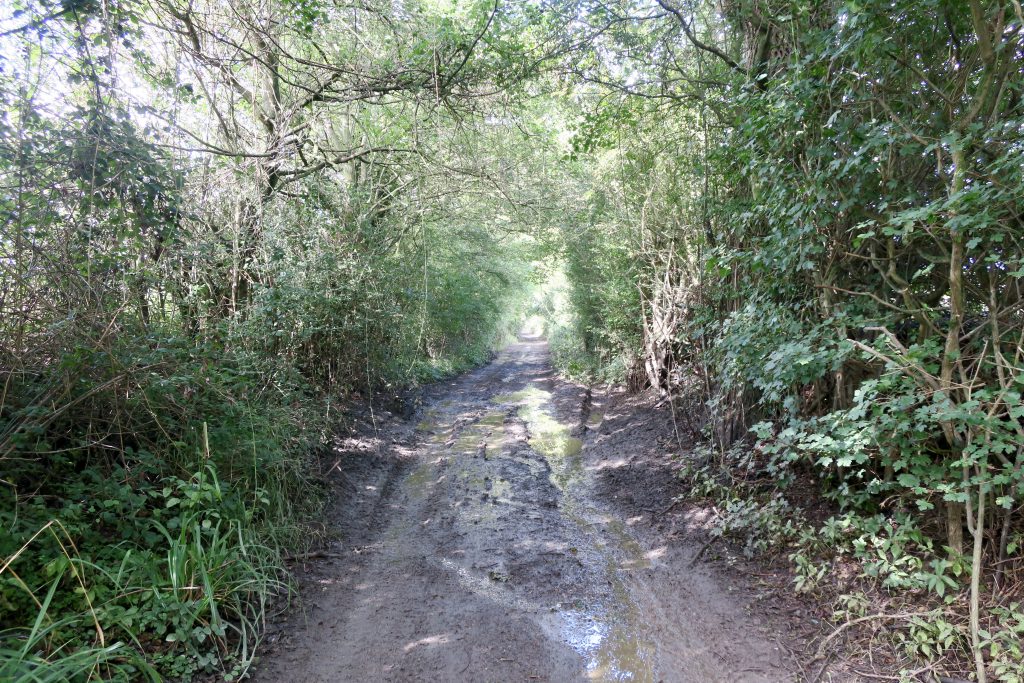
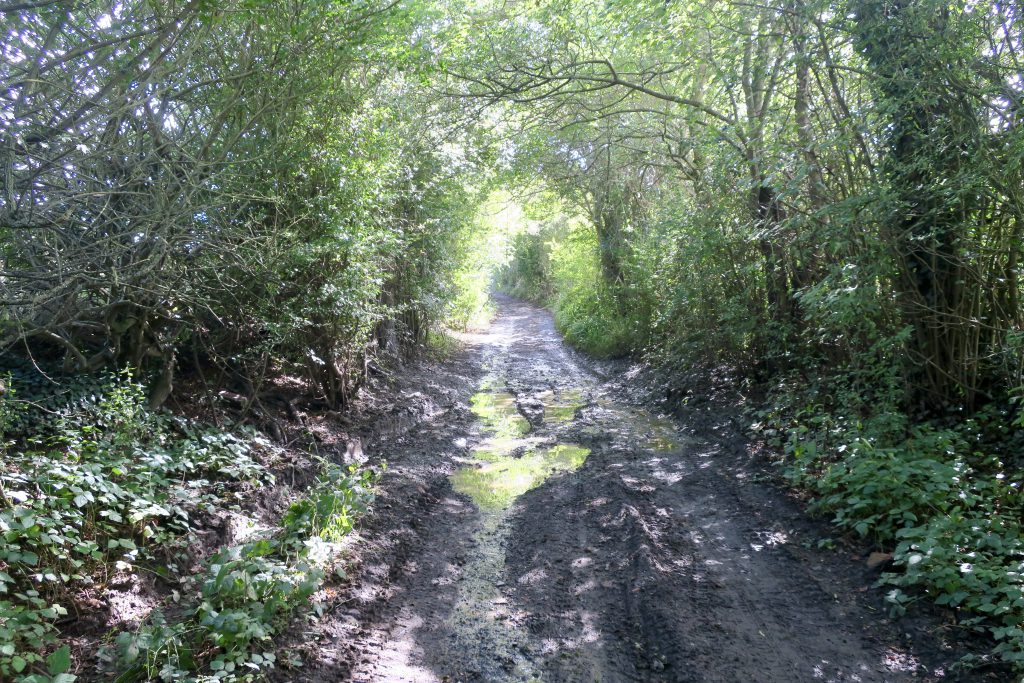

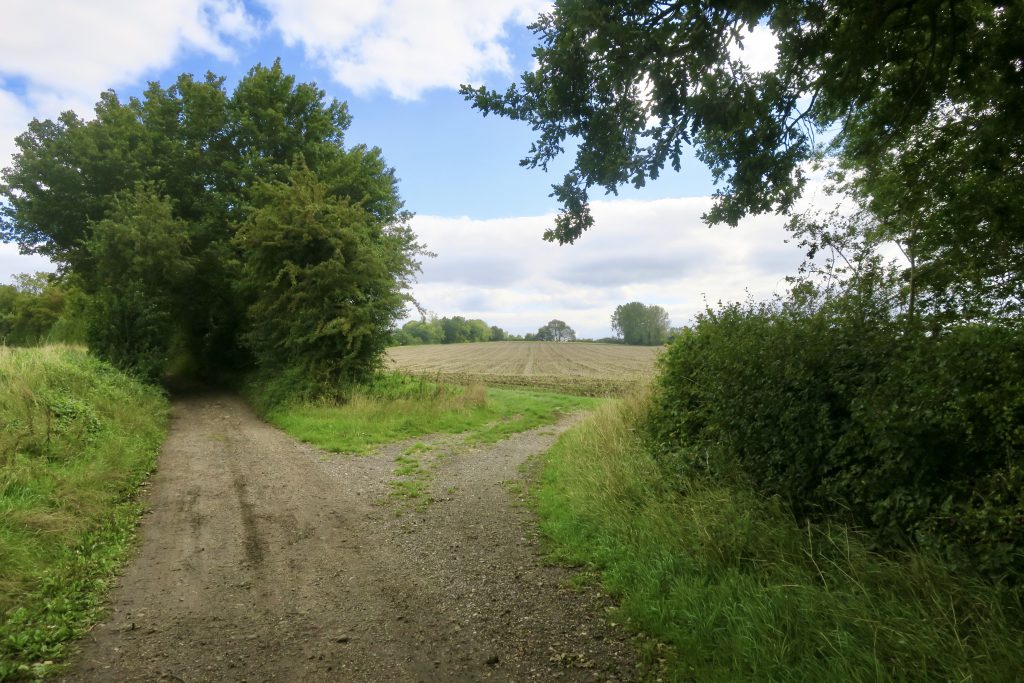

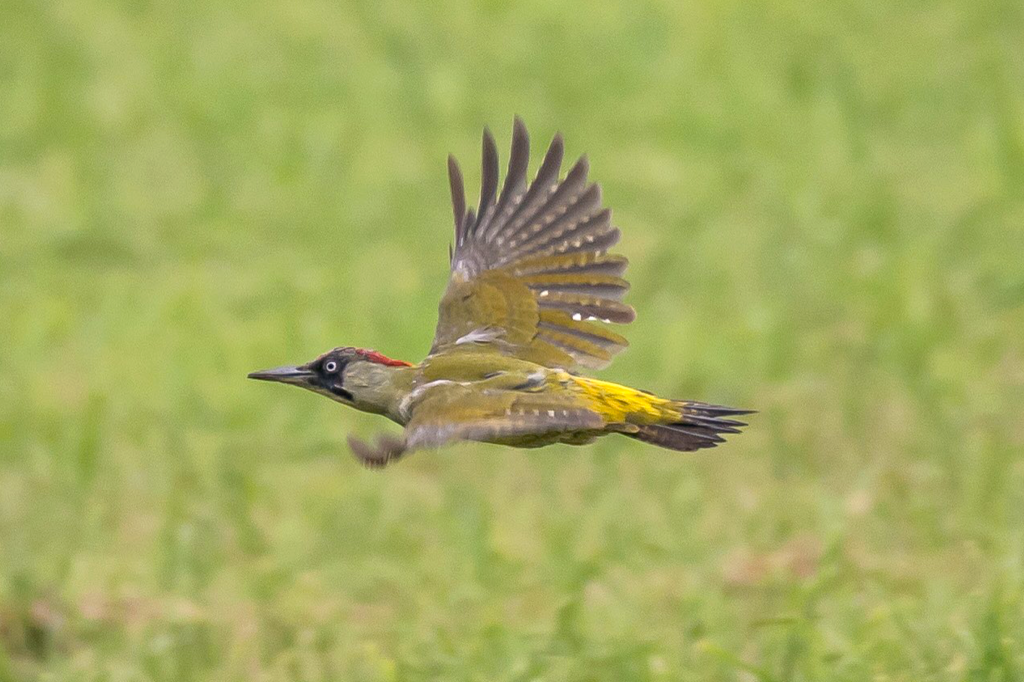
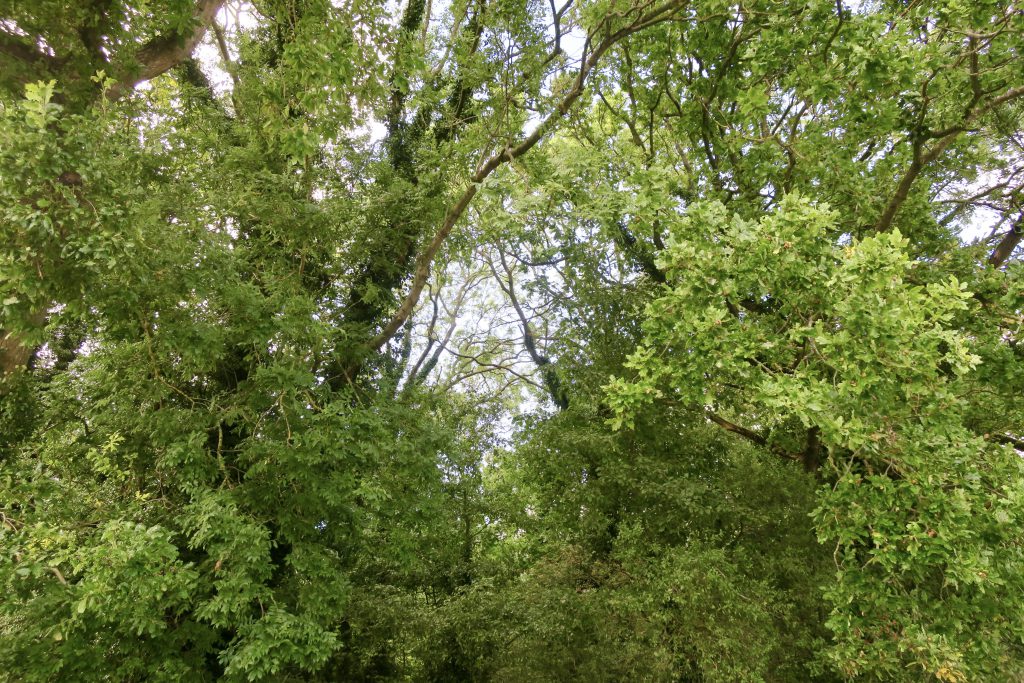
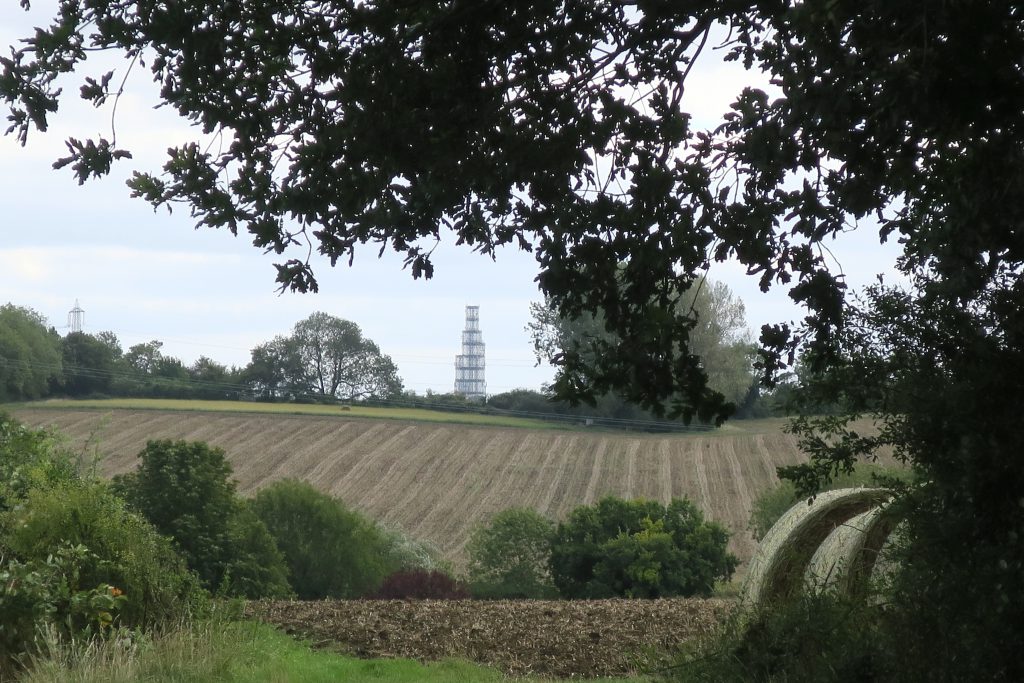
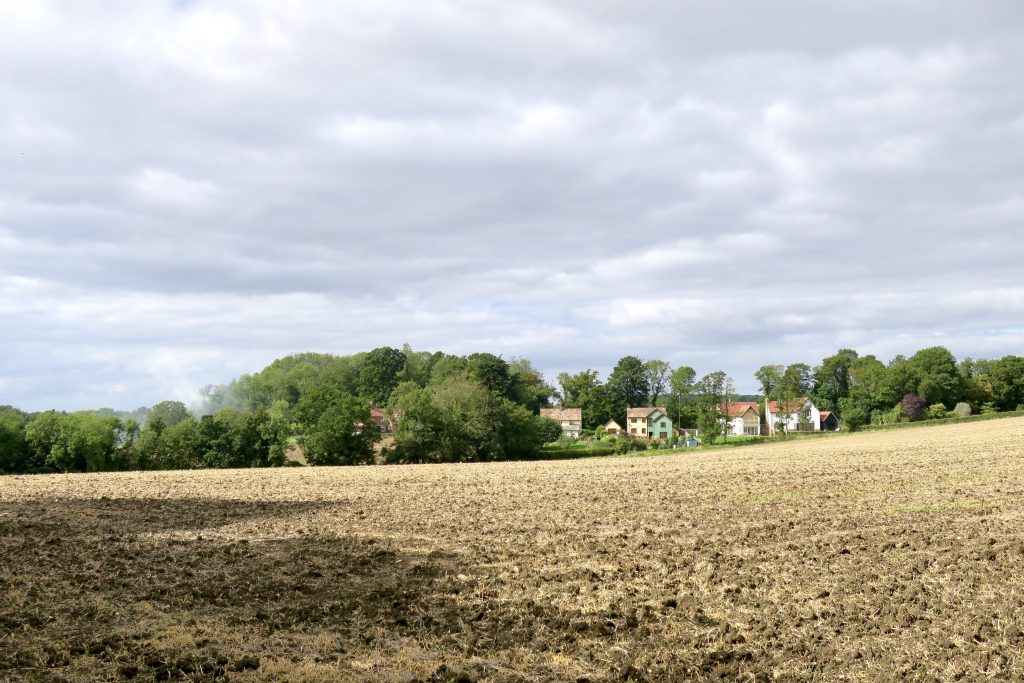
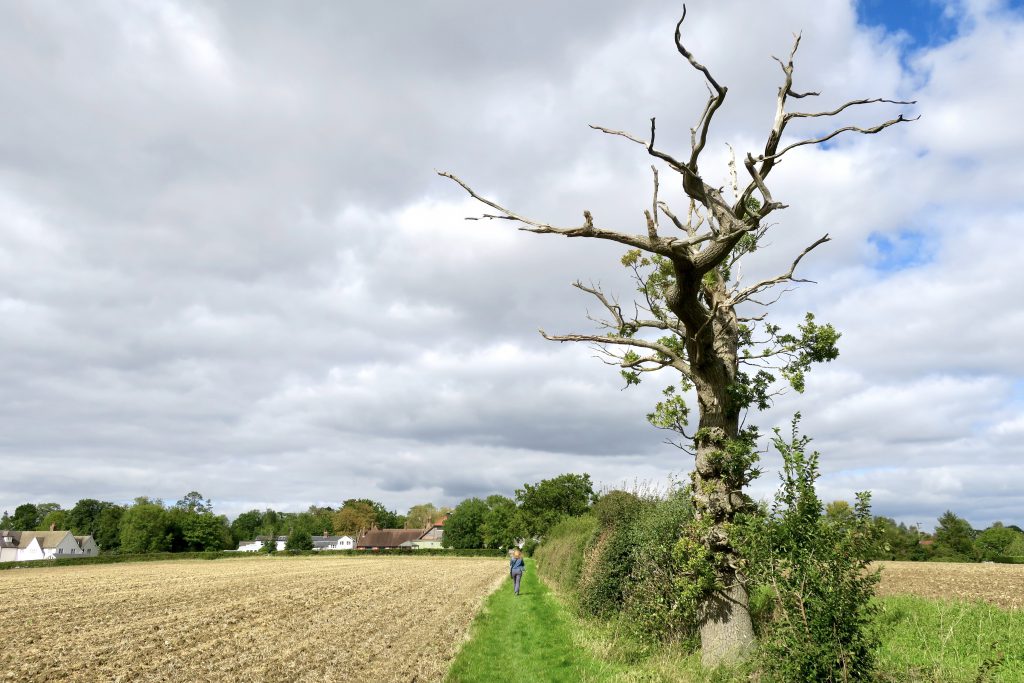
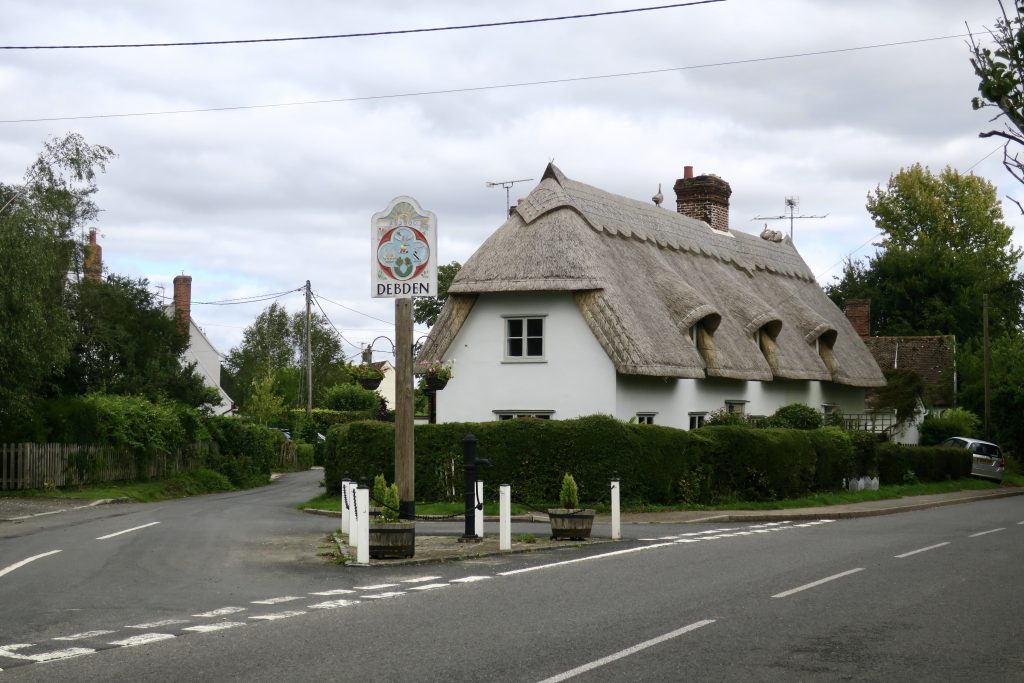
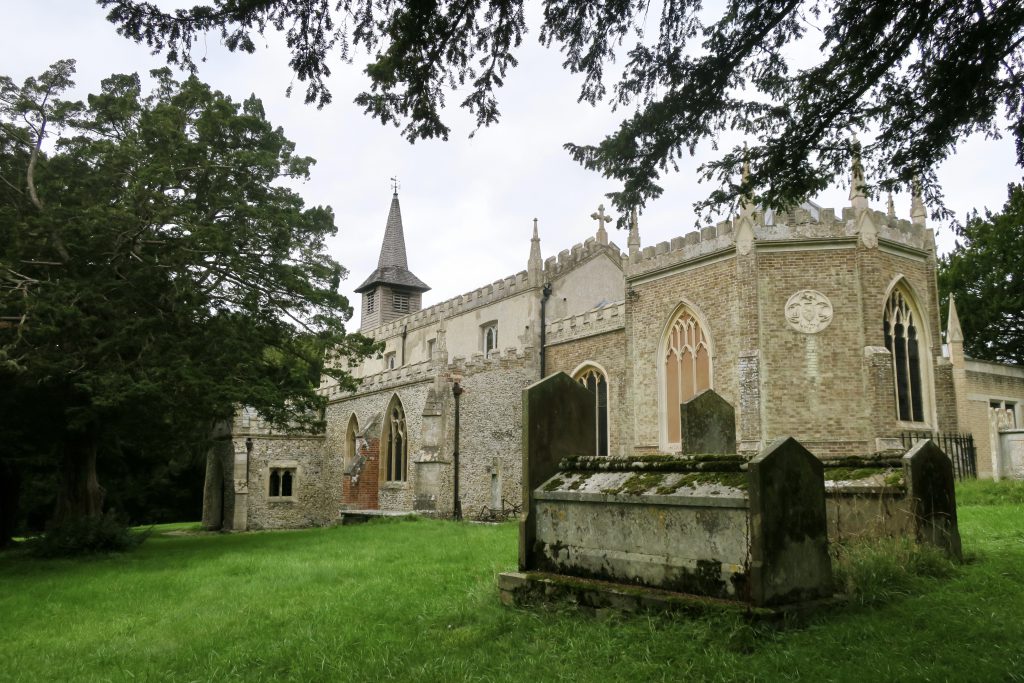

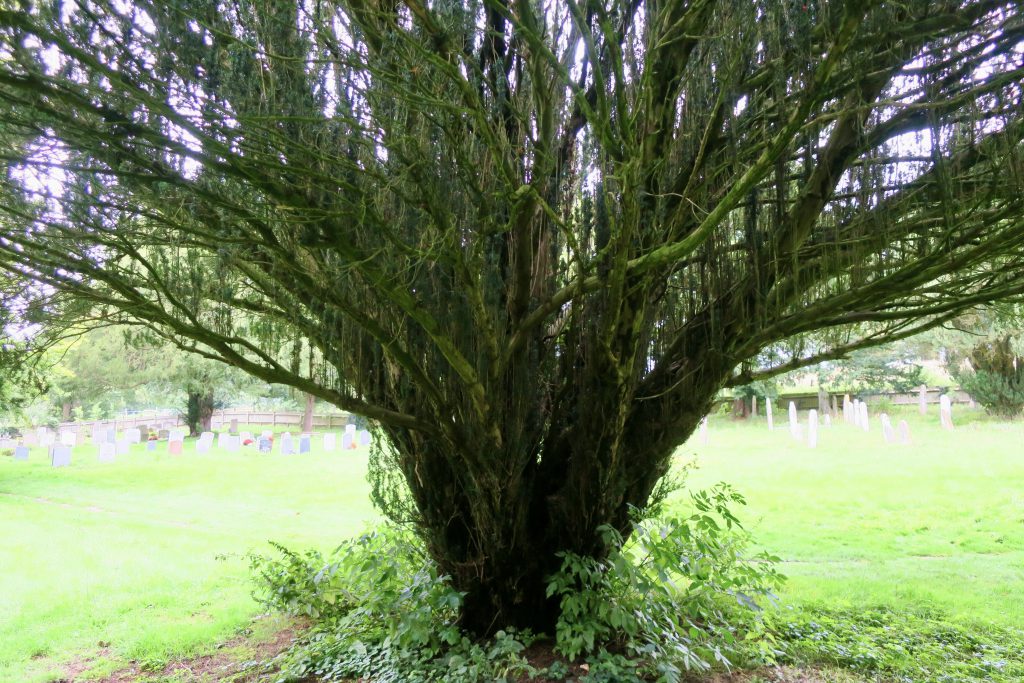
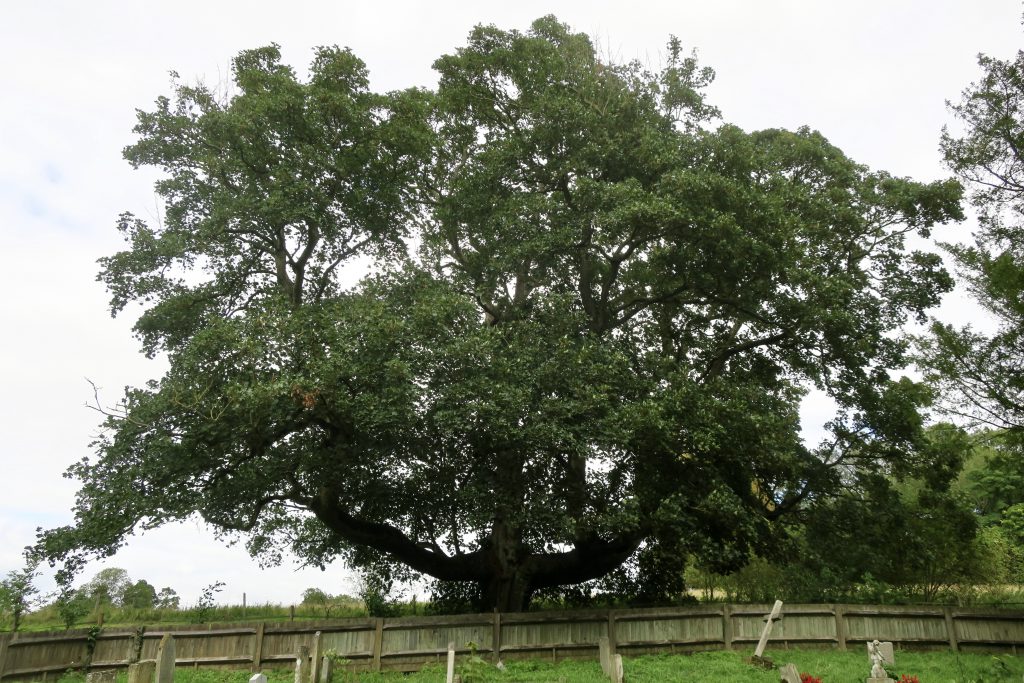
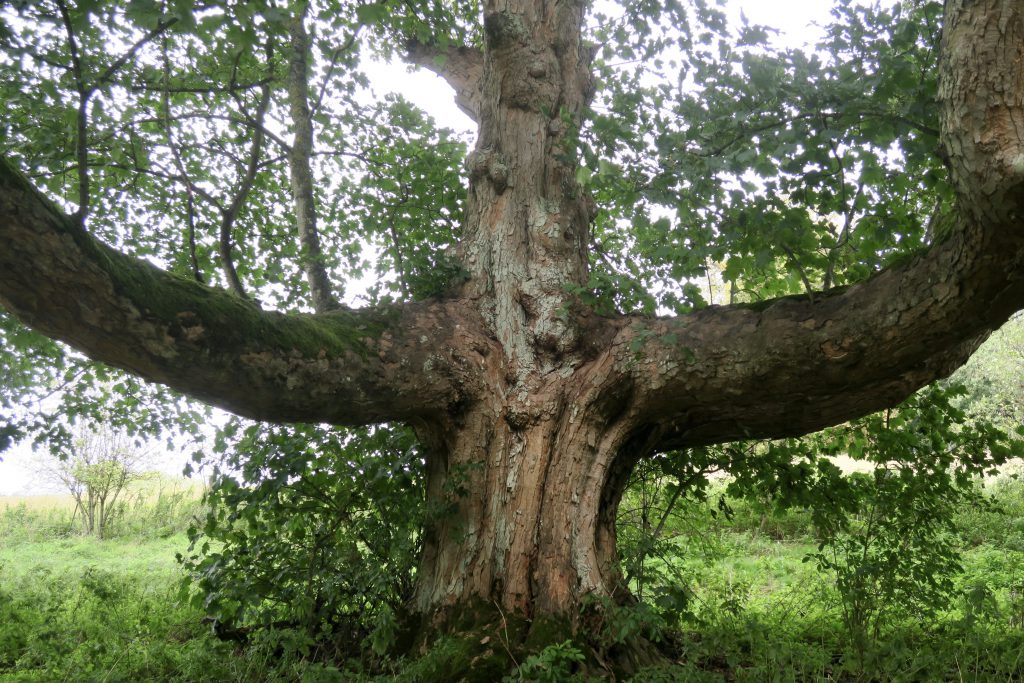
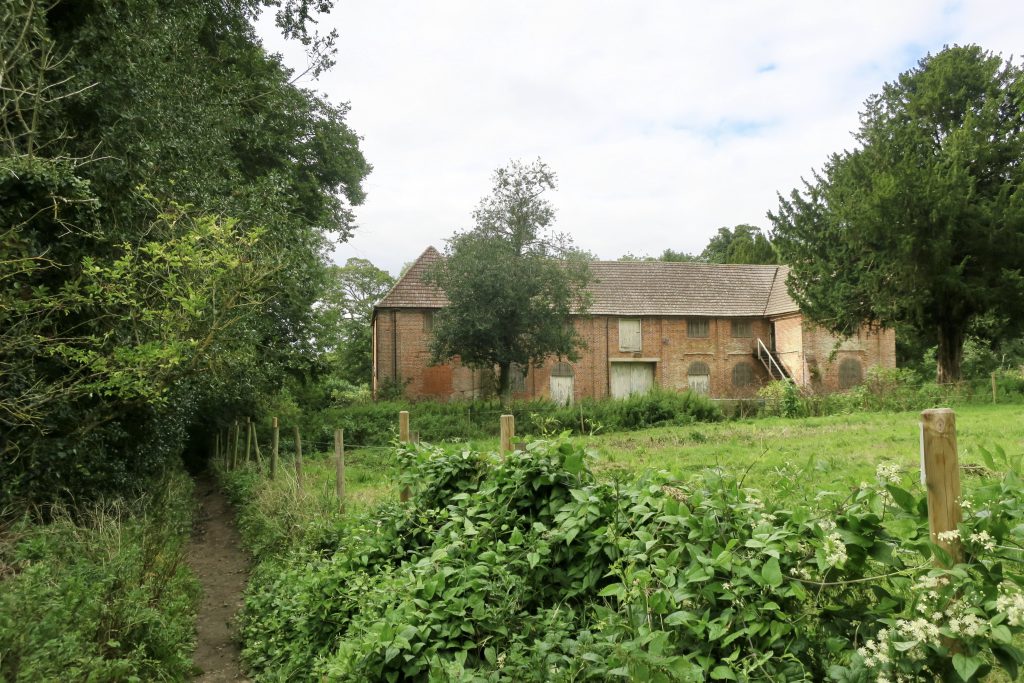

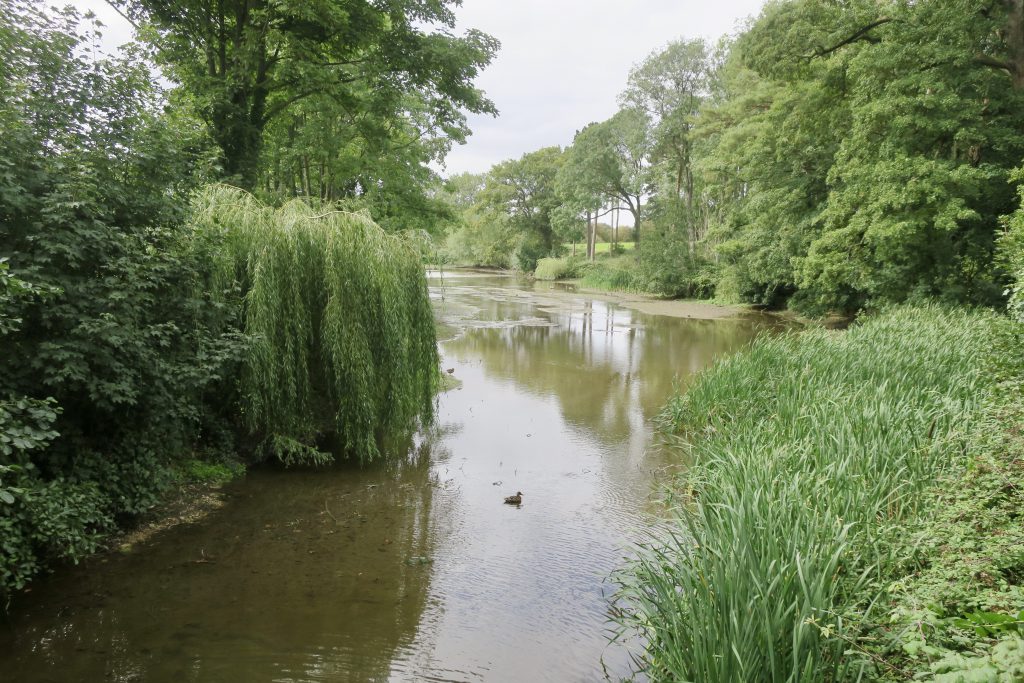

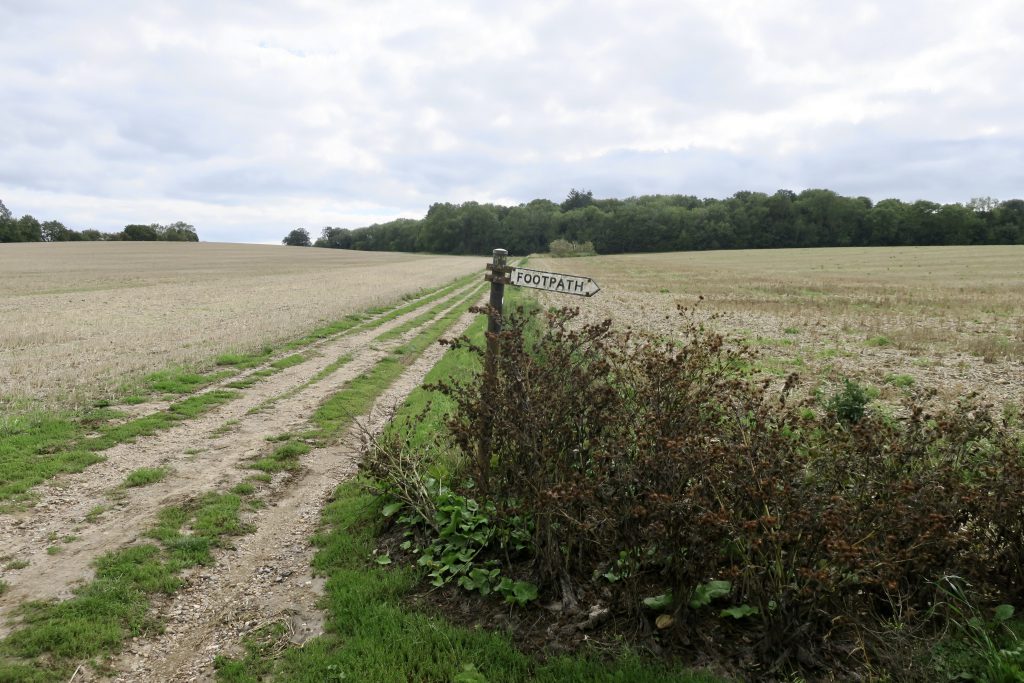
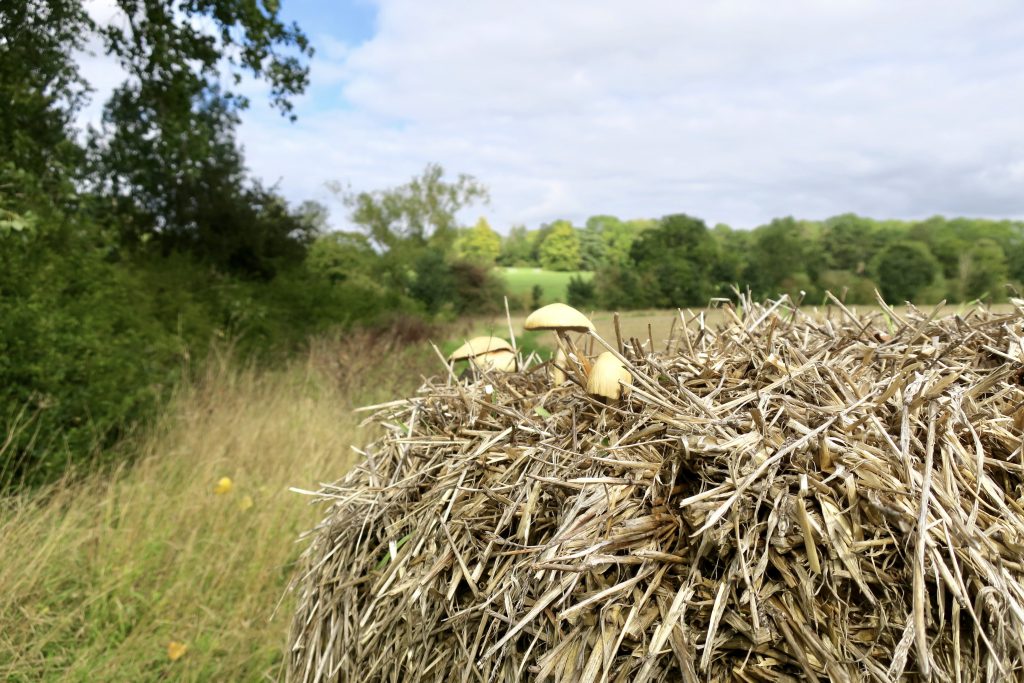
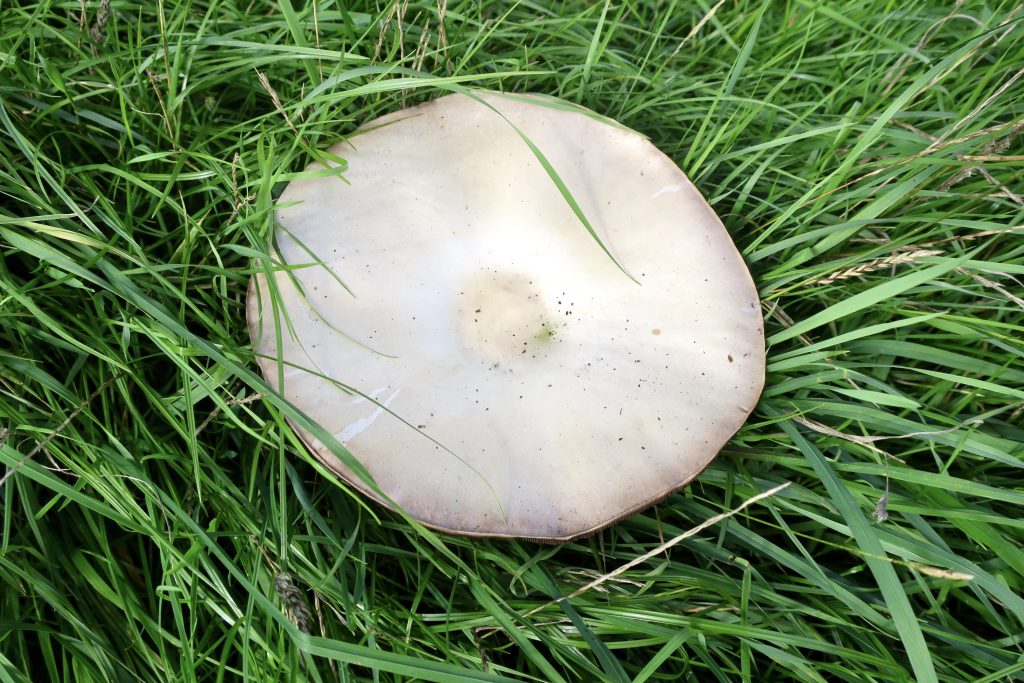
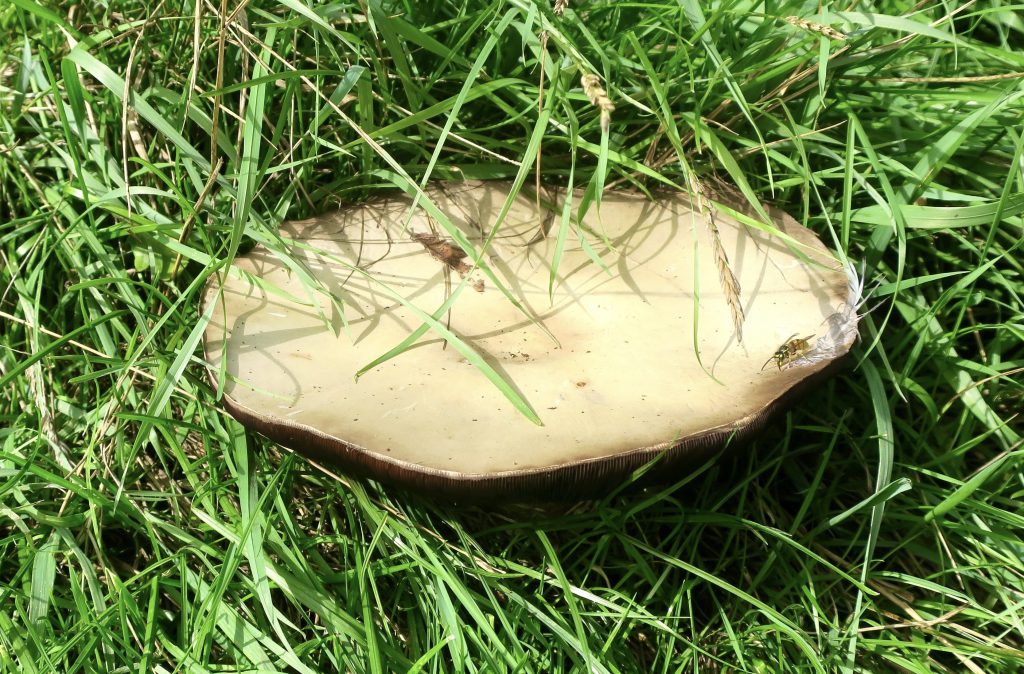

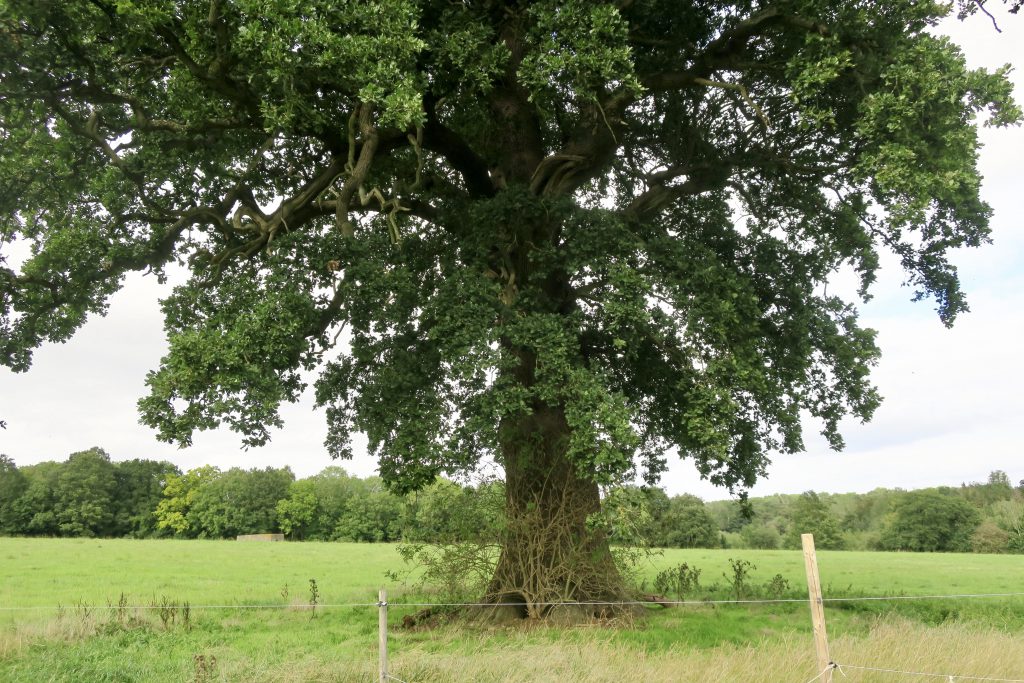
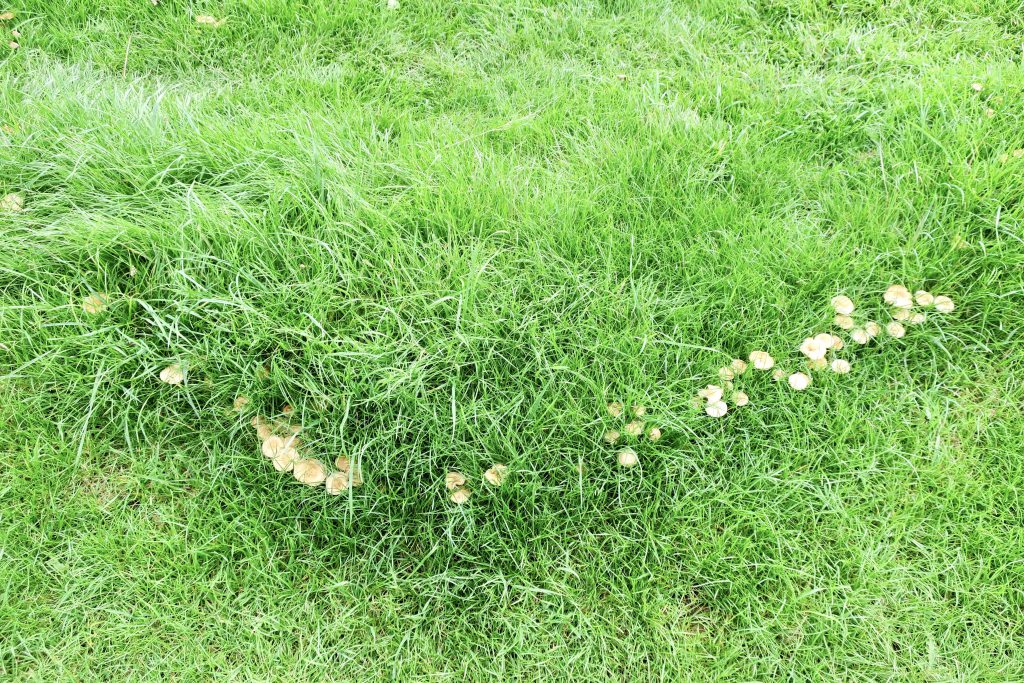

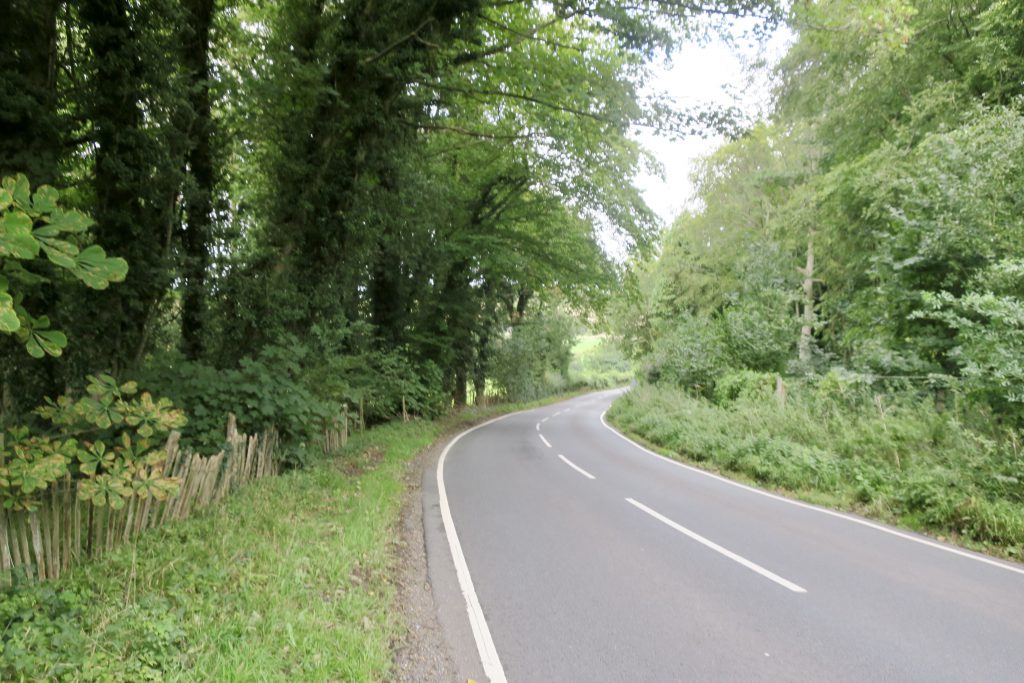
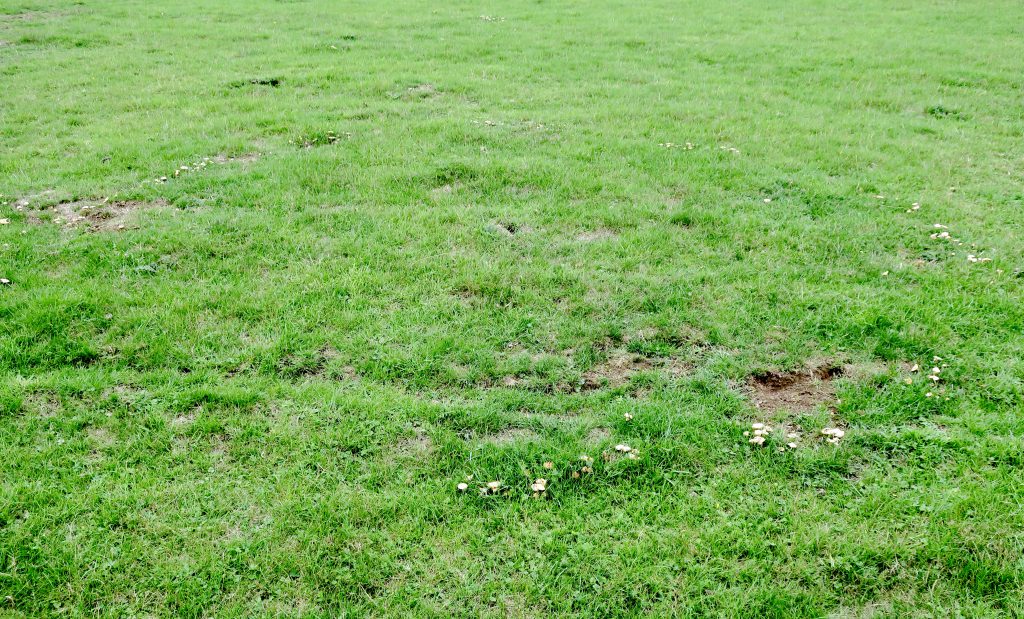
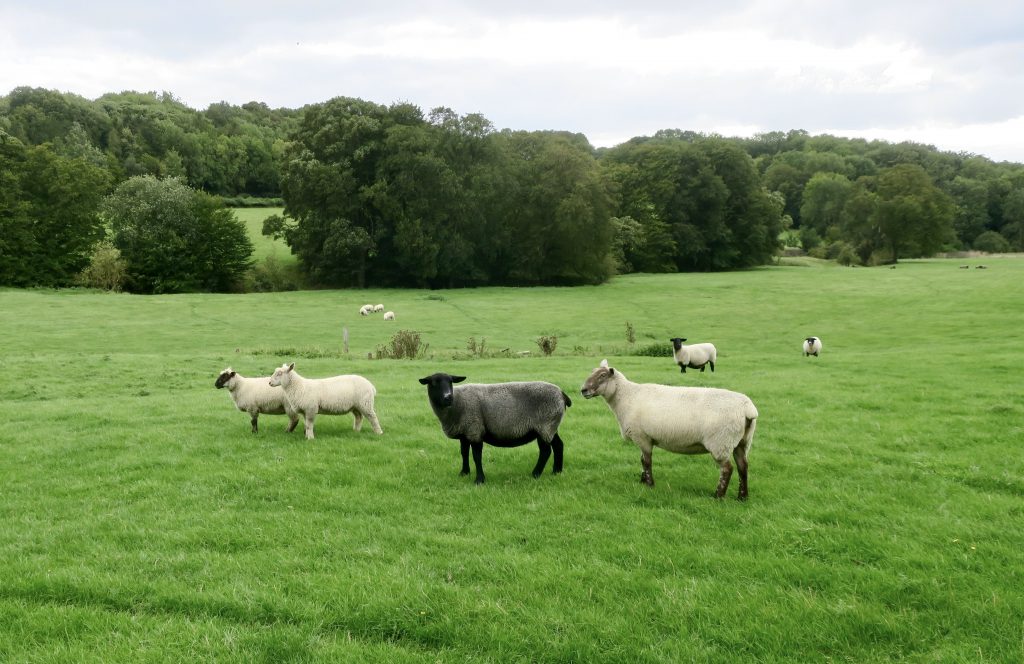
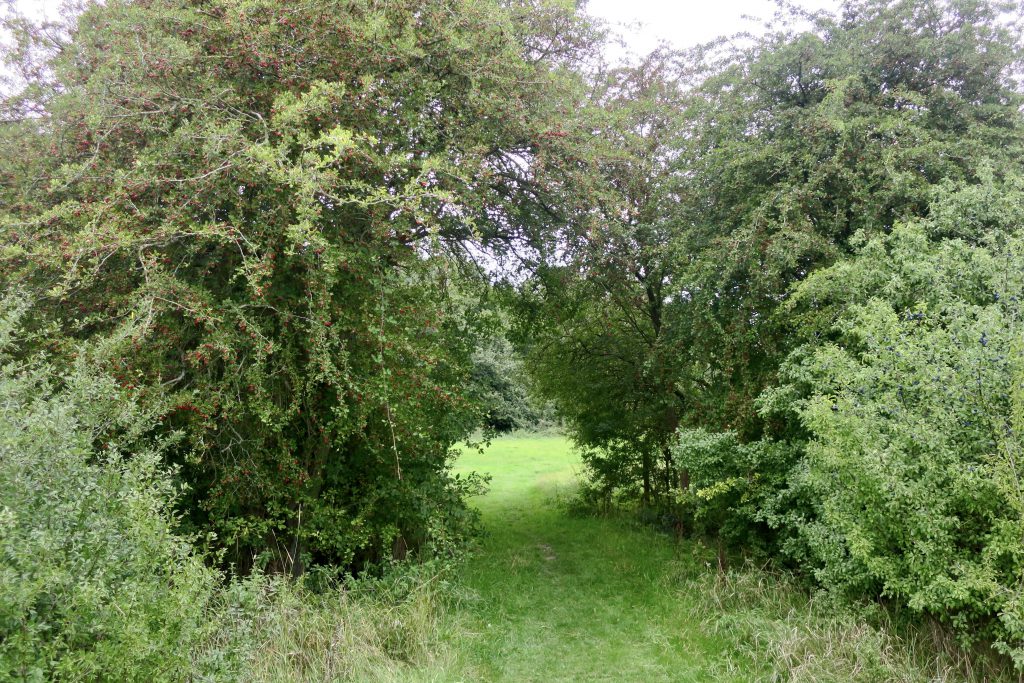
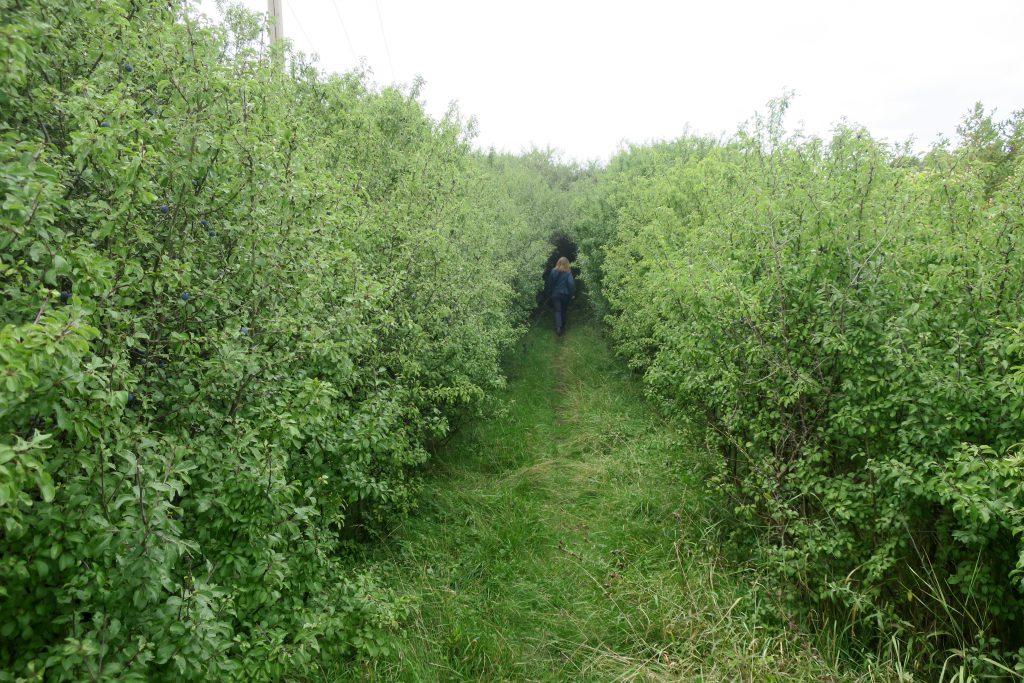
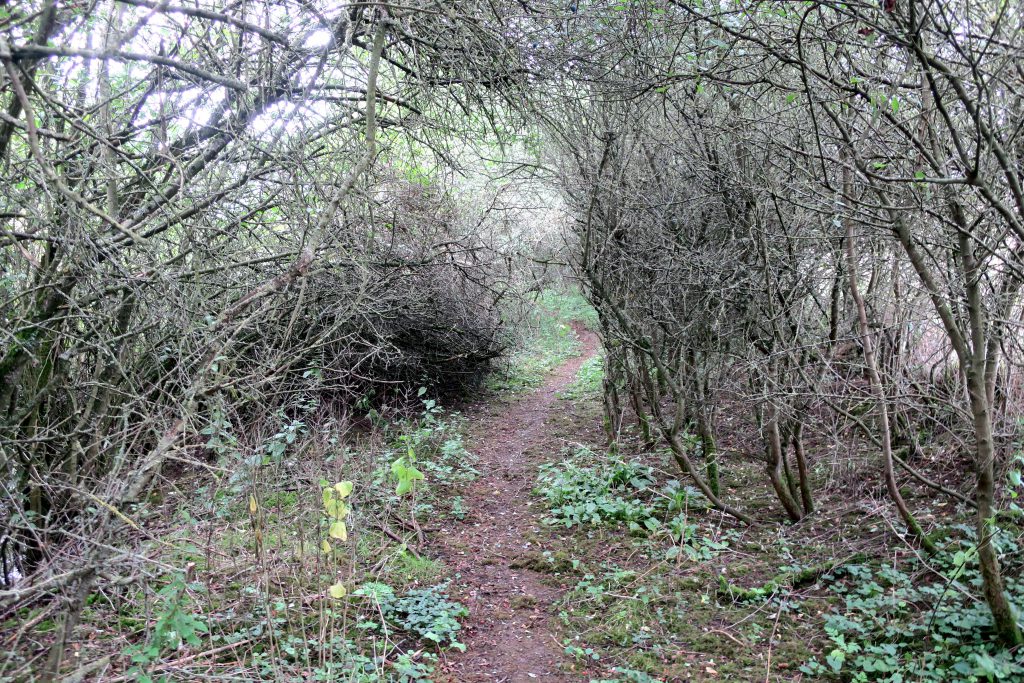

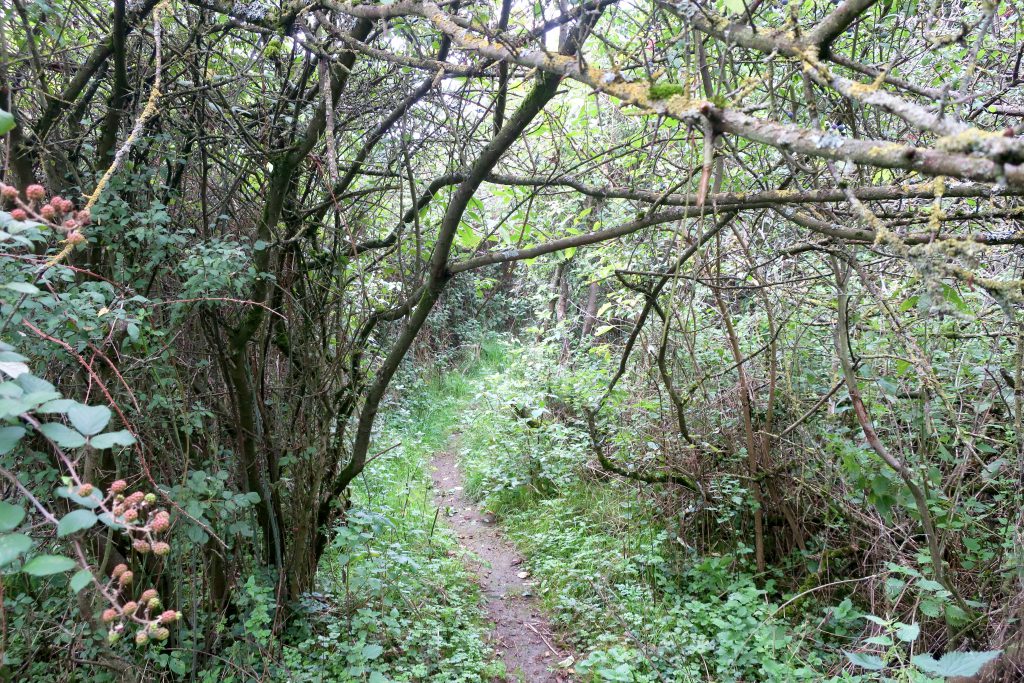

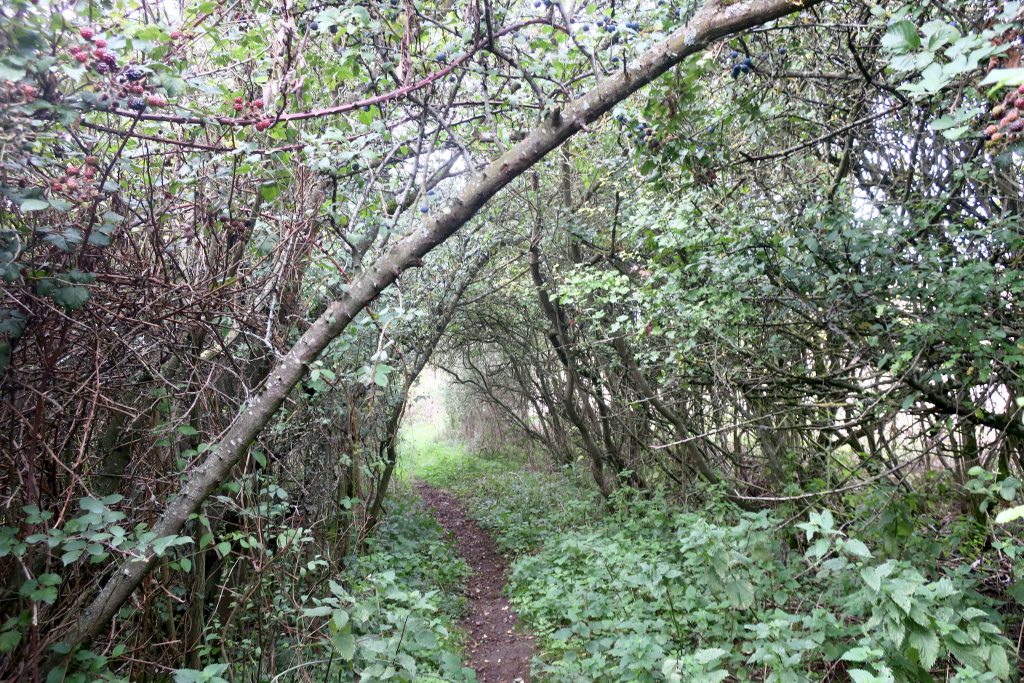
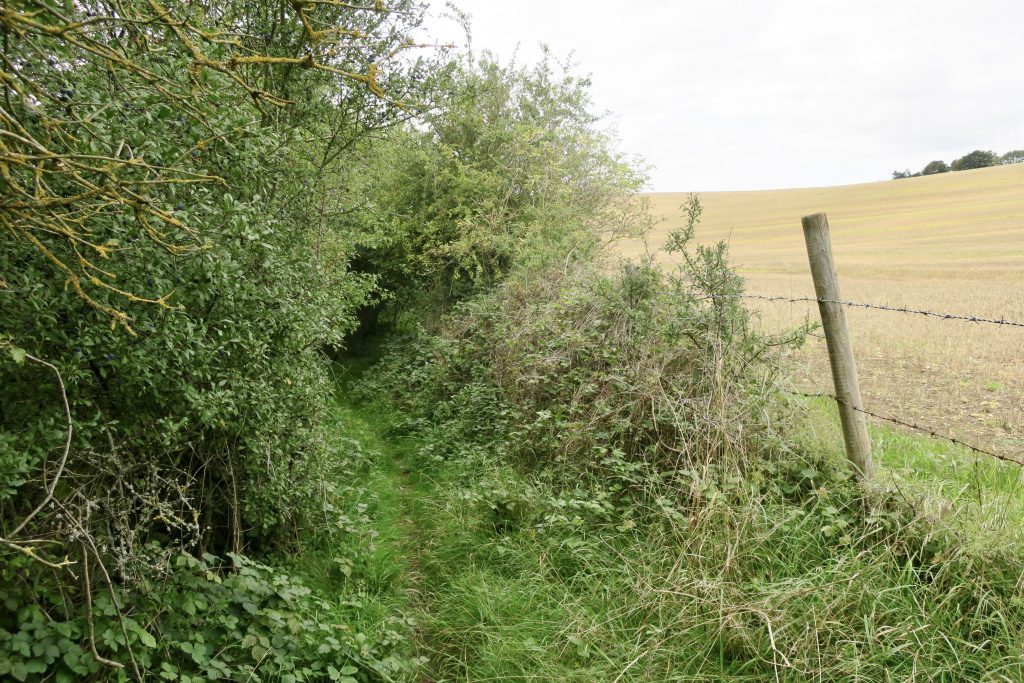
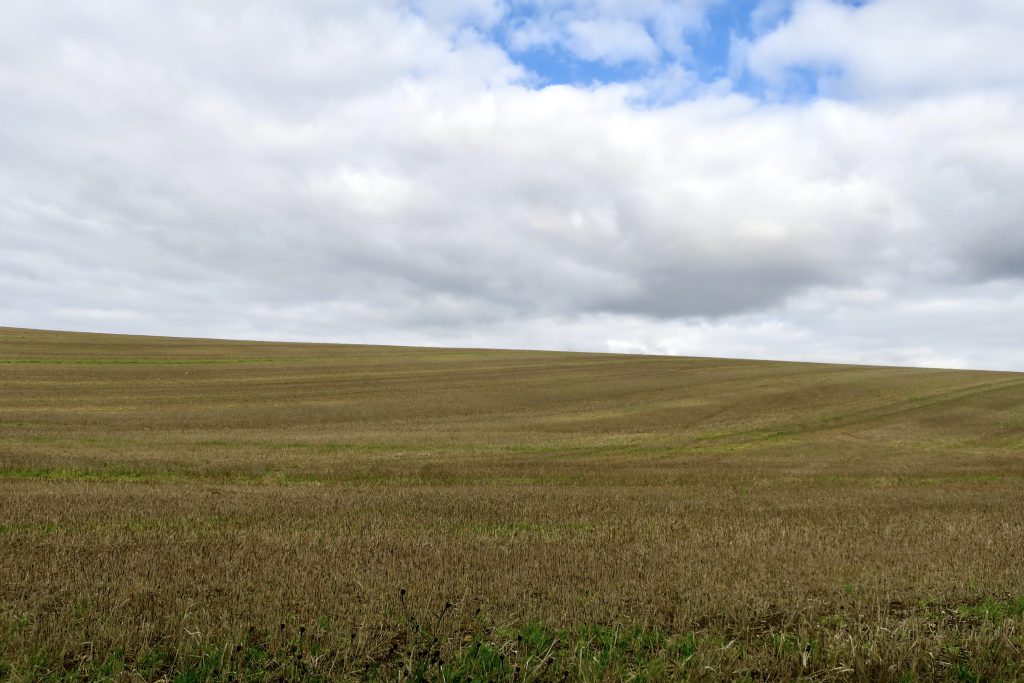
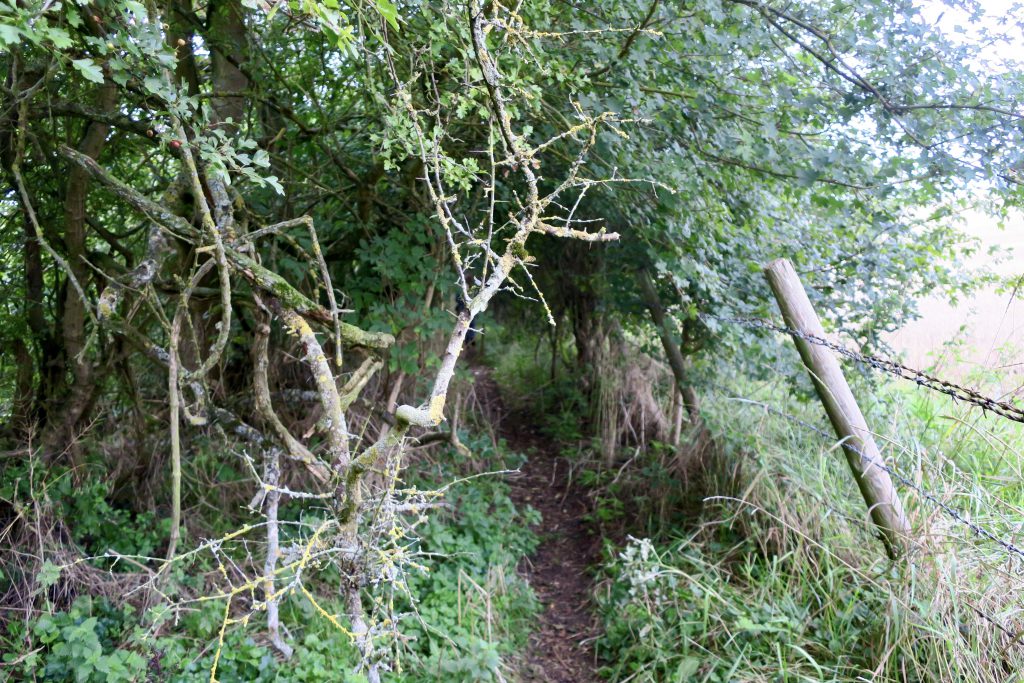
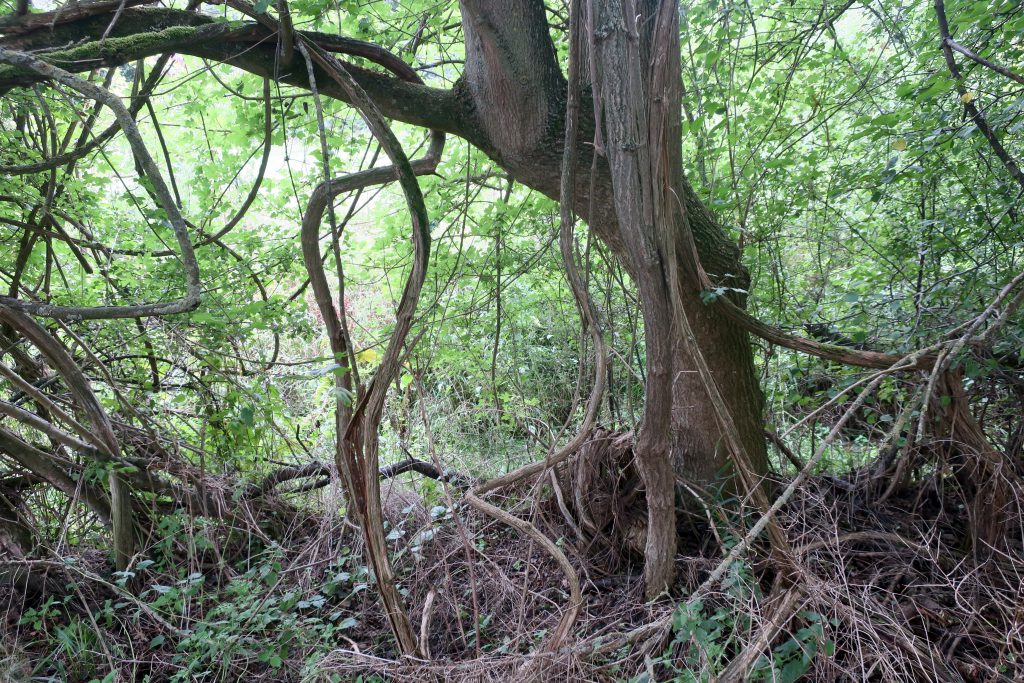
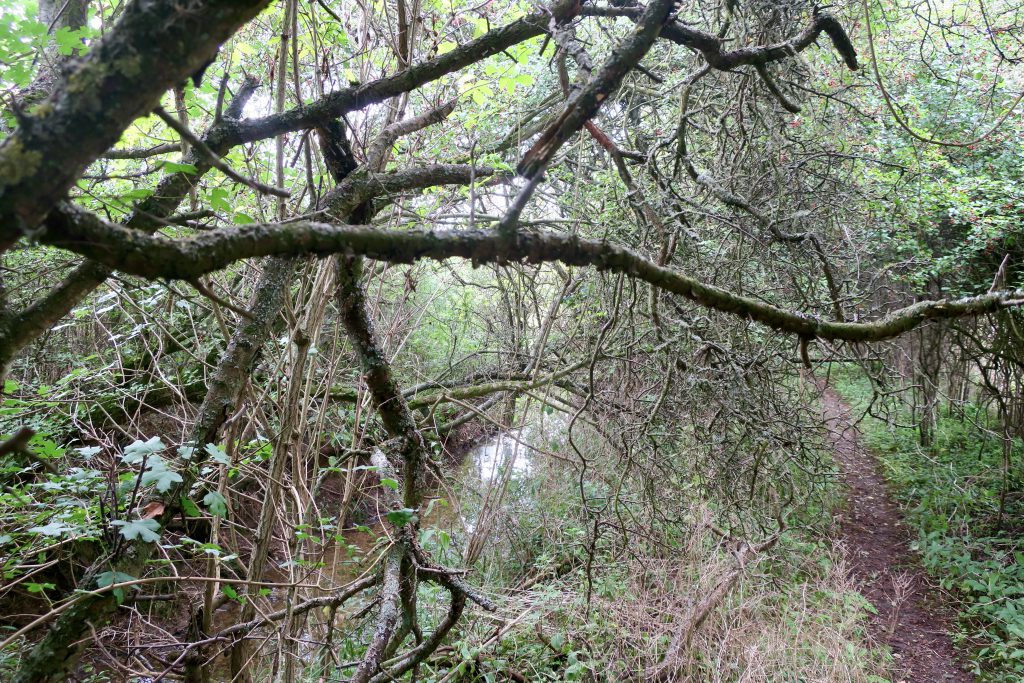
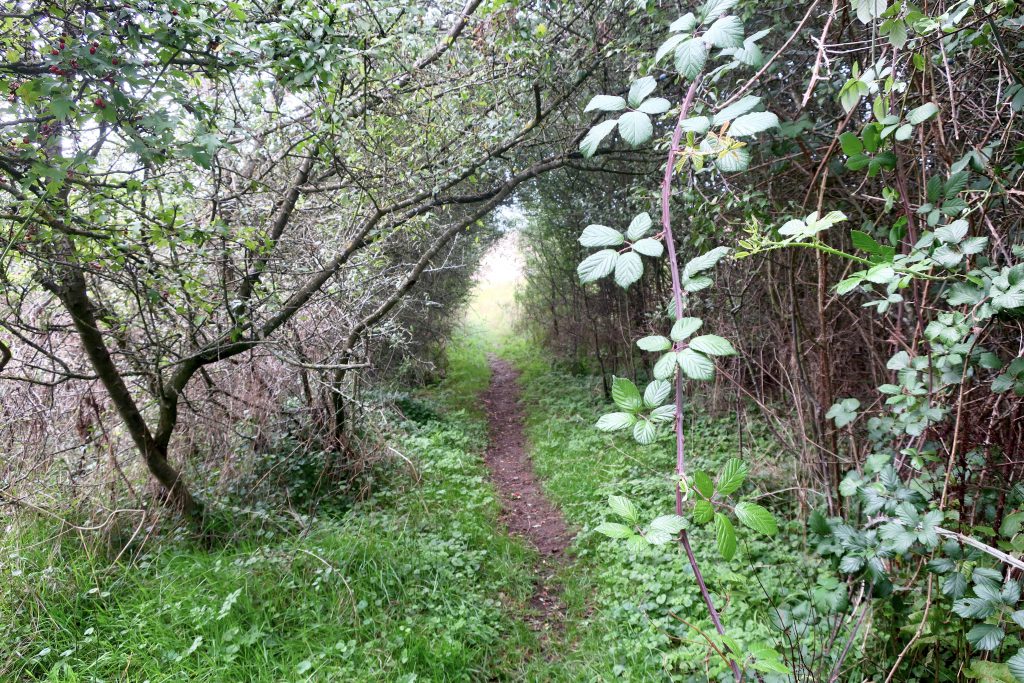
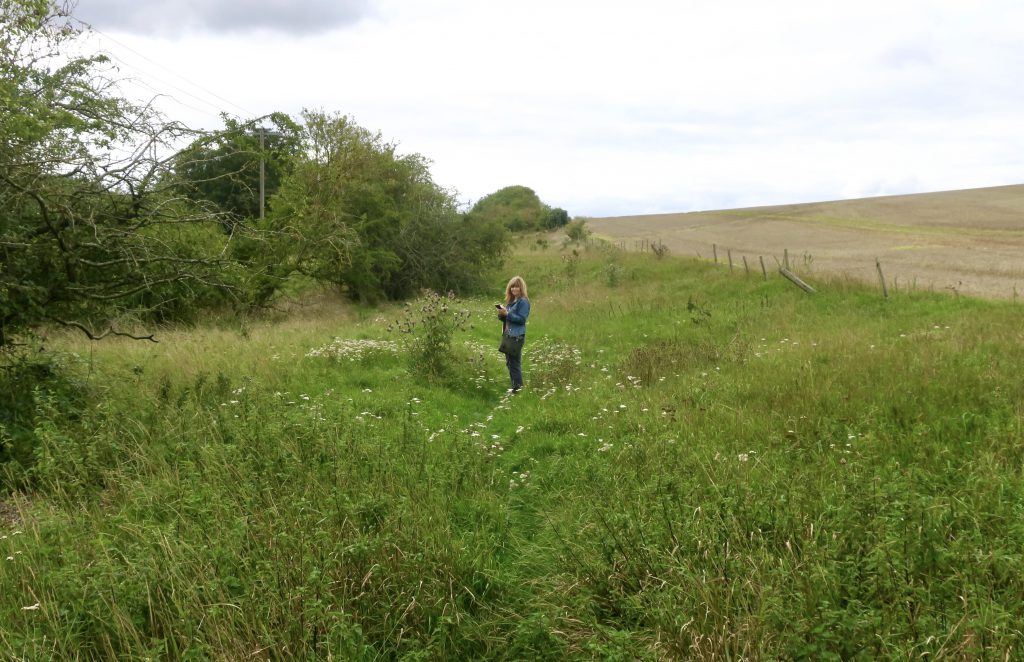
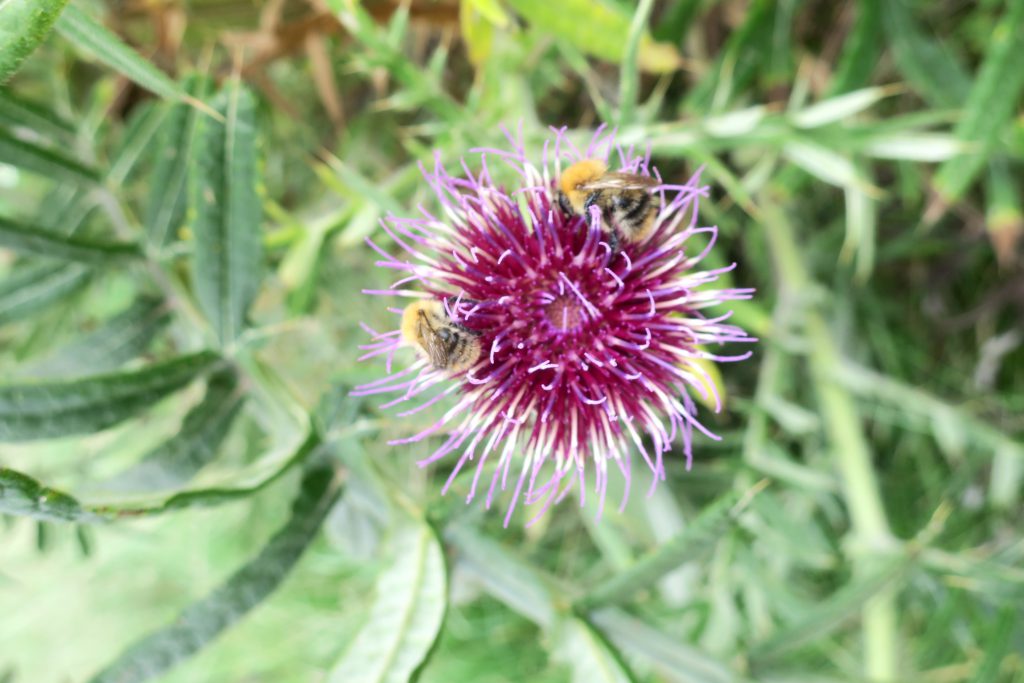
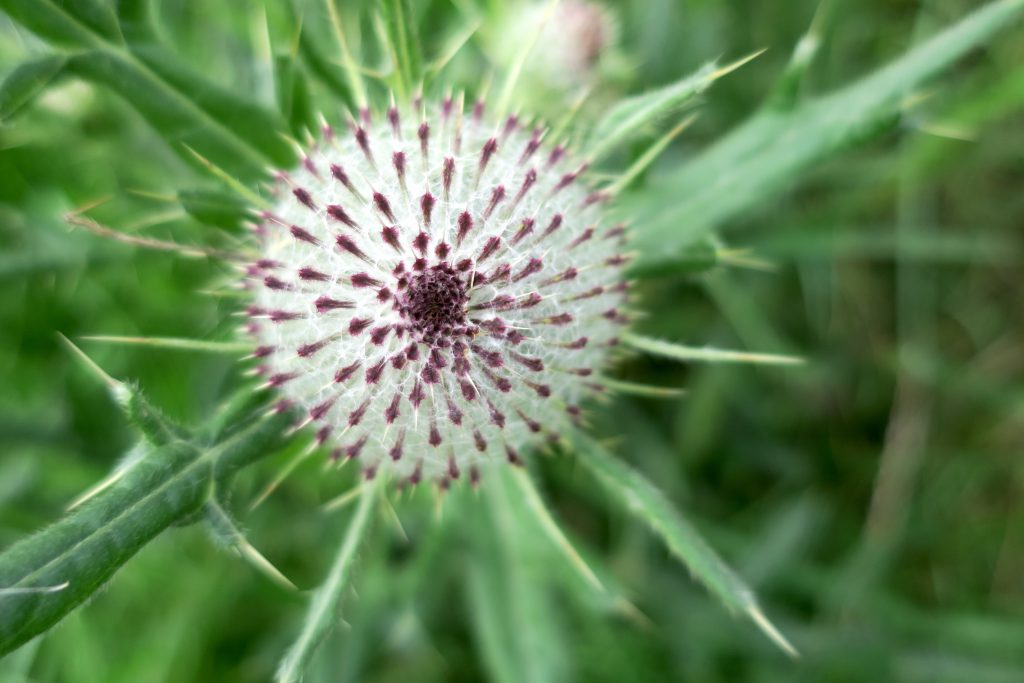
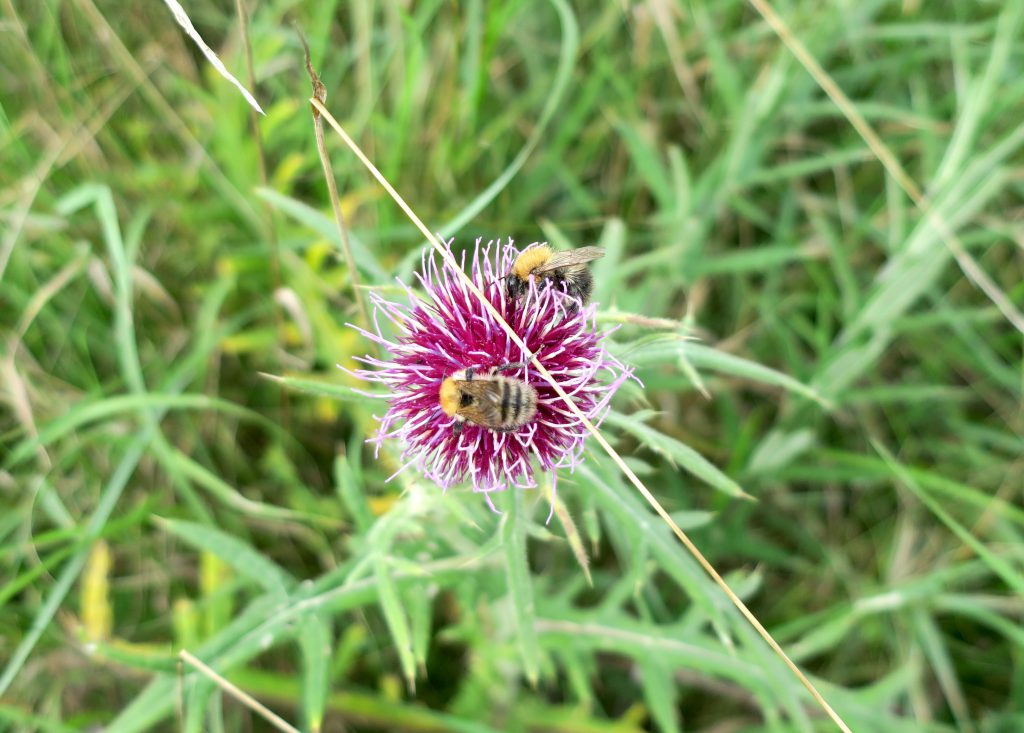
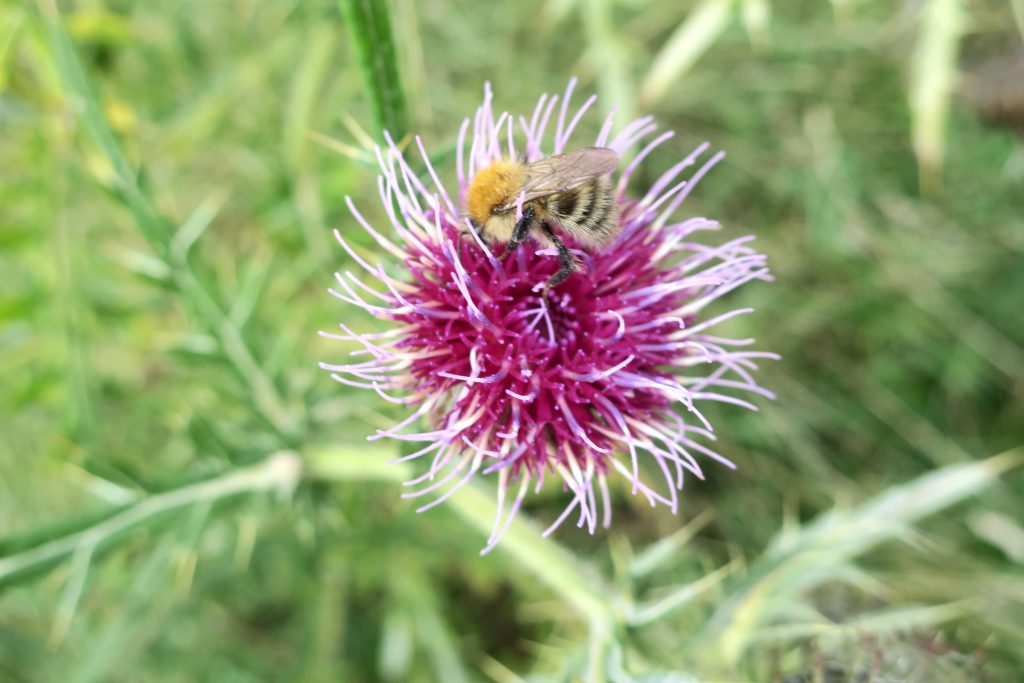
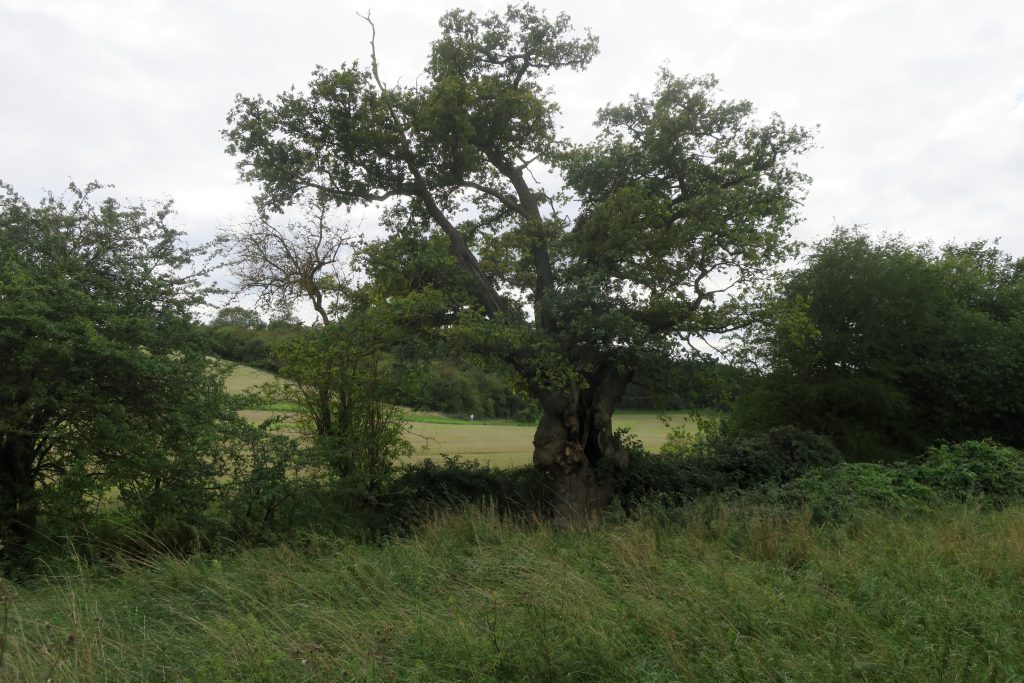
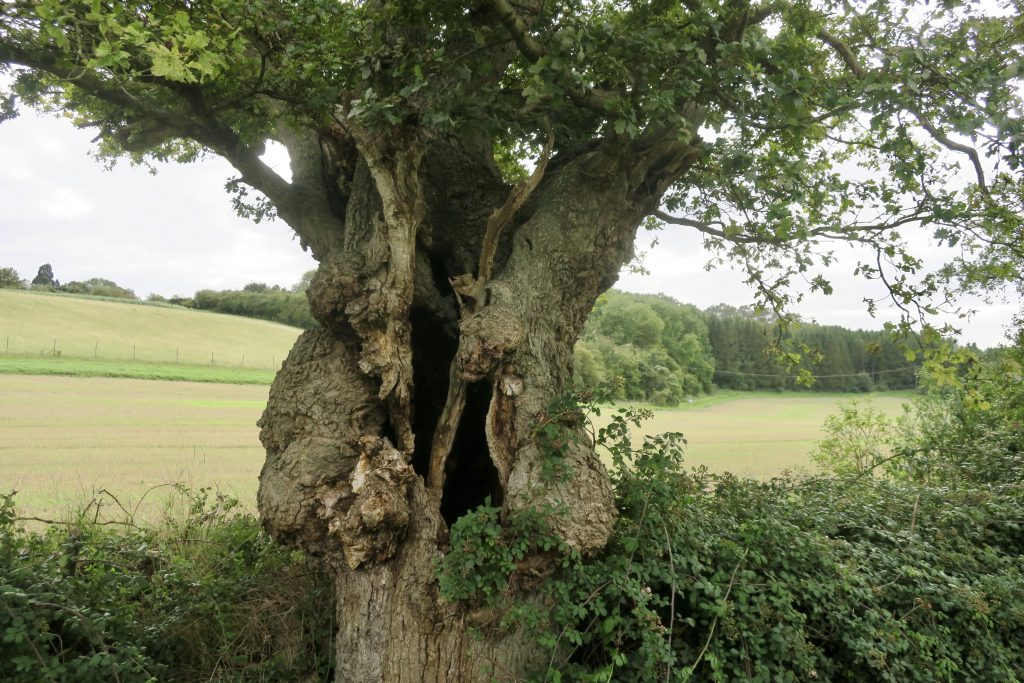
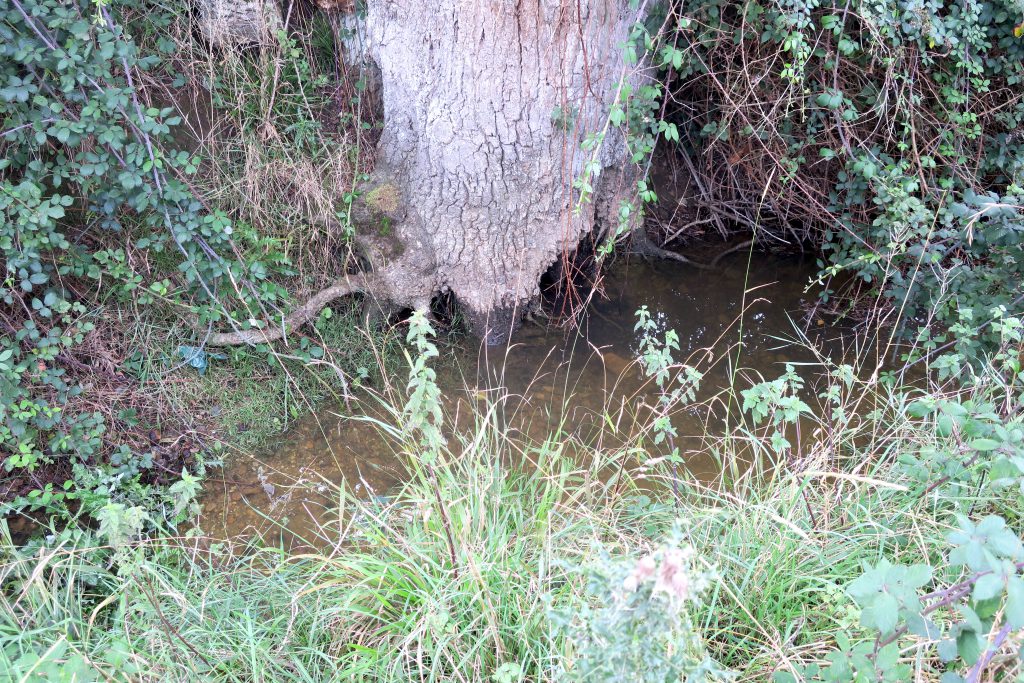
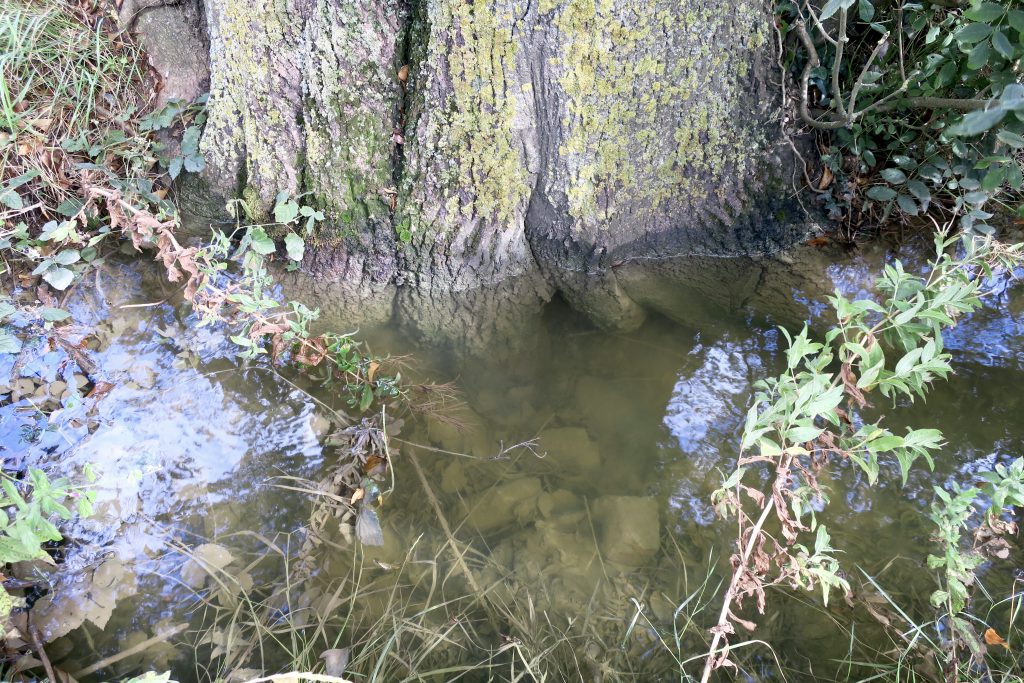
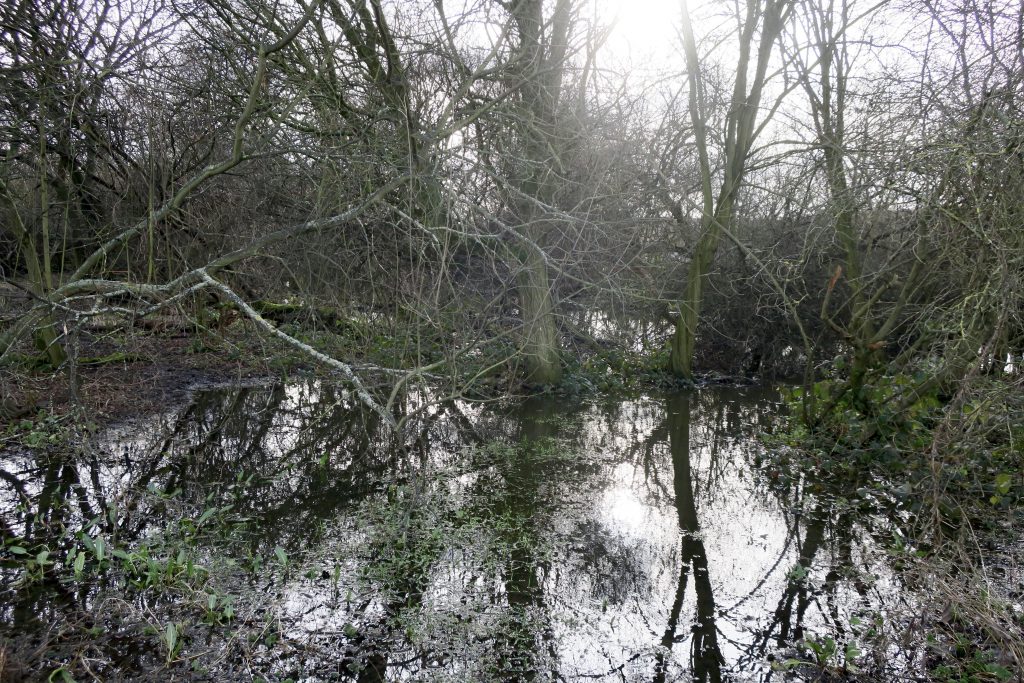
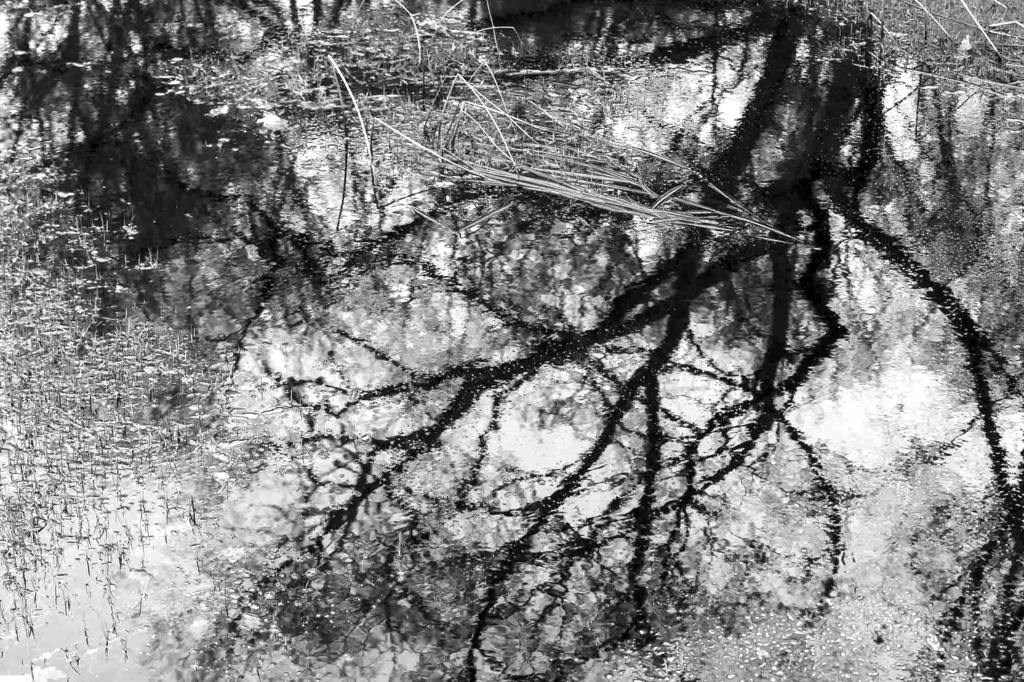

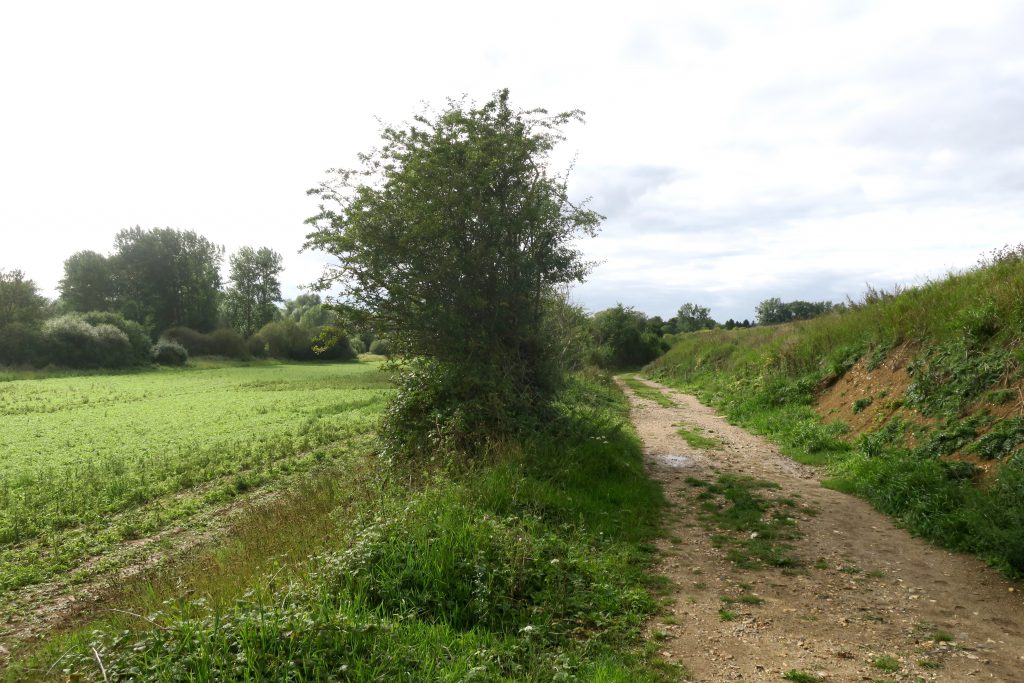
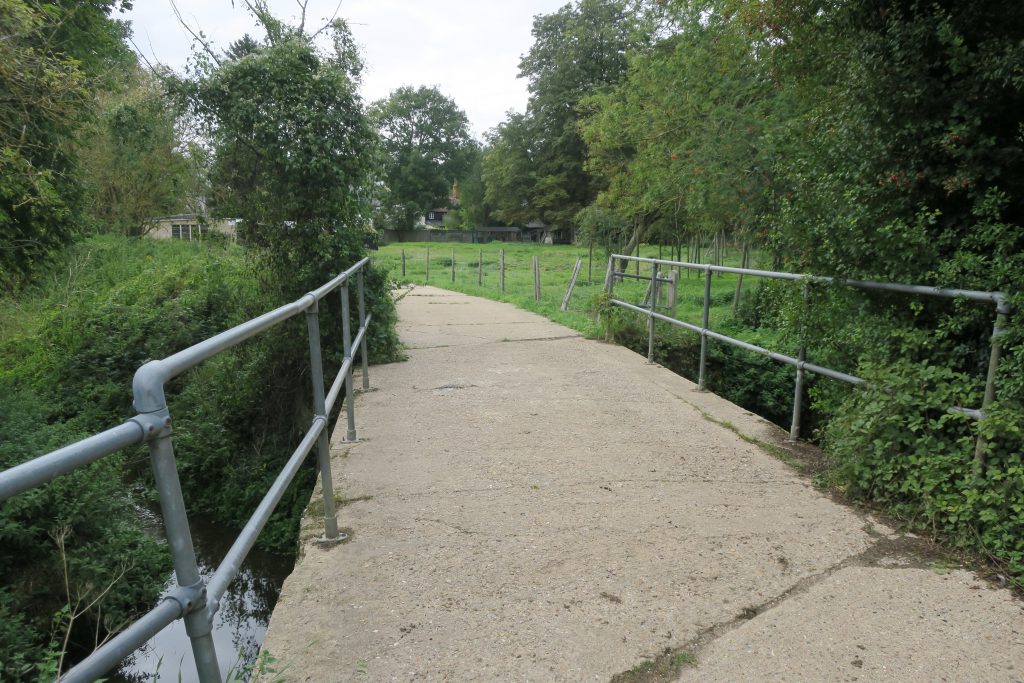
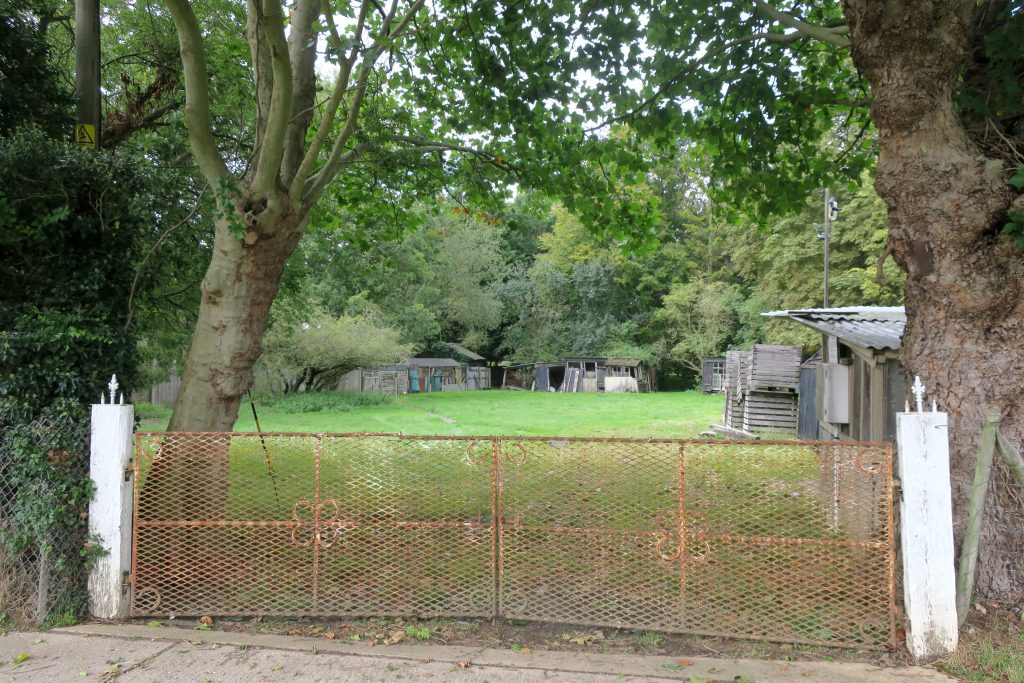
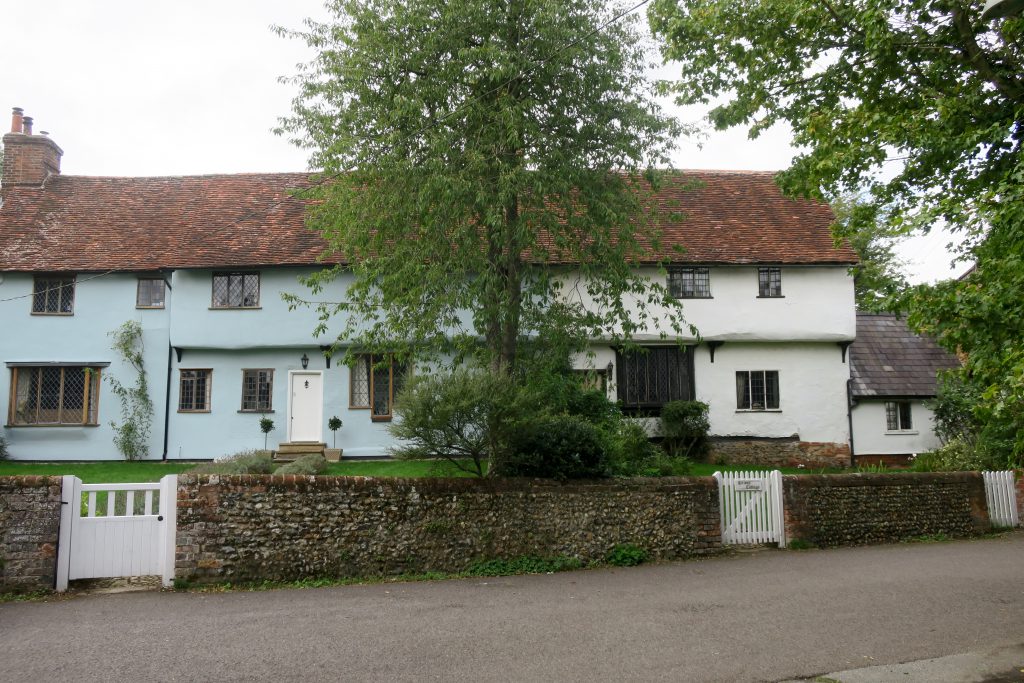

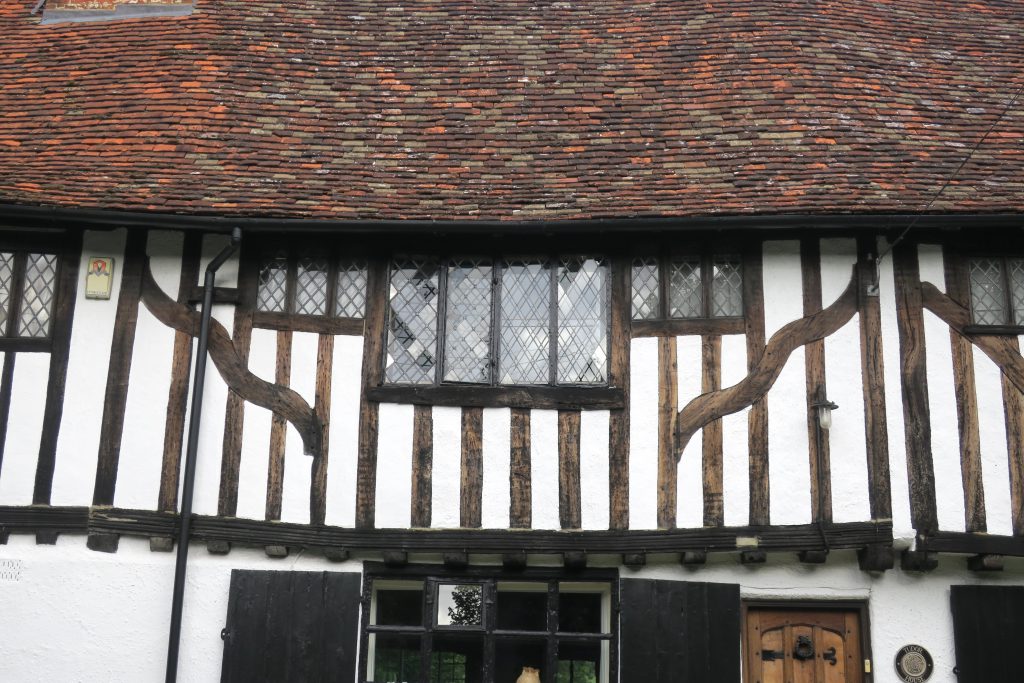
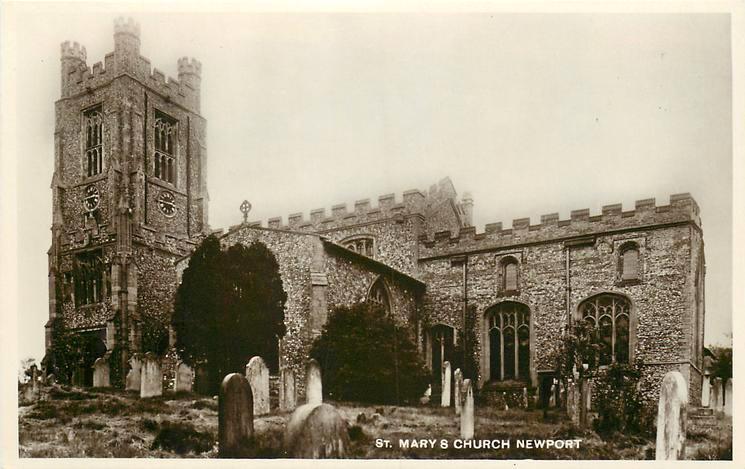
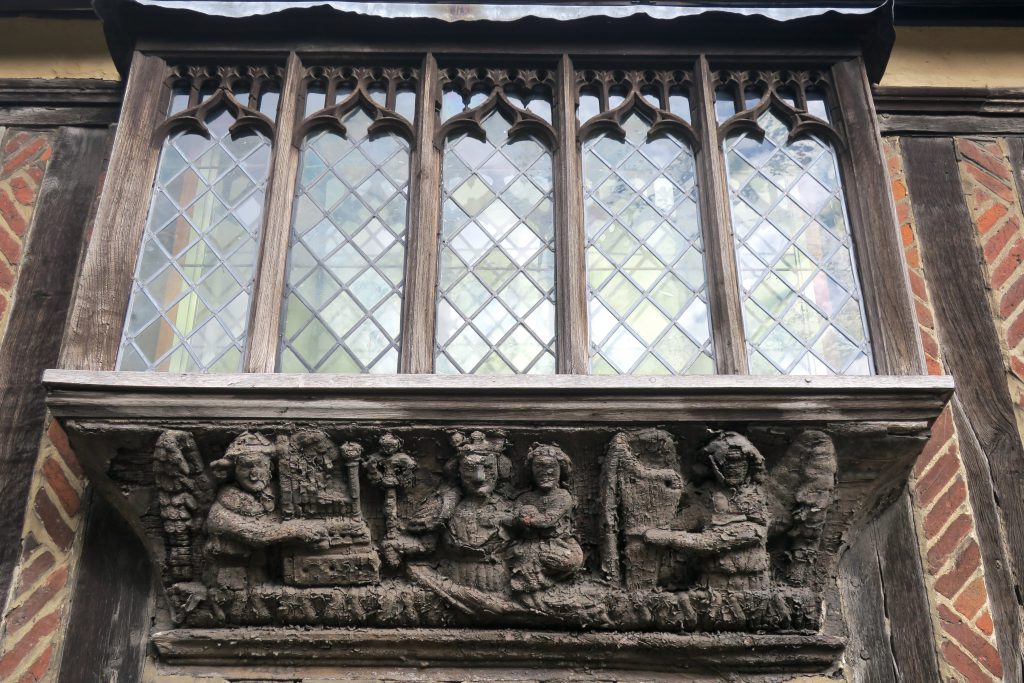
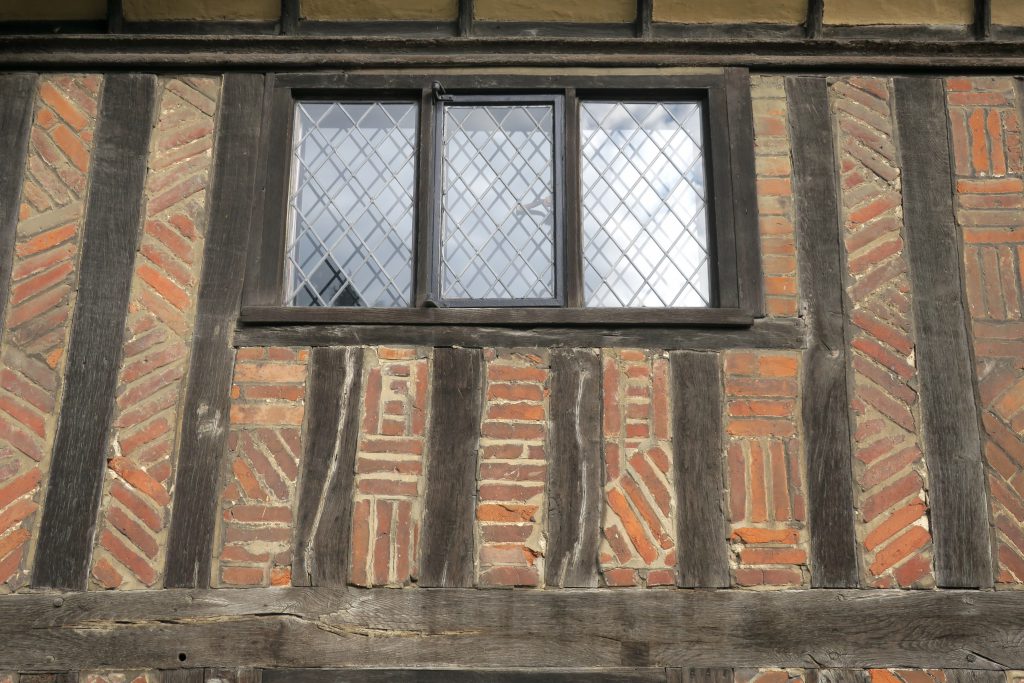
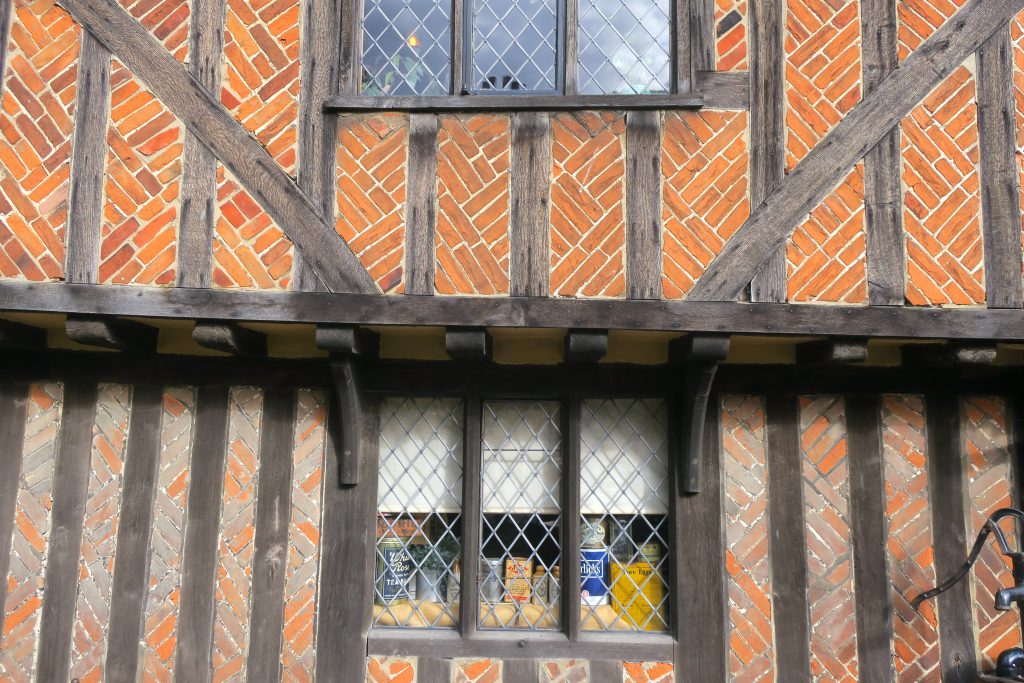
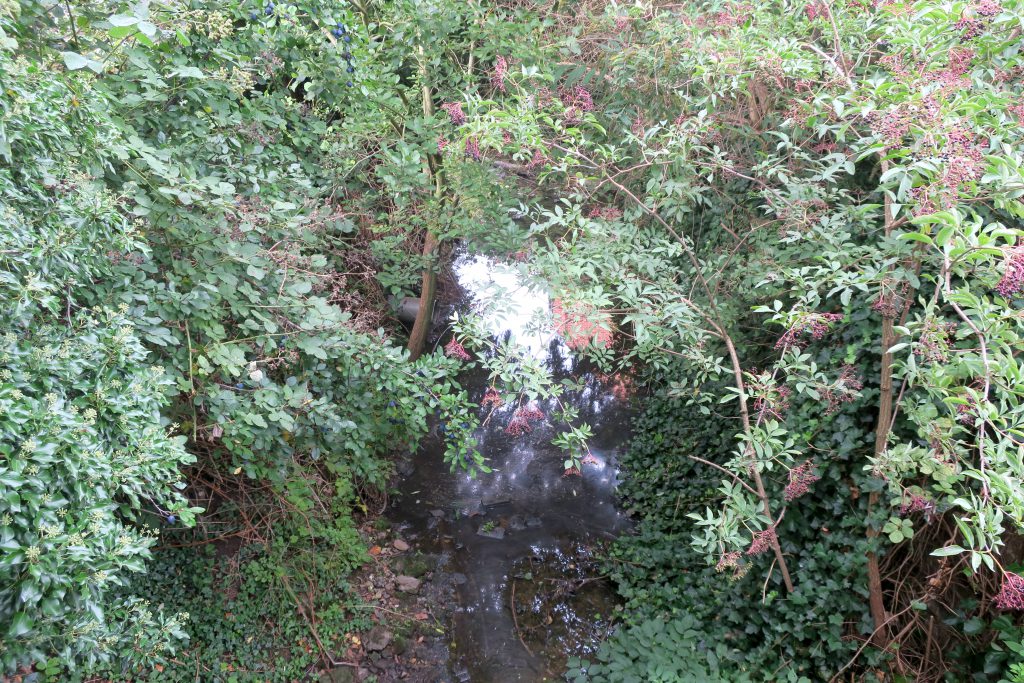
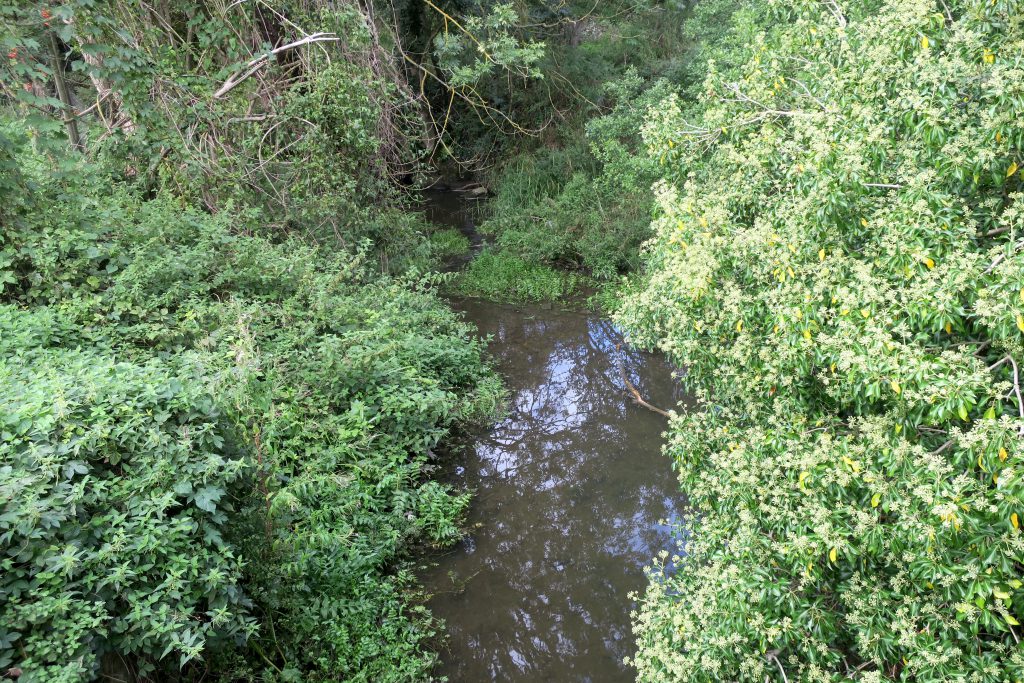
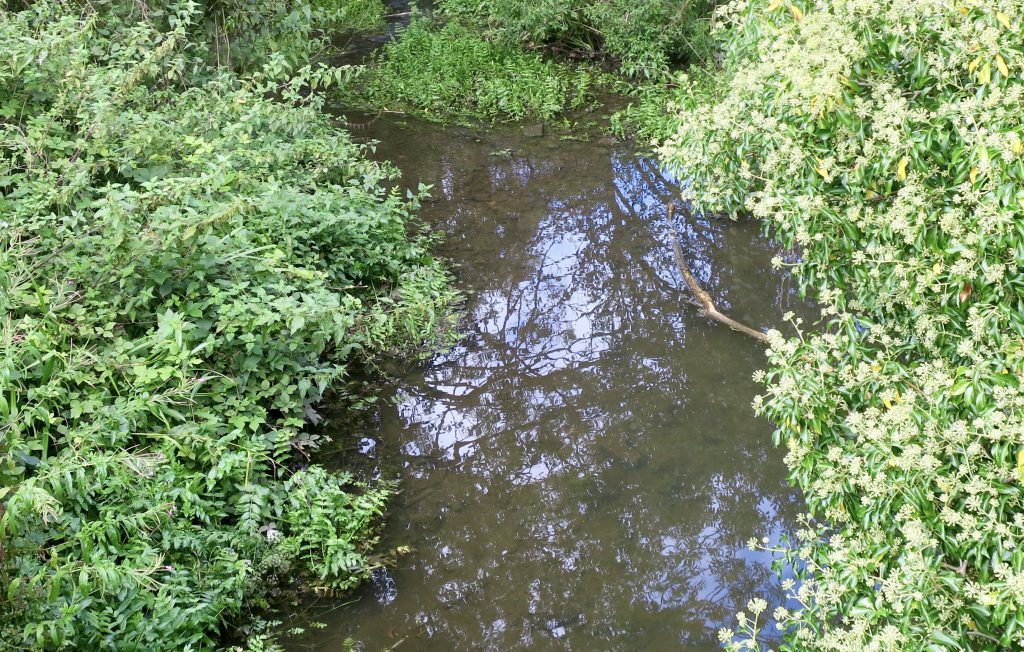
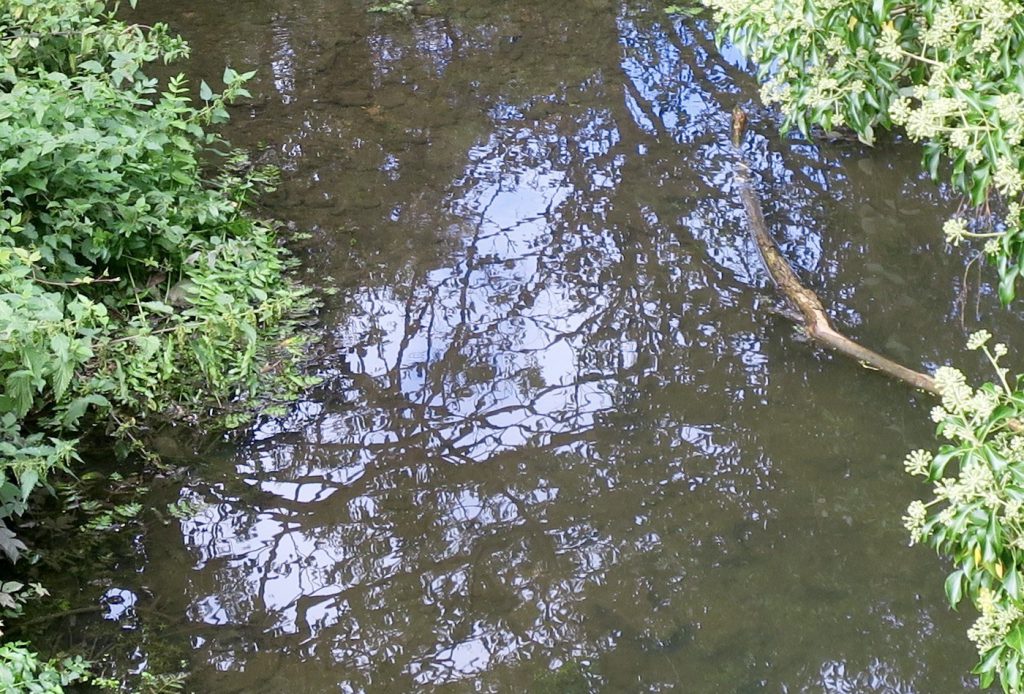
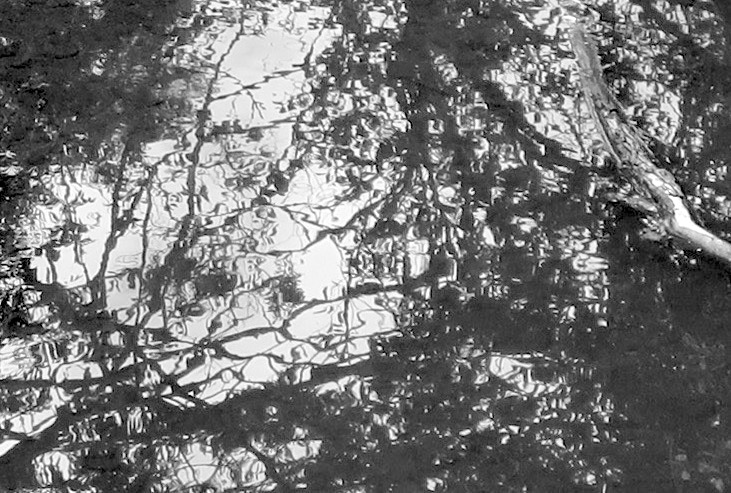
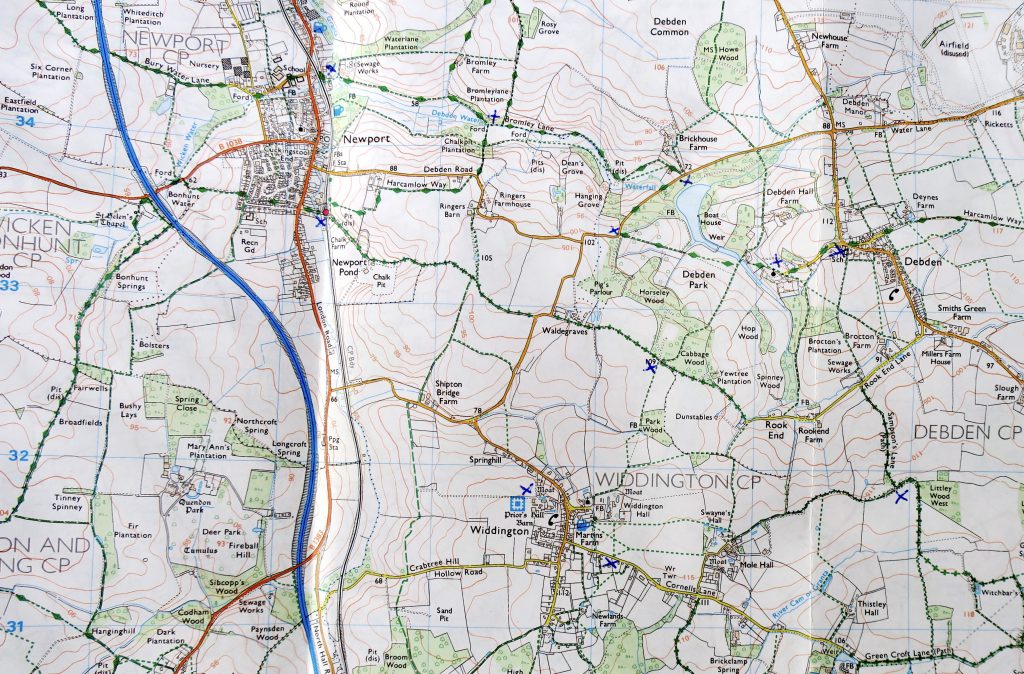
pincushion pretty good and barn – a m a z i n g – quite a journey, thanks so much.
Thanks for the wonderful journey. Wish I could be there, this nature that is home. I really miss the nature of the British Isles.
Beautiful poetic writing and photography, Hamer! We must do a walk together one of these days.
Thank you! That sounds like a great idea. I can’t wait to be allowed out again to do a proper walk instead of a virtual one.
Really lovely picture rich tour which ‘almost’ feels like I have walked it! Great trees and hope they will go on the ATI. What about an ATI dedicated tour?
Thanks Jill. And an Ancient Tree Inventory walk sounds like a good idea. I’ll look at the map – https://ati.woodlandtrust.org.uk